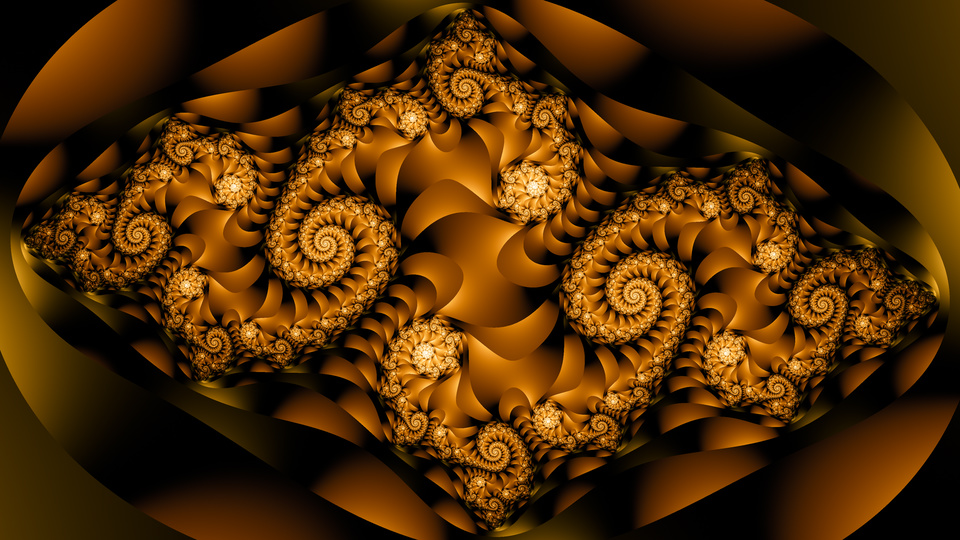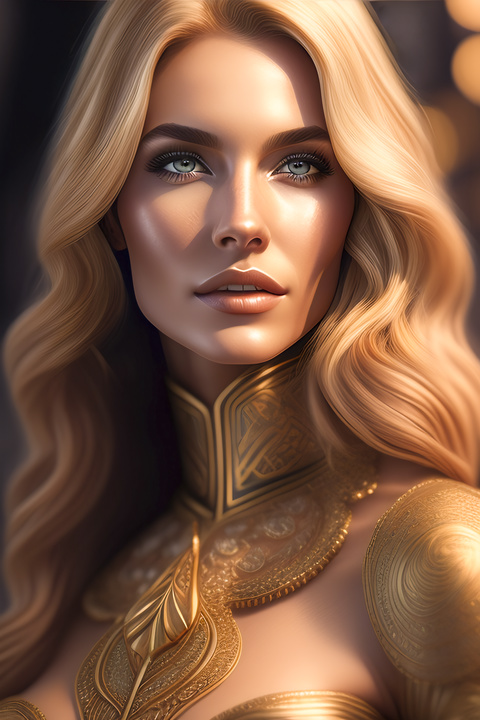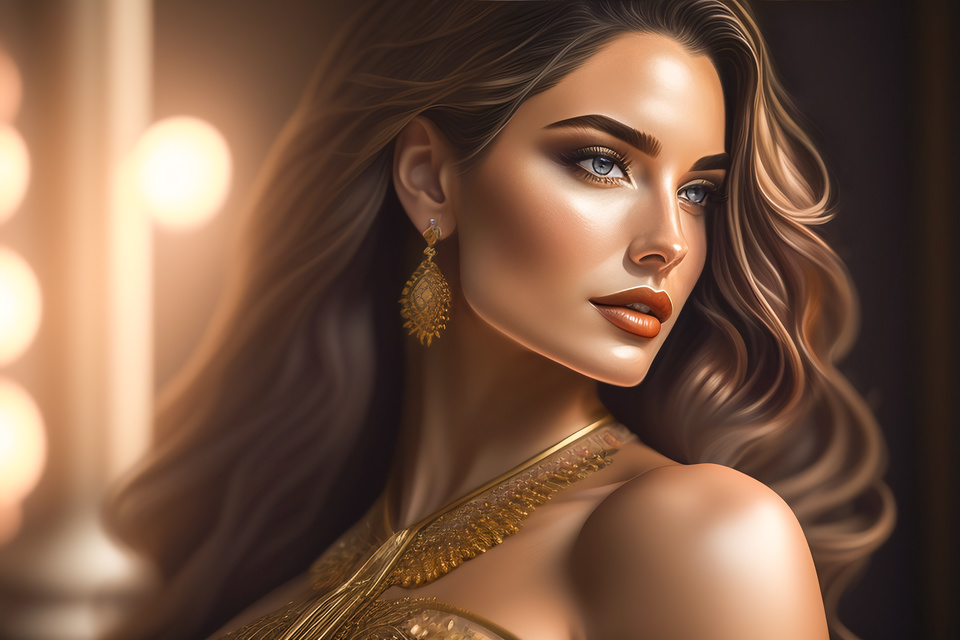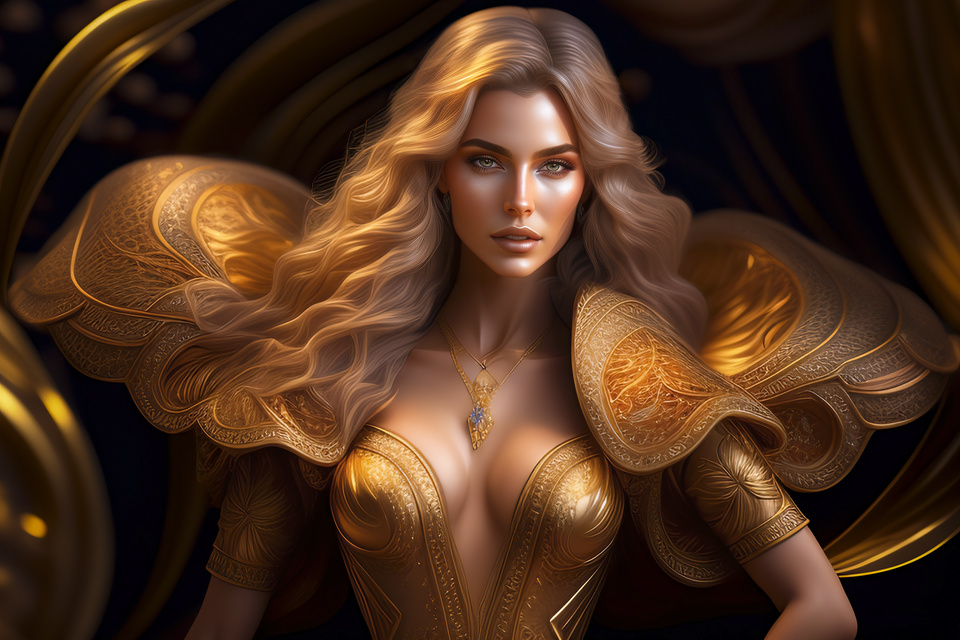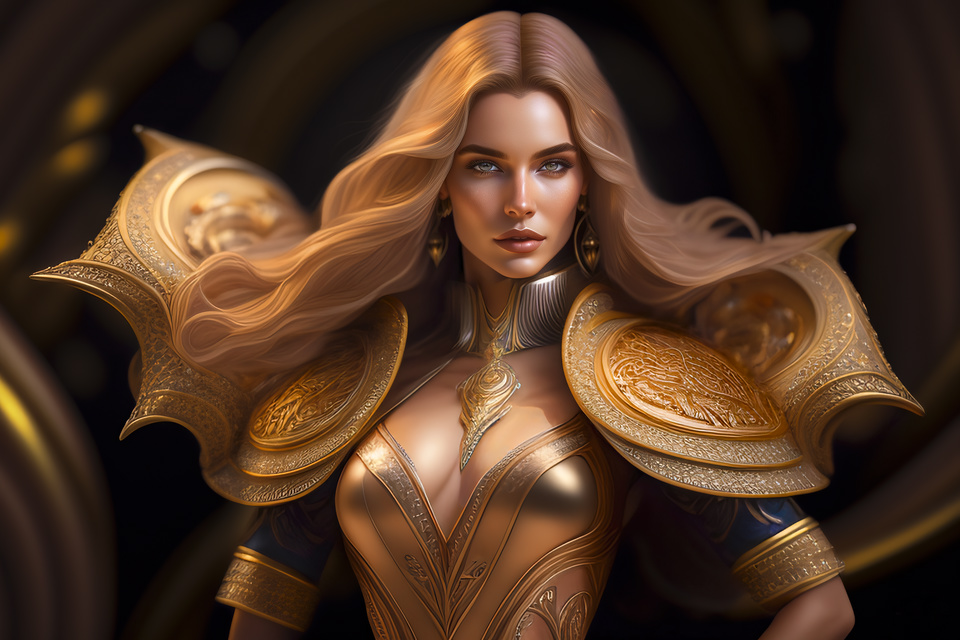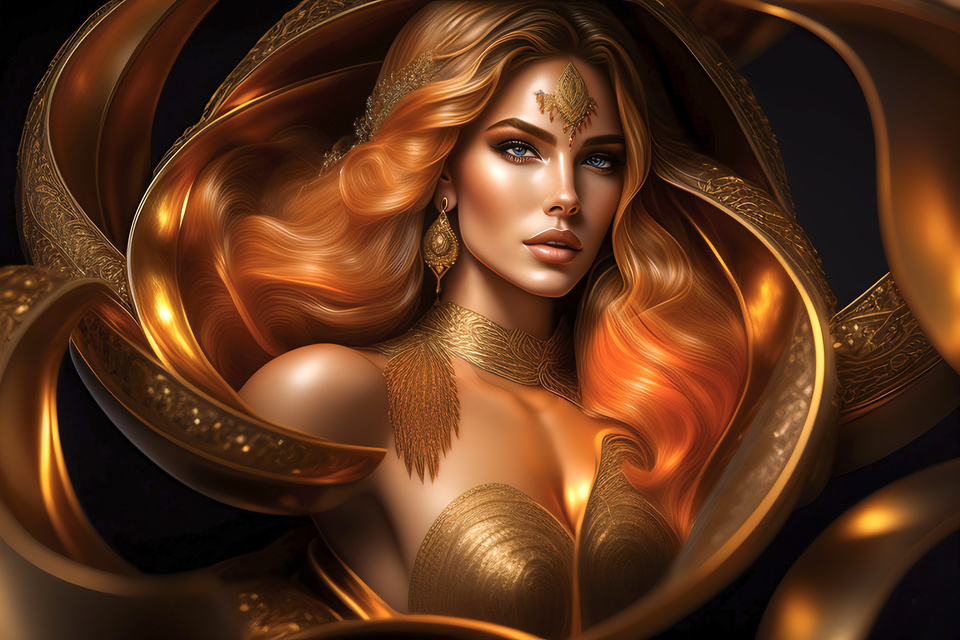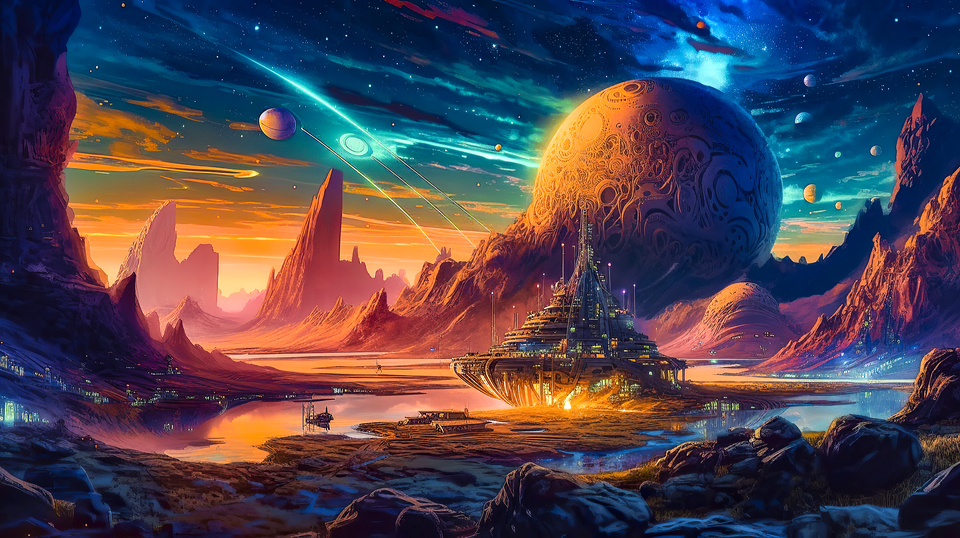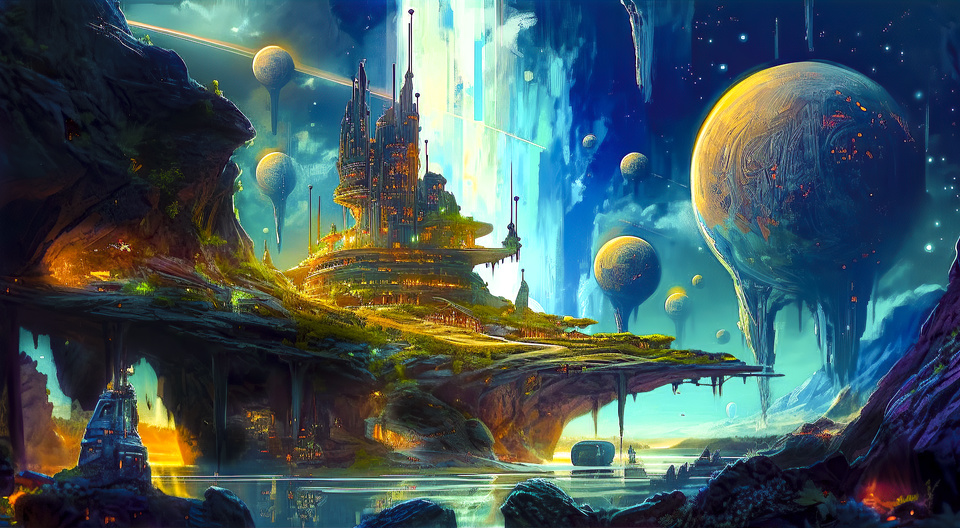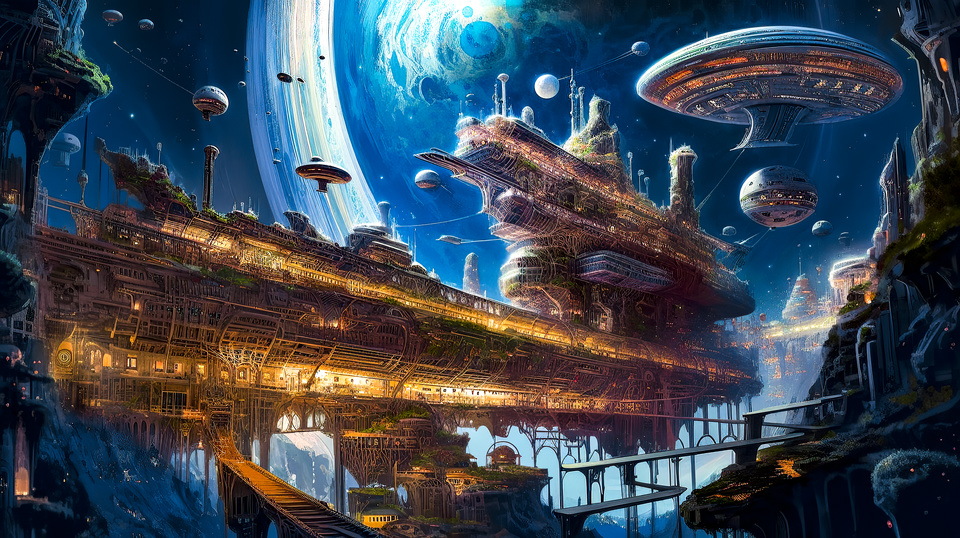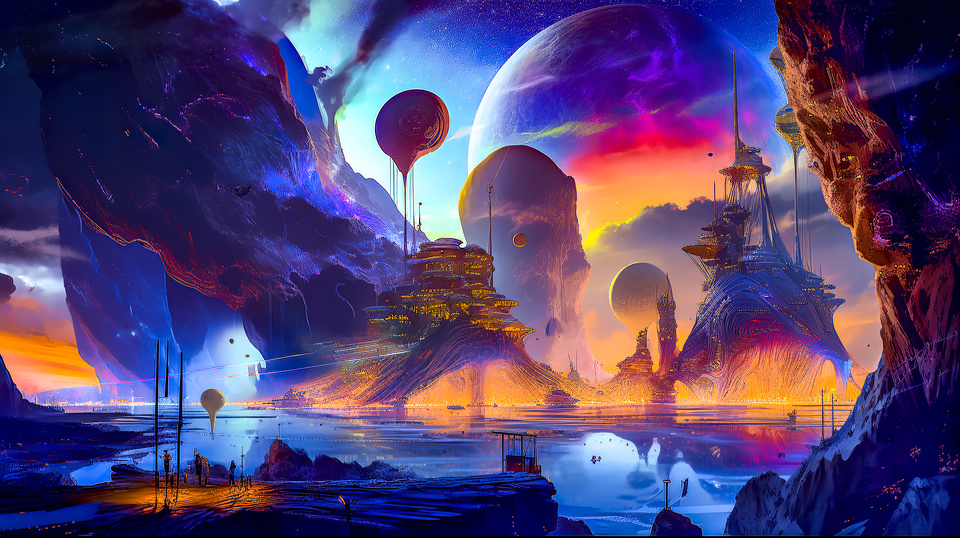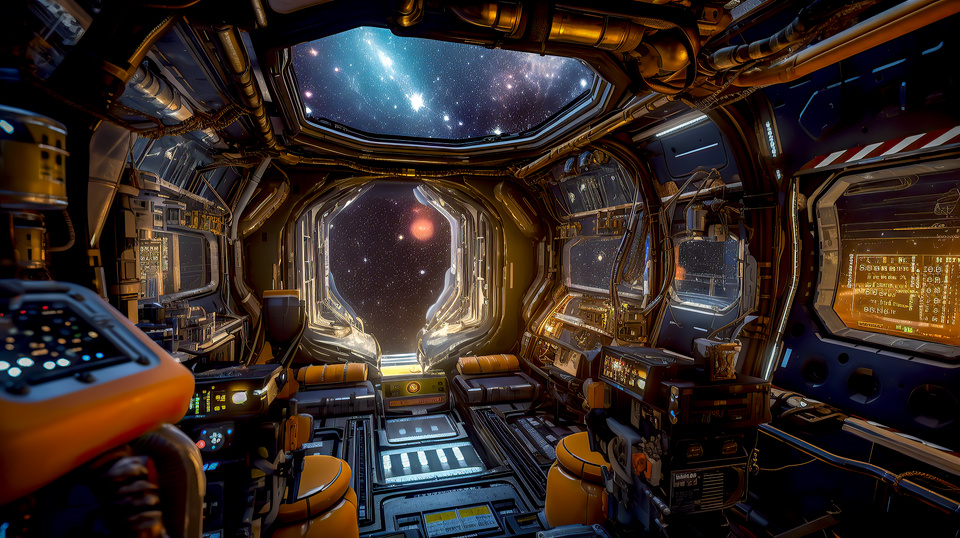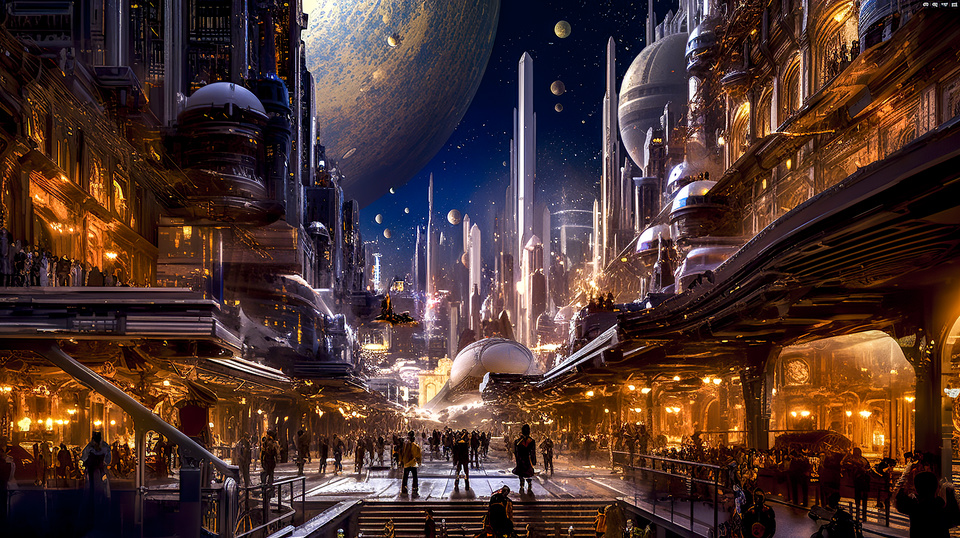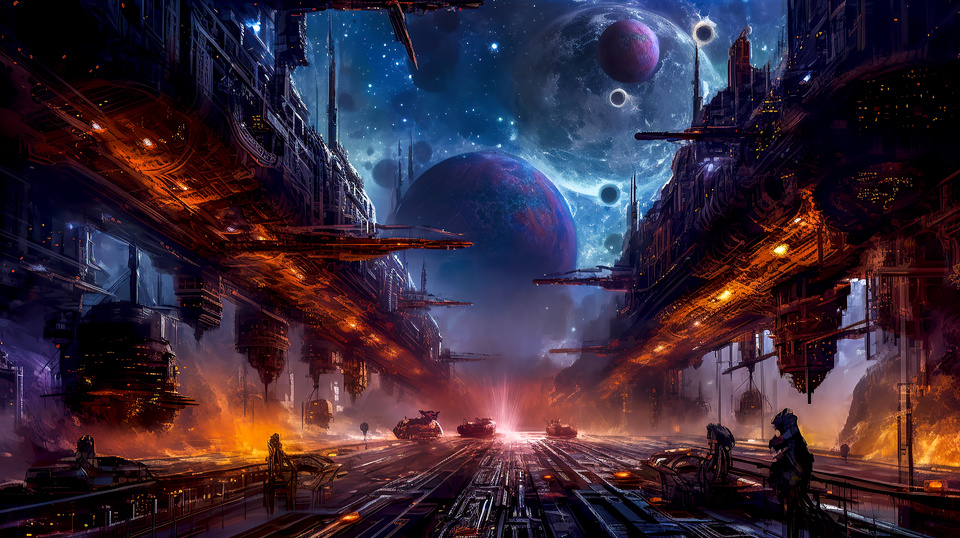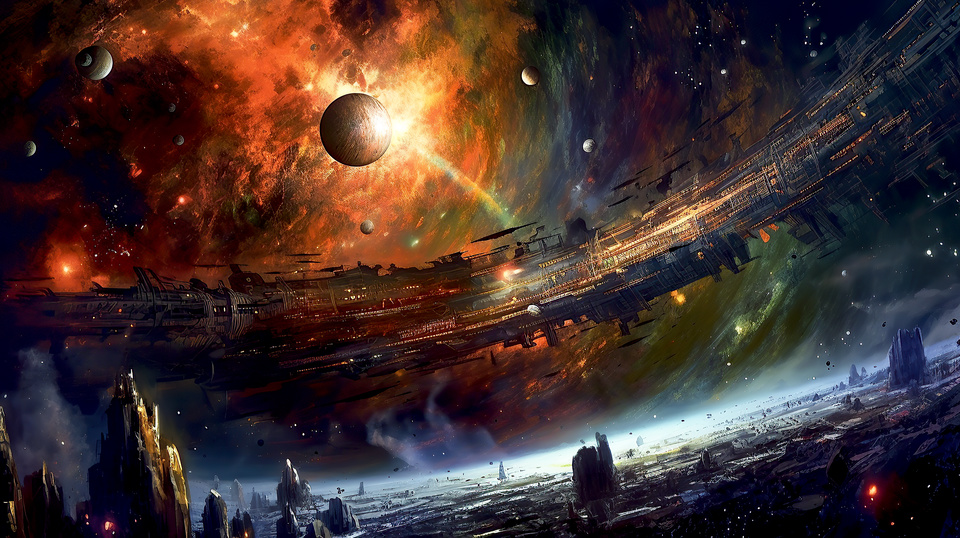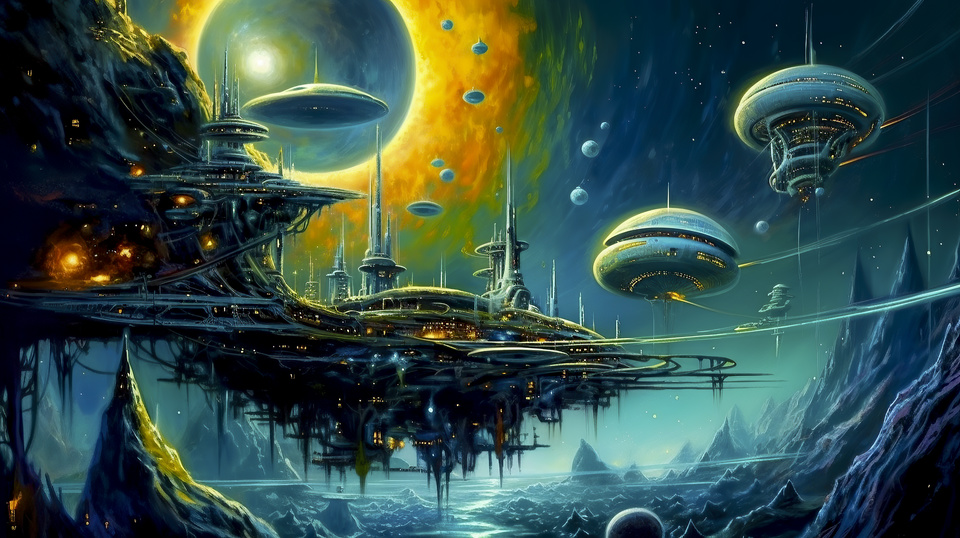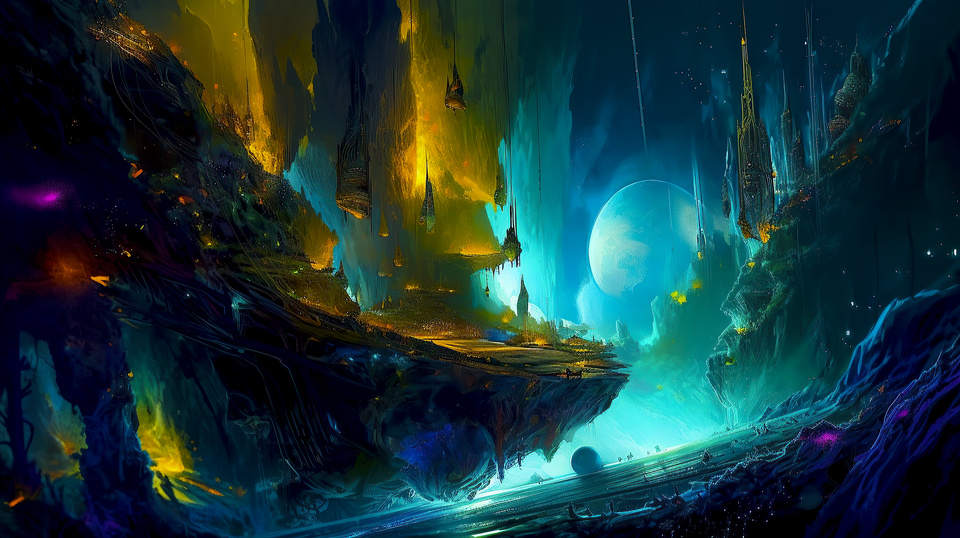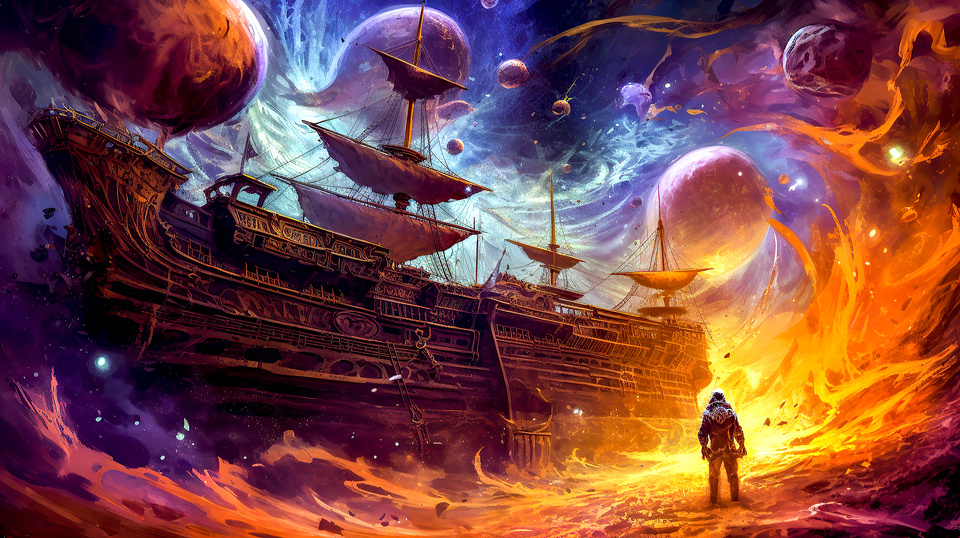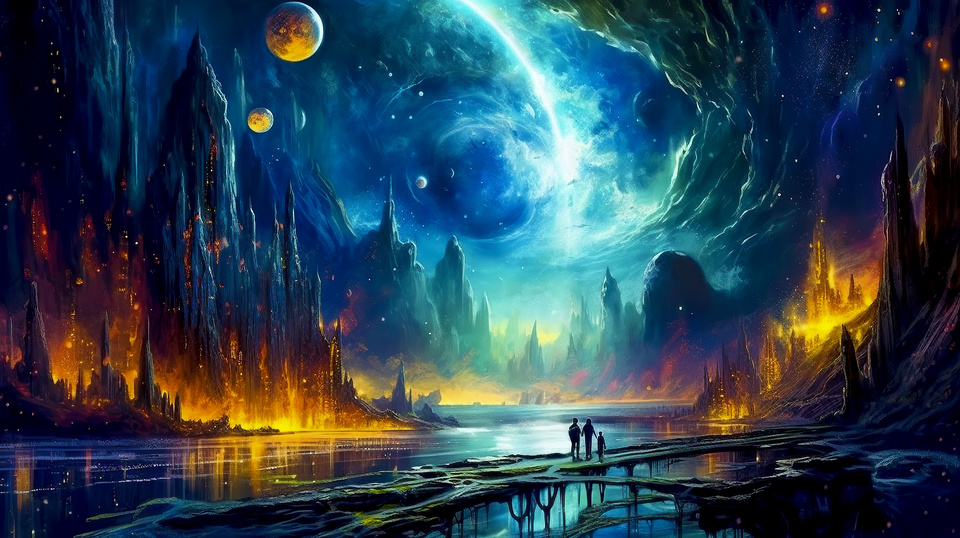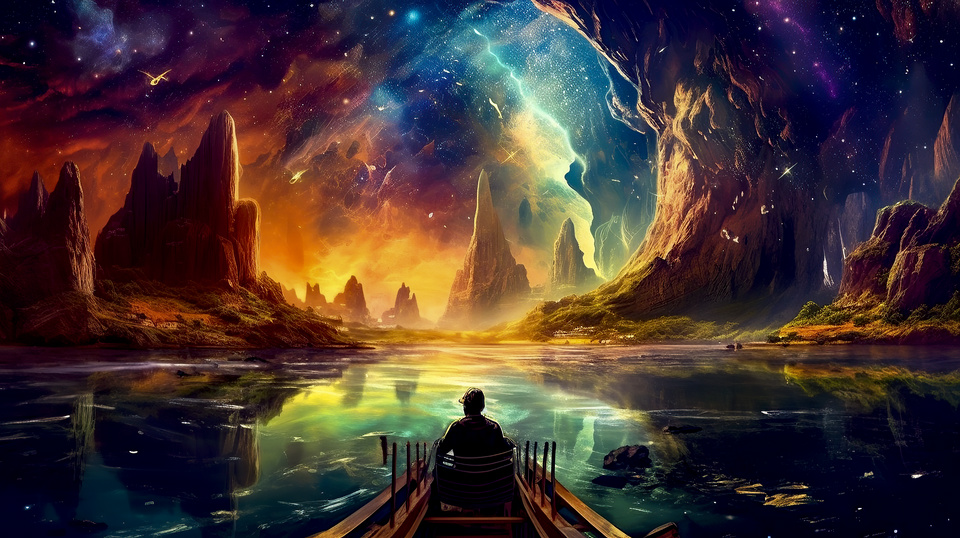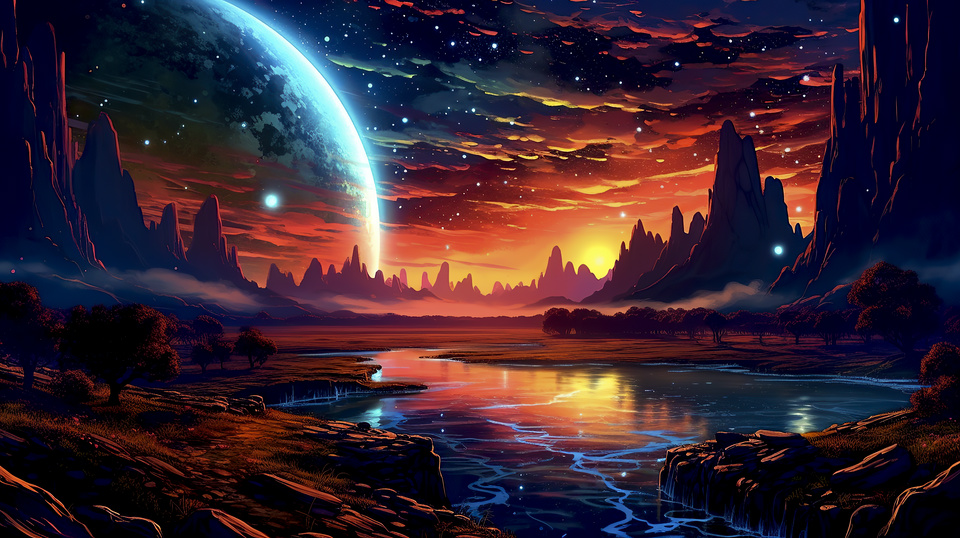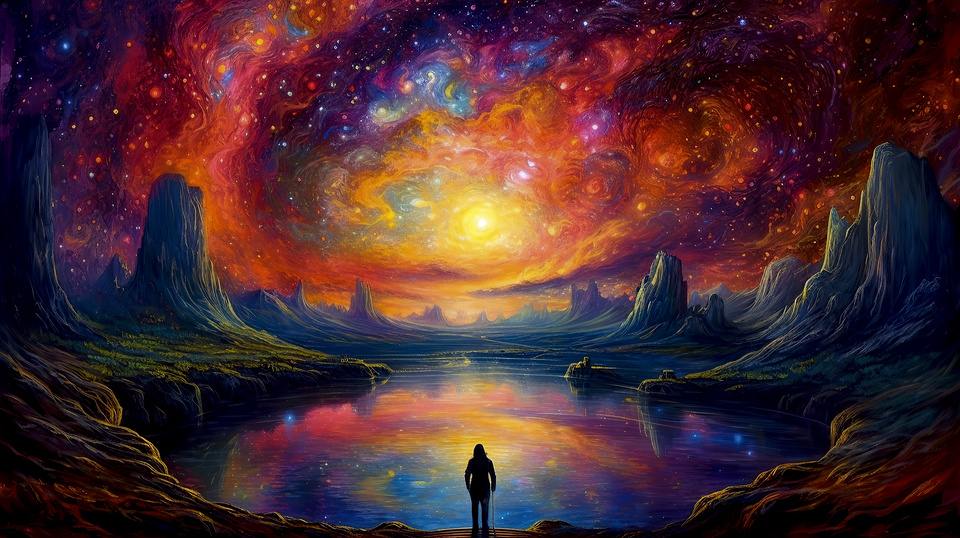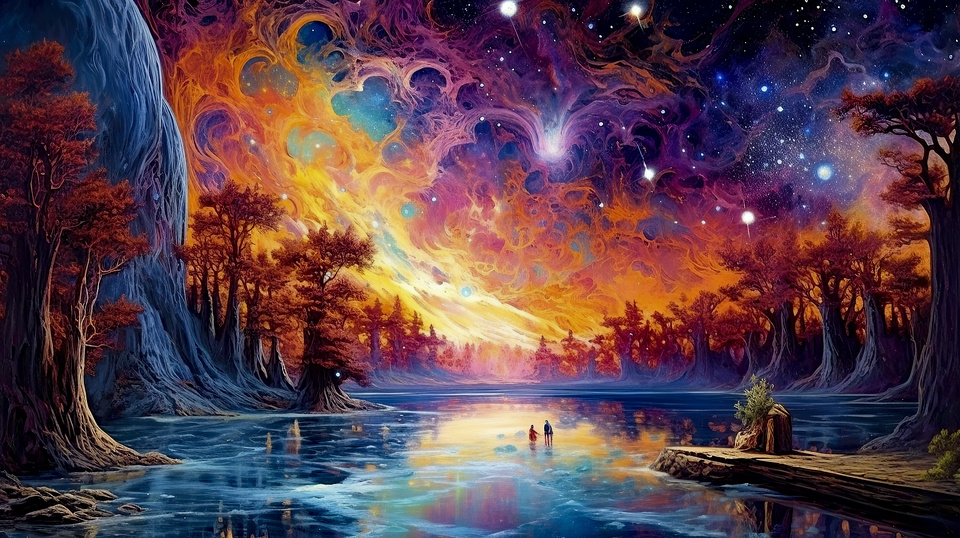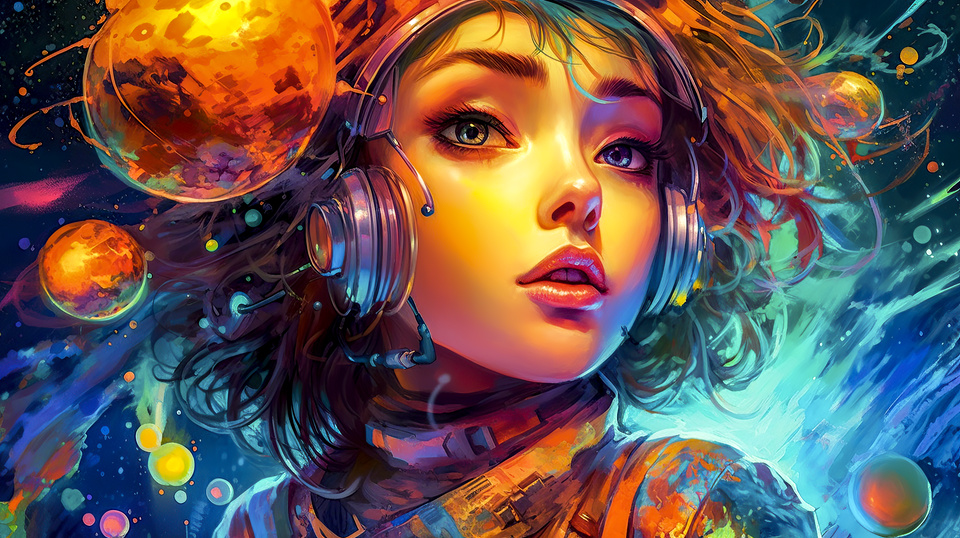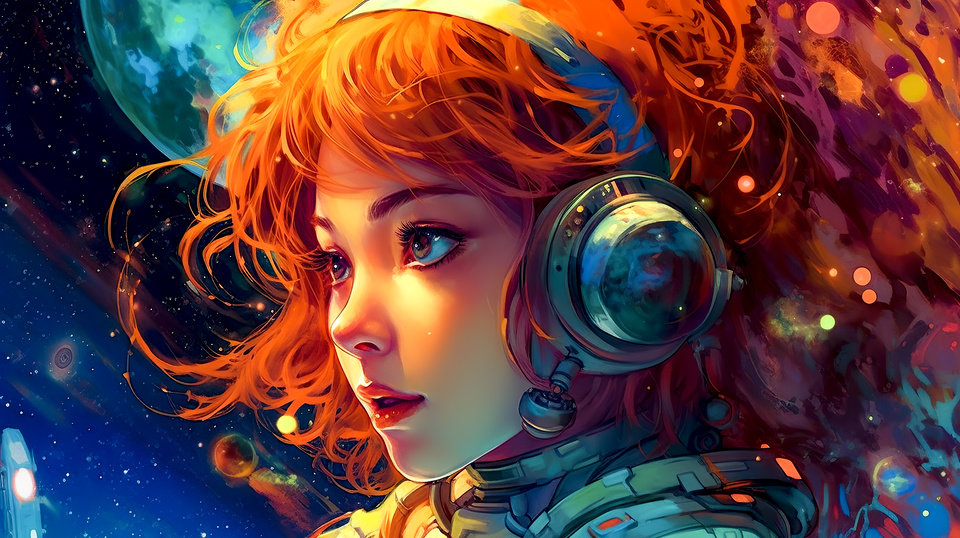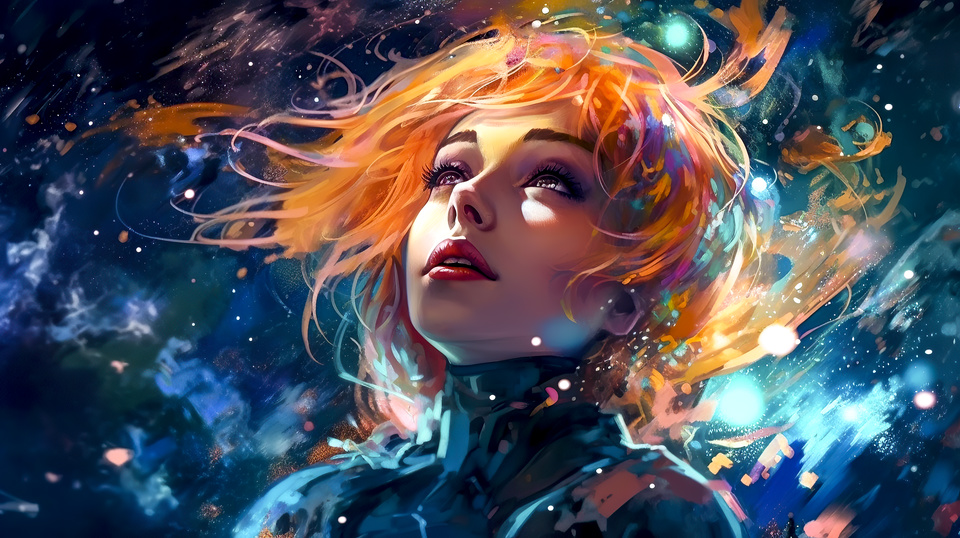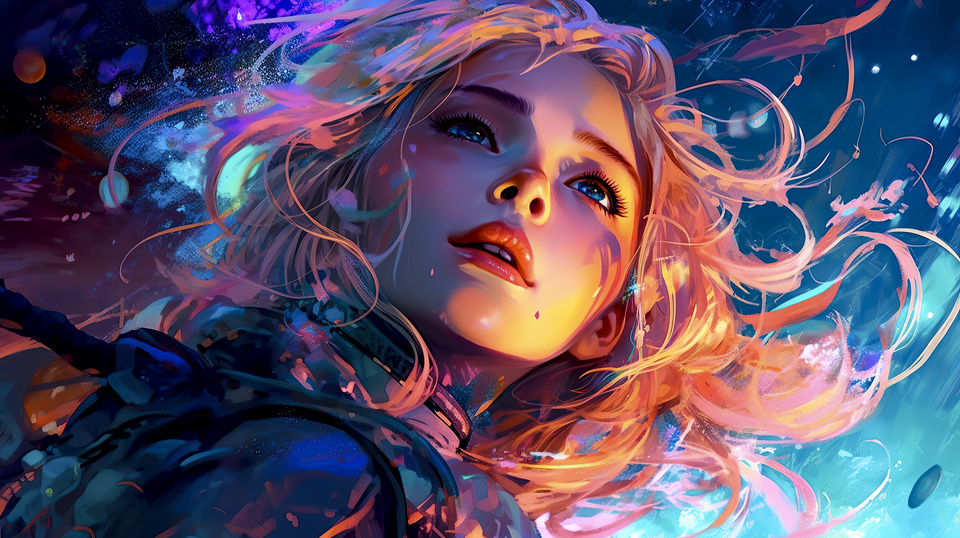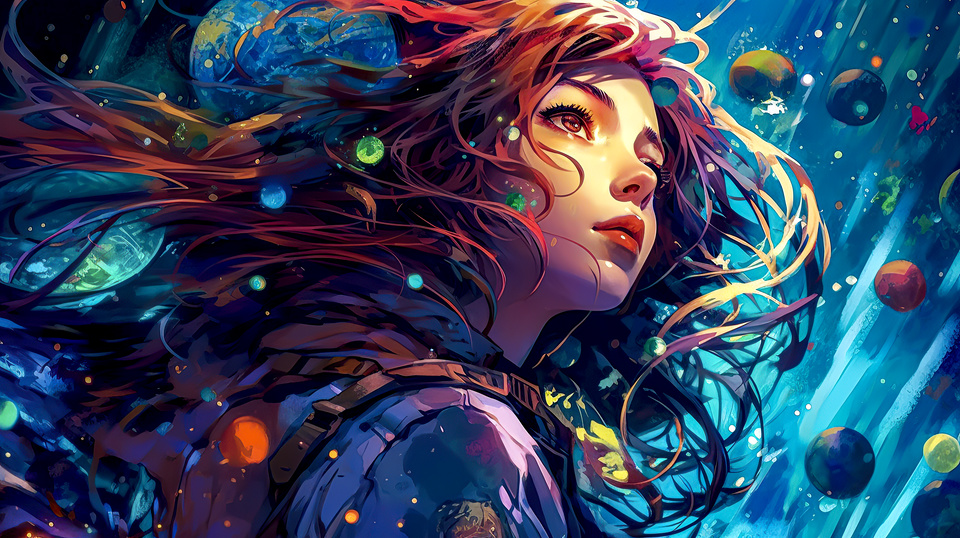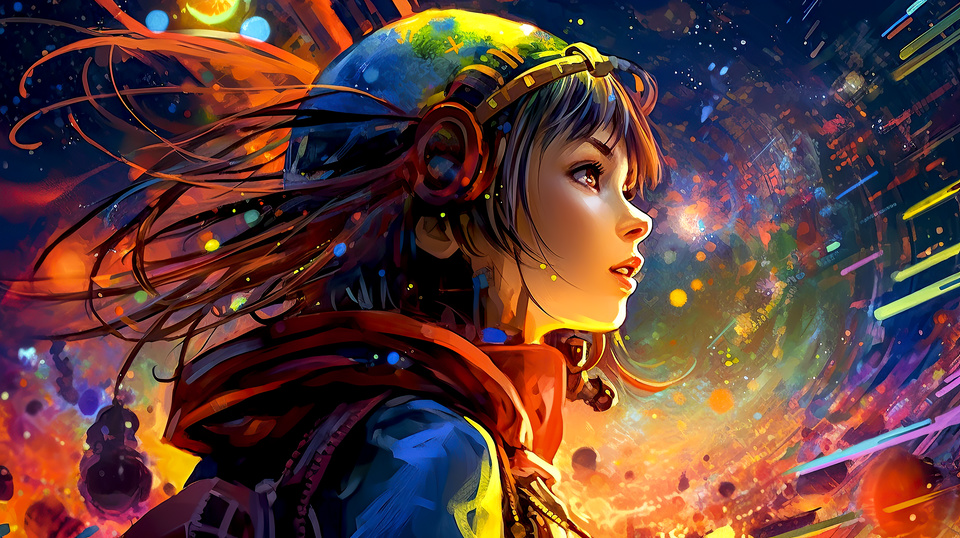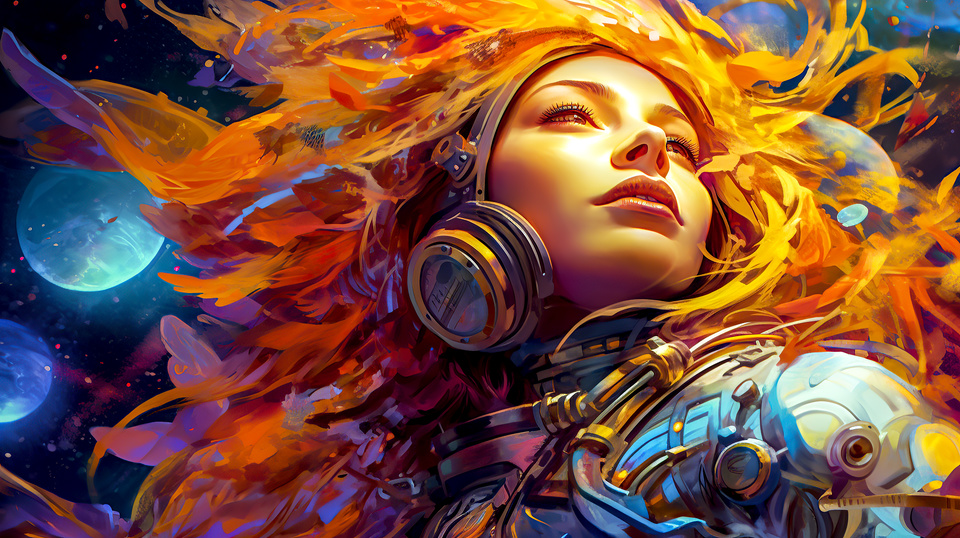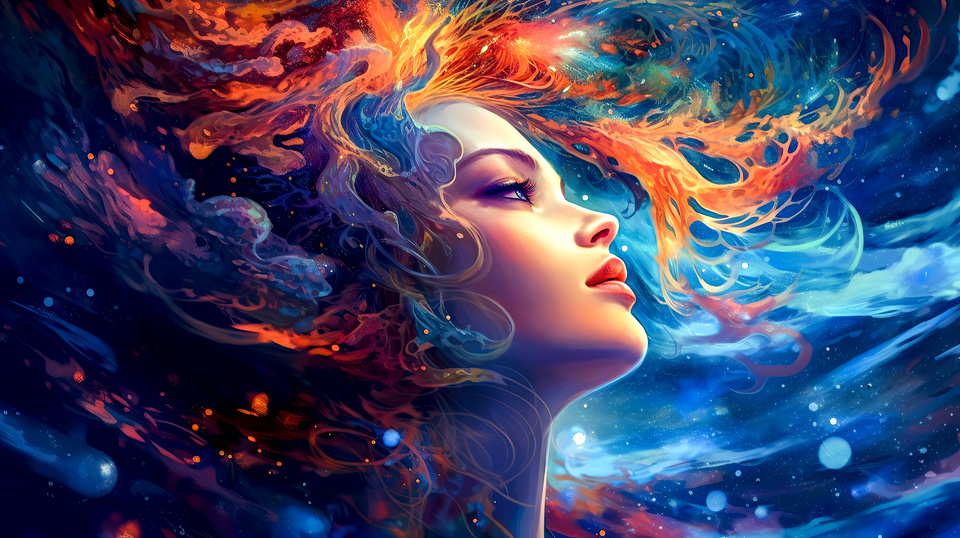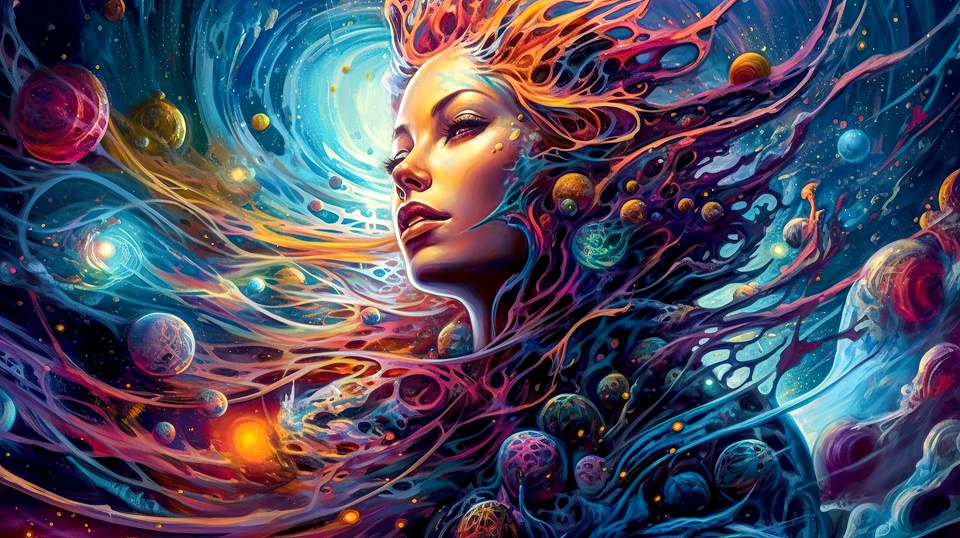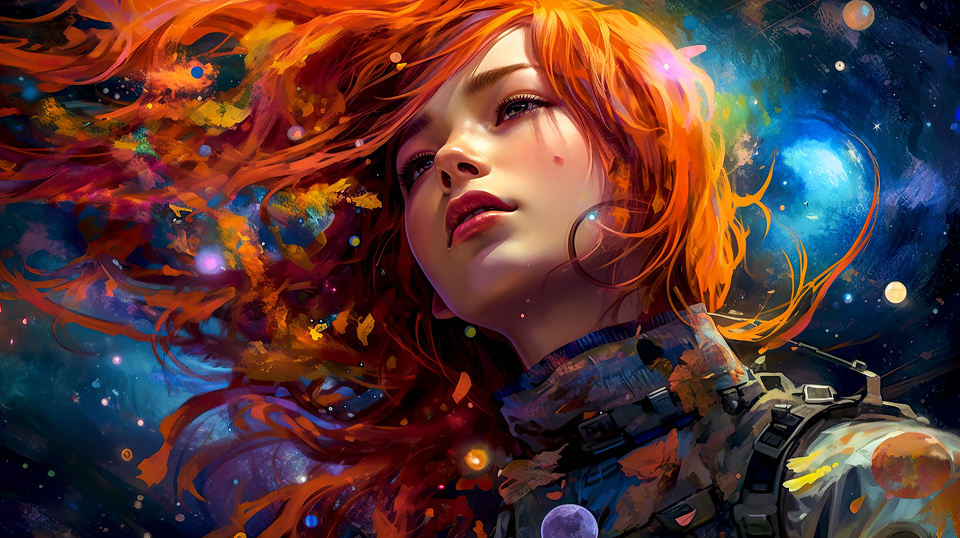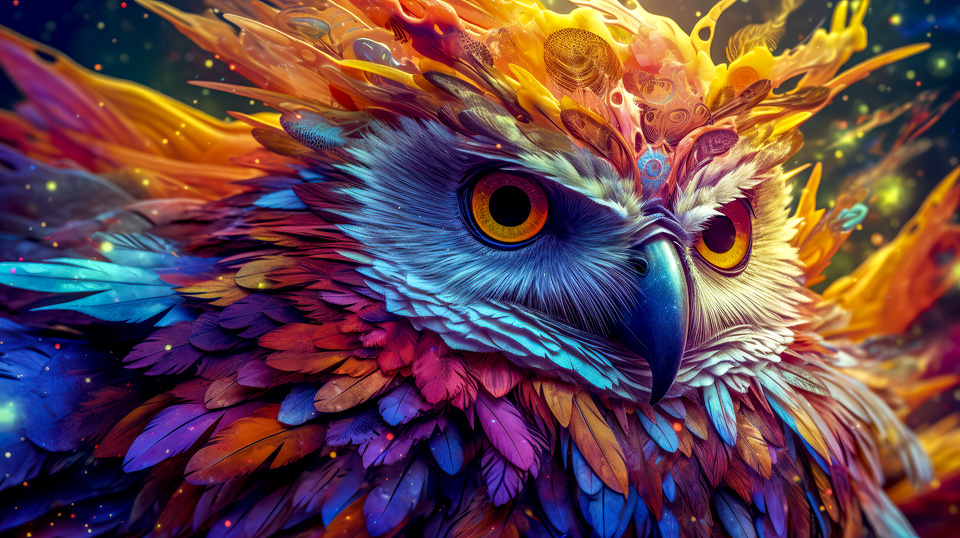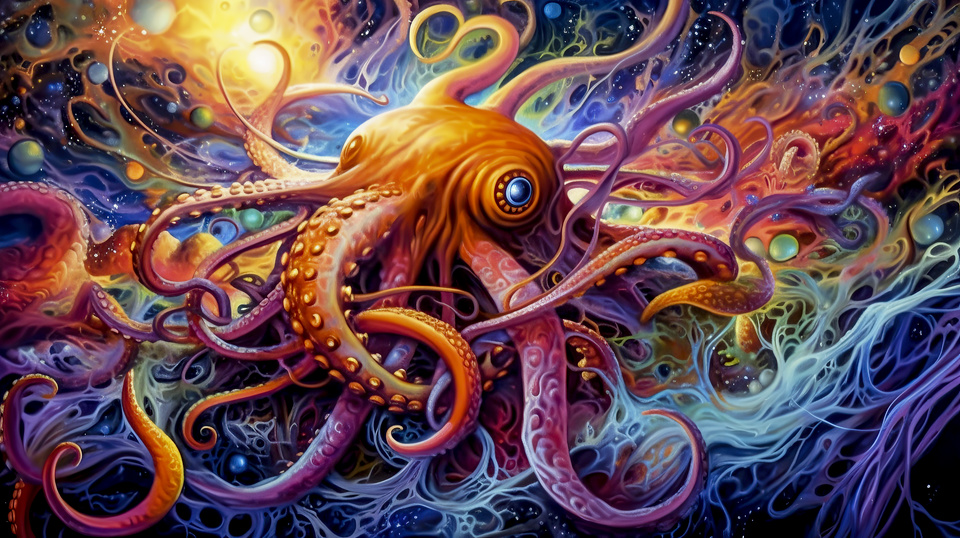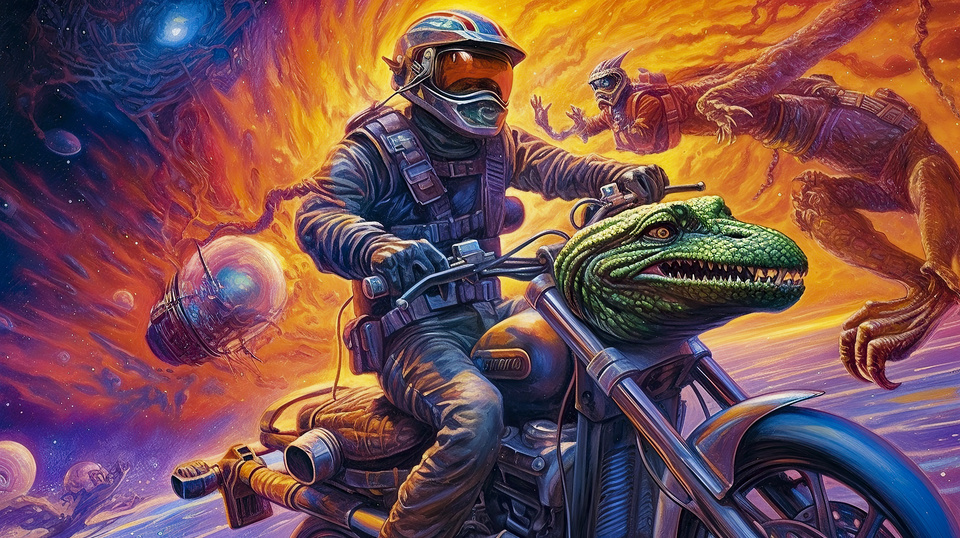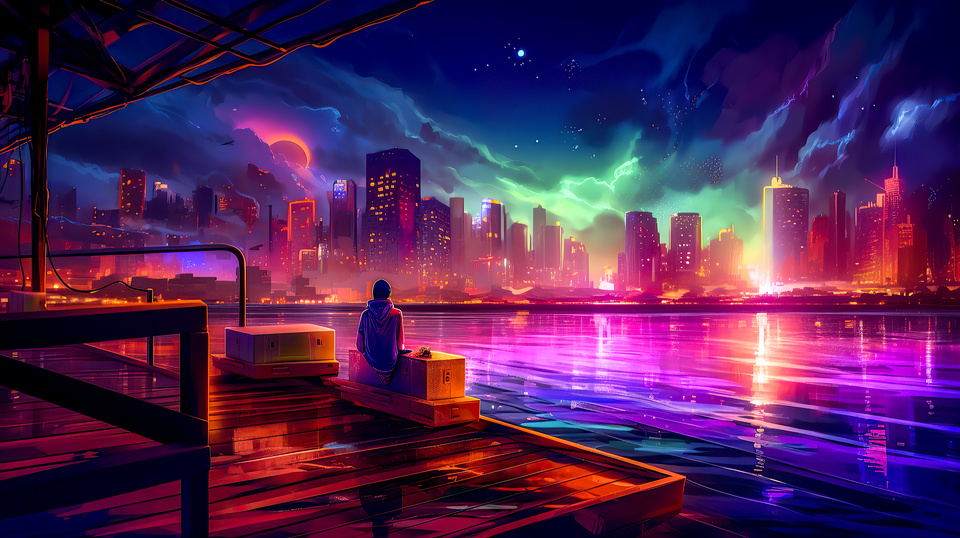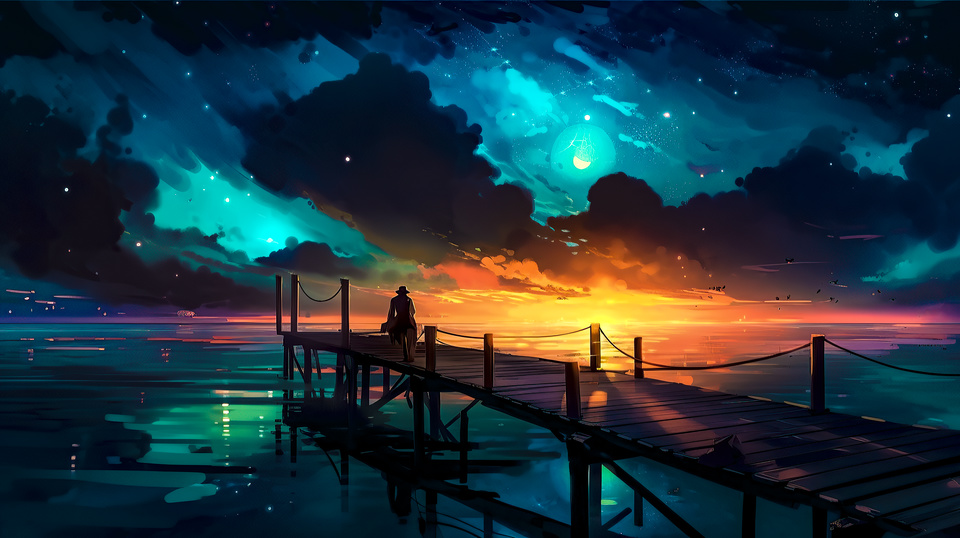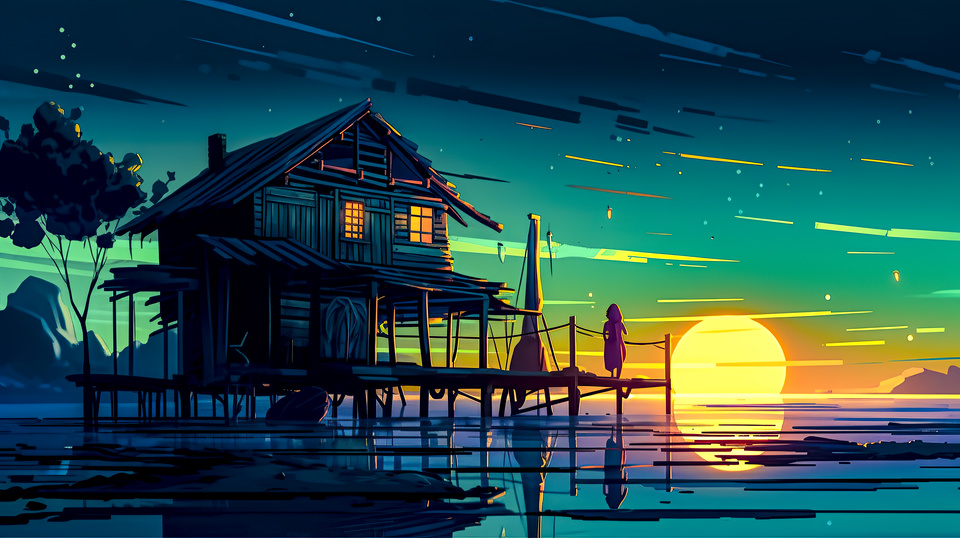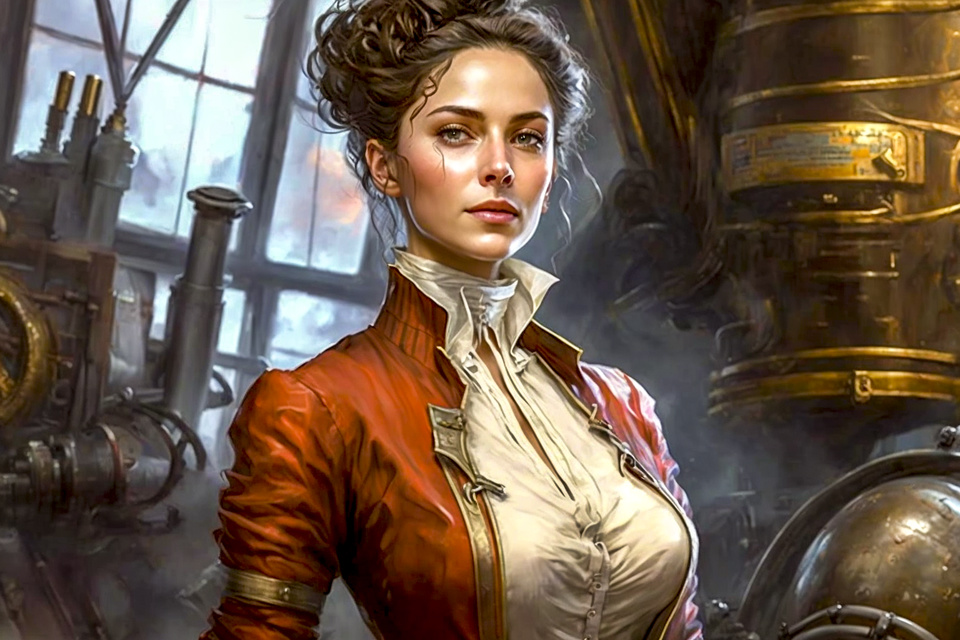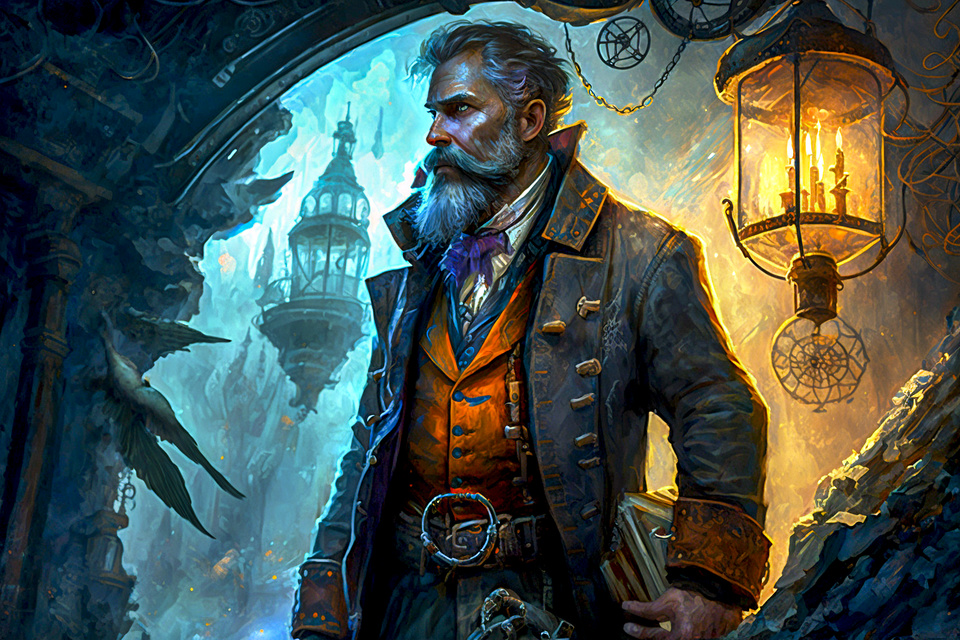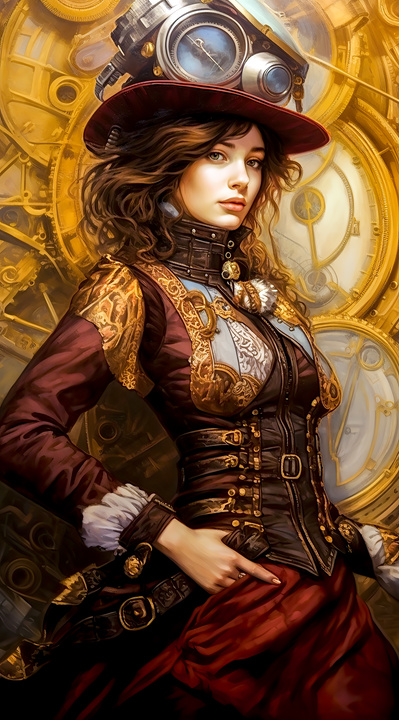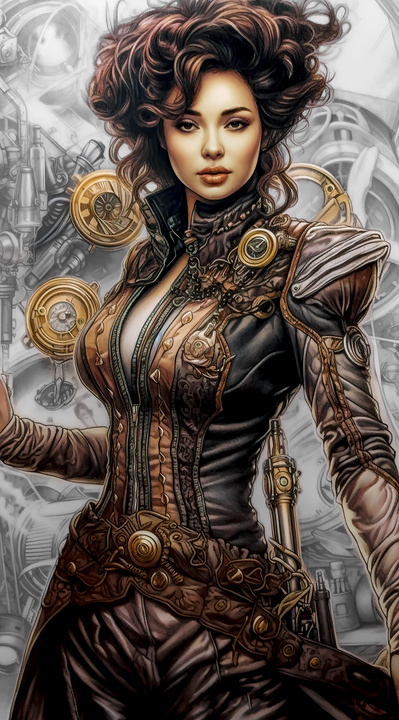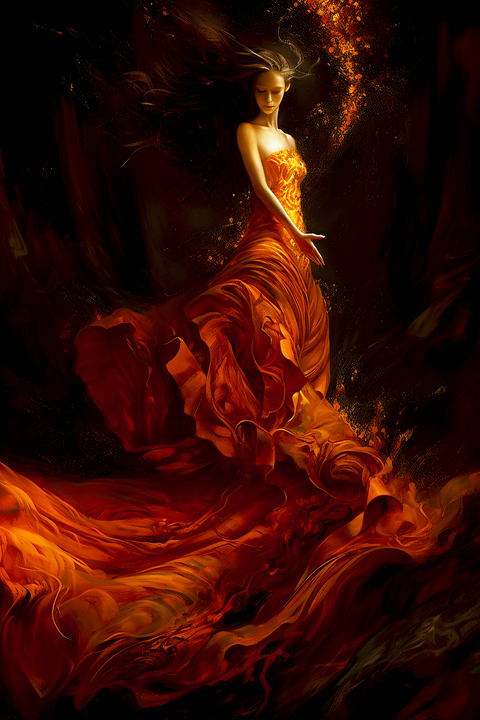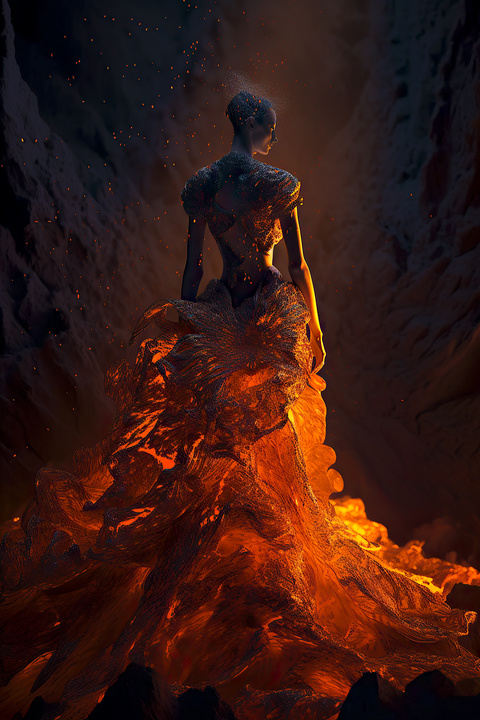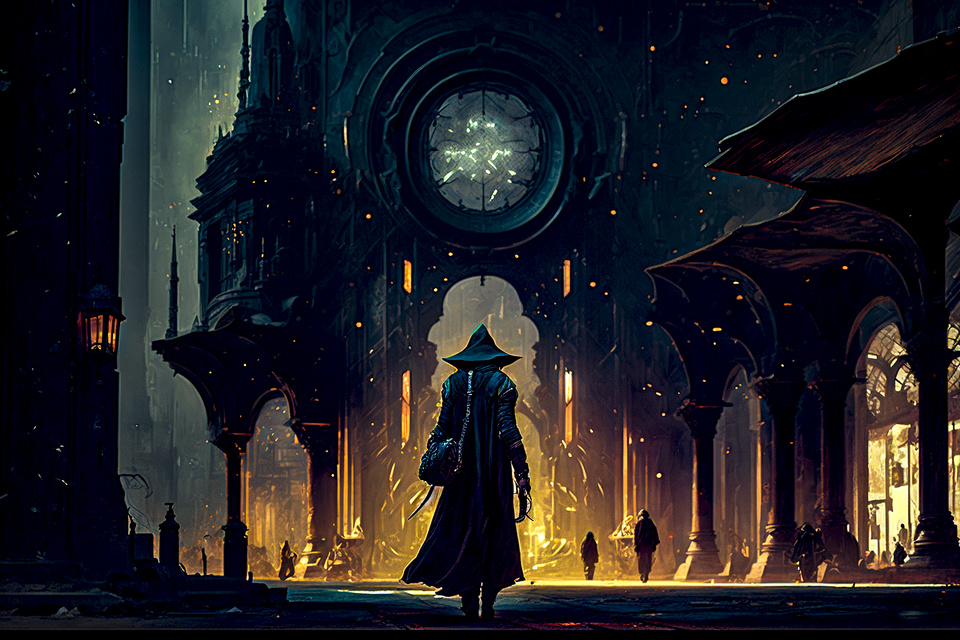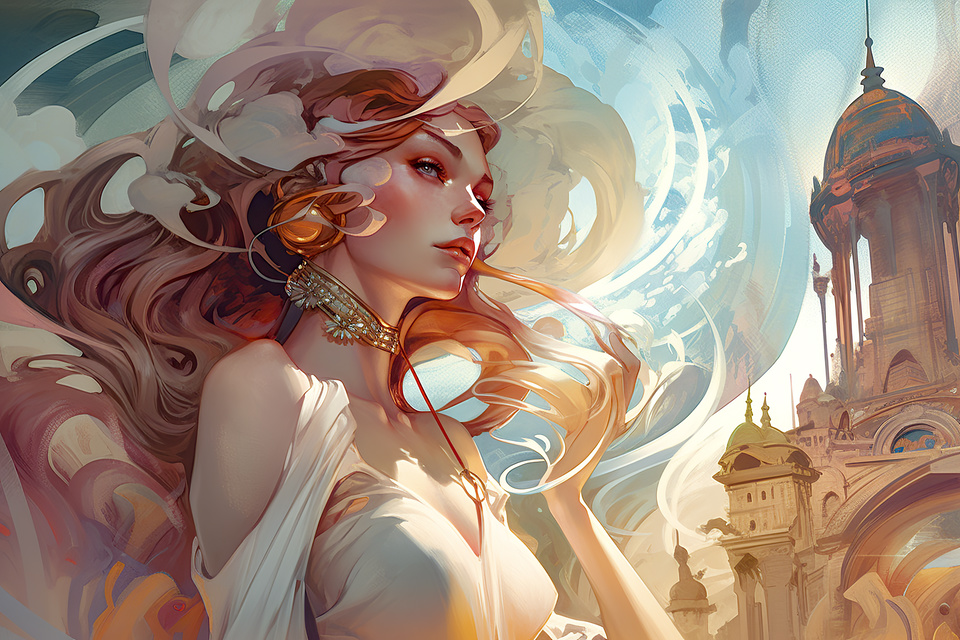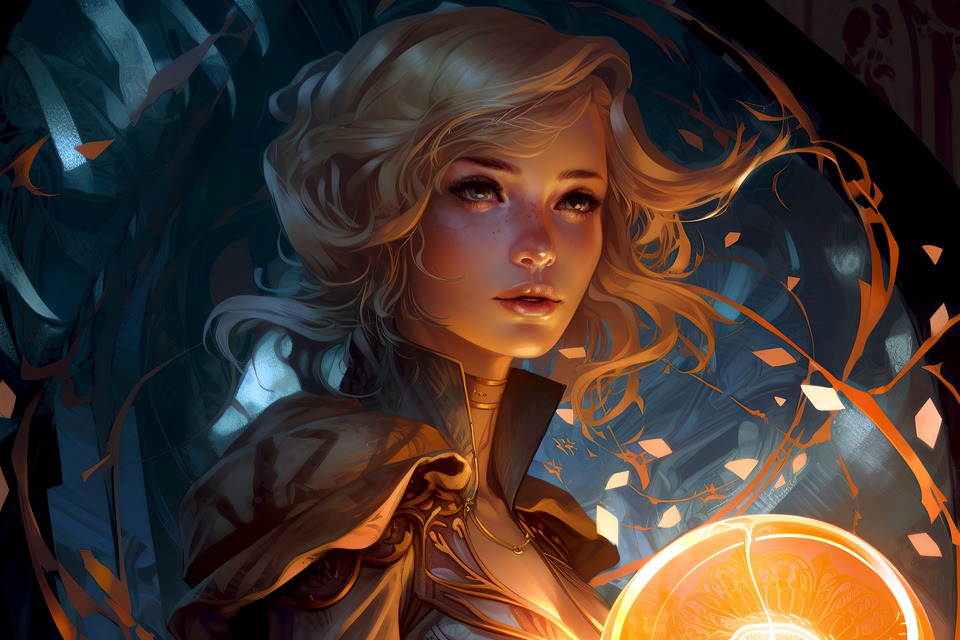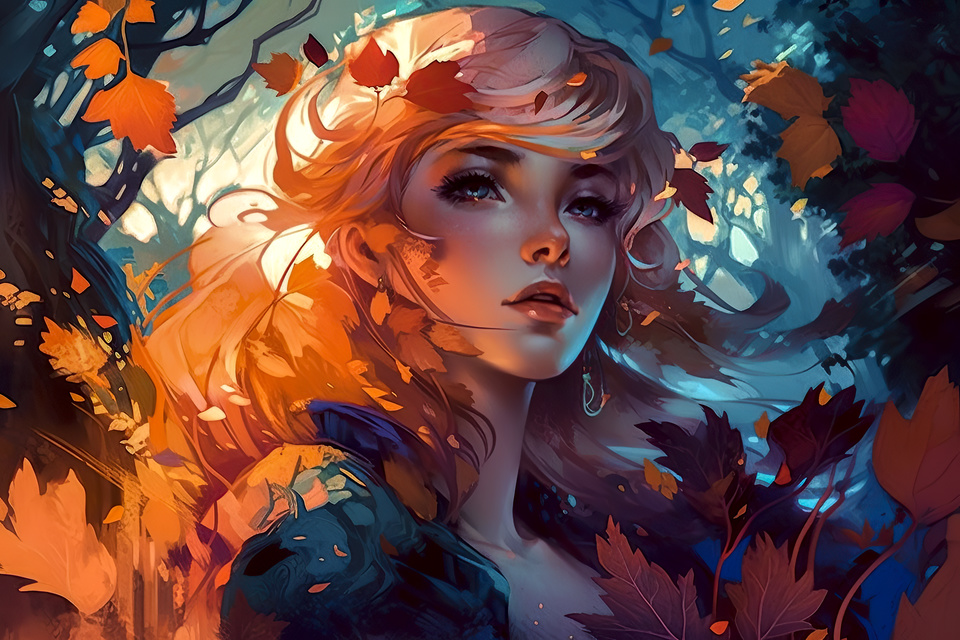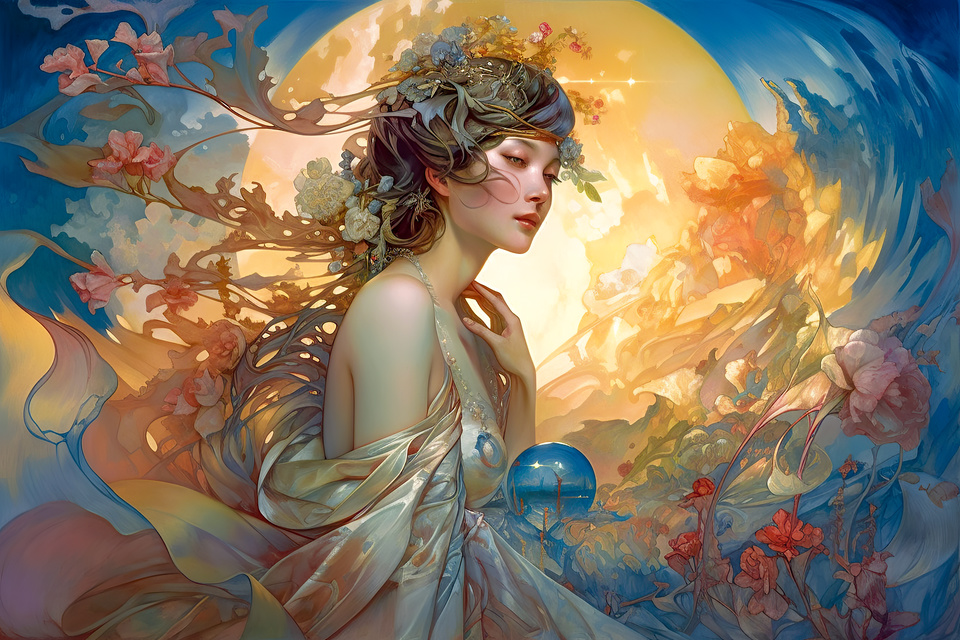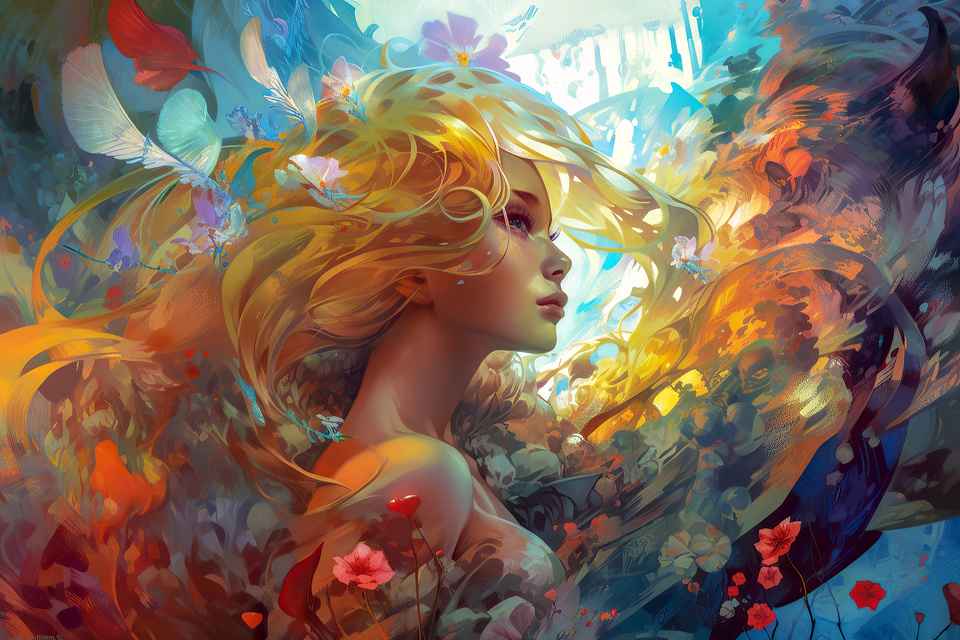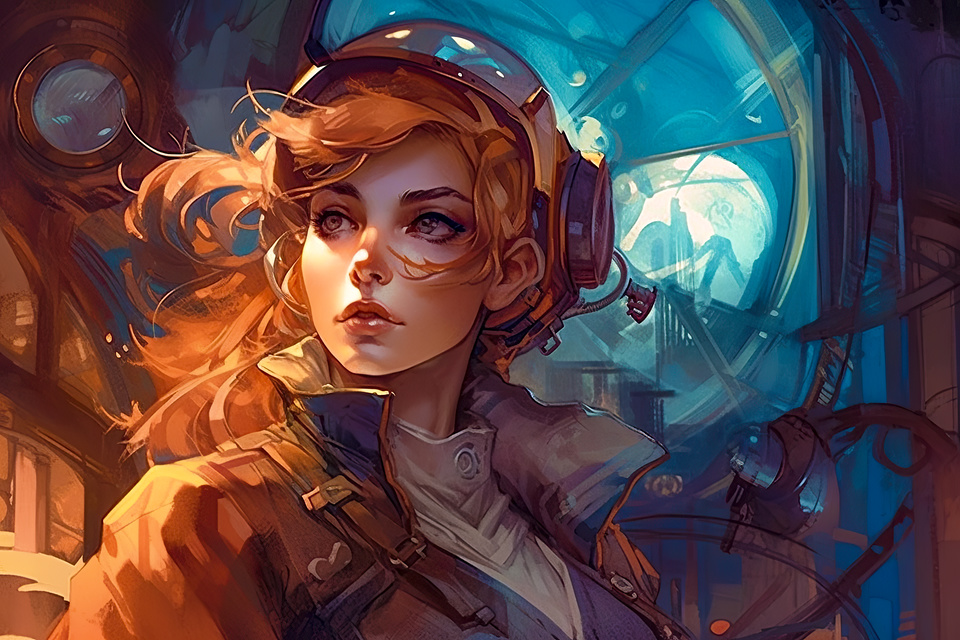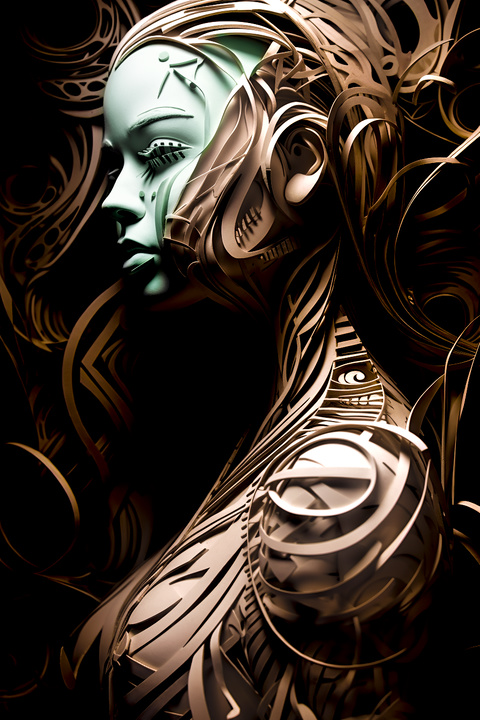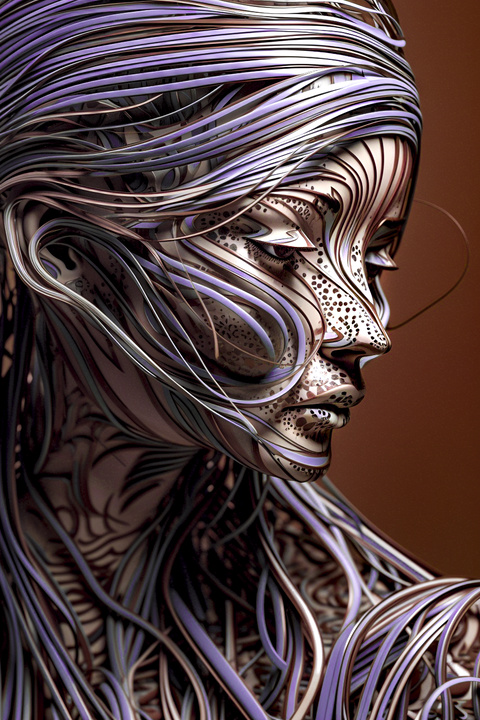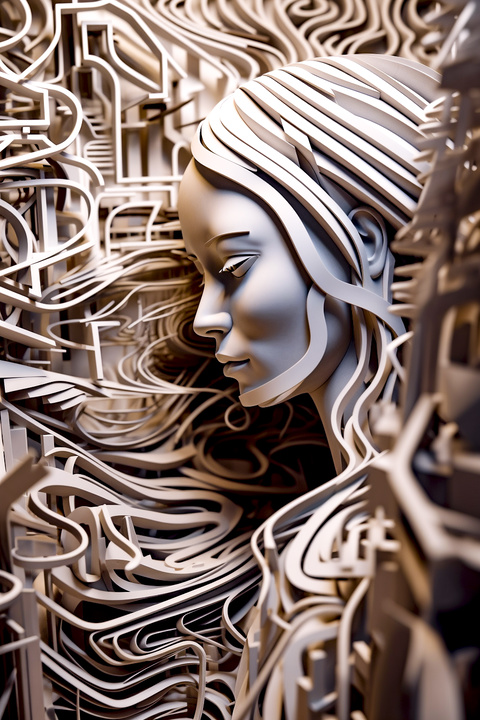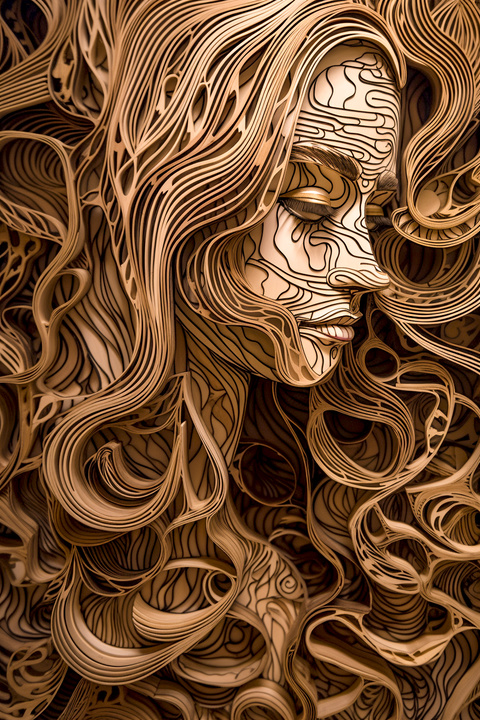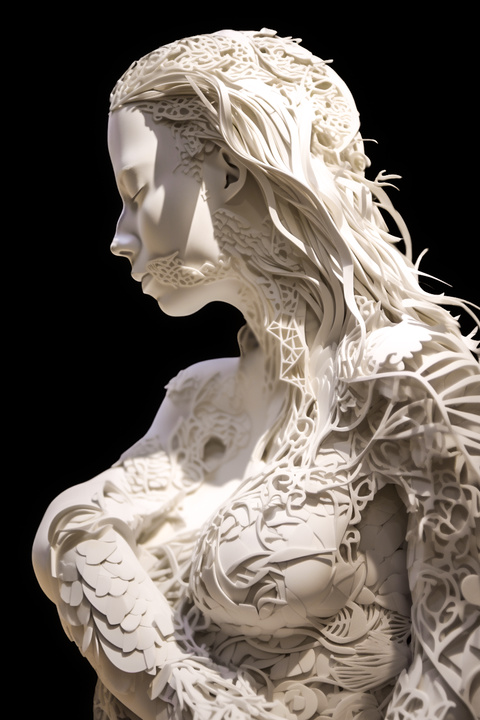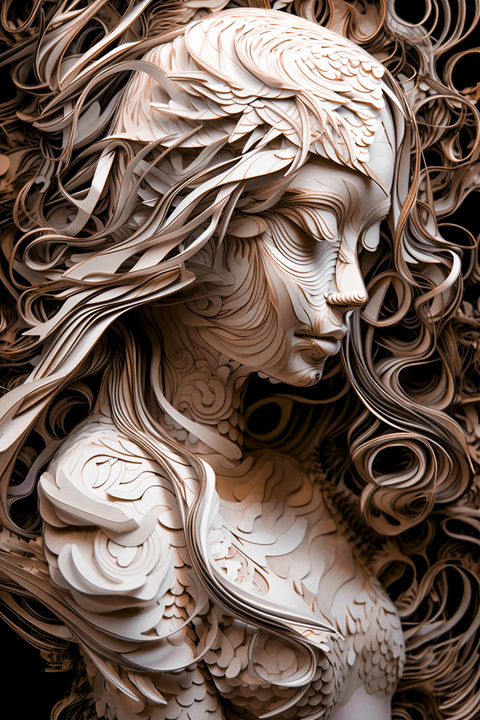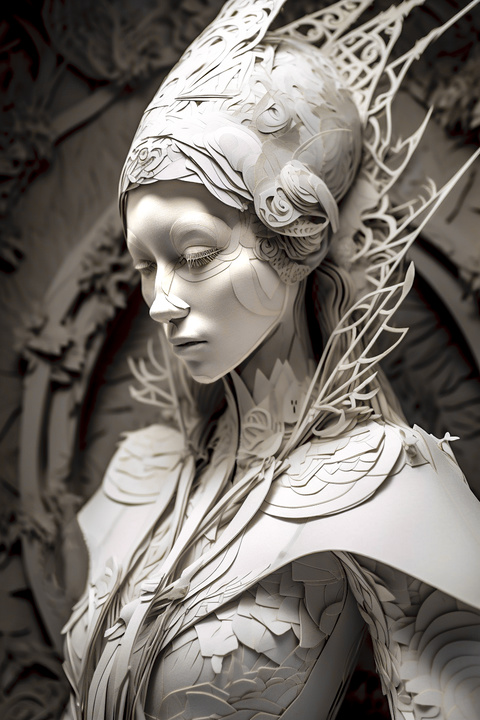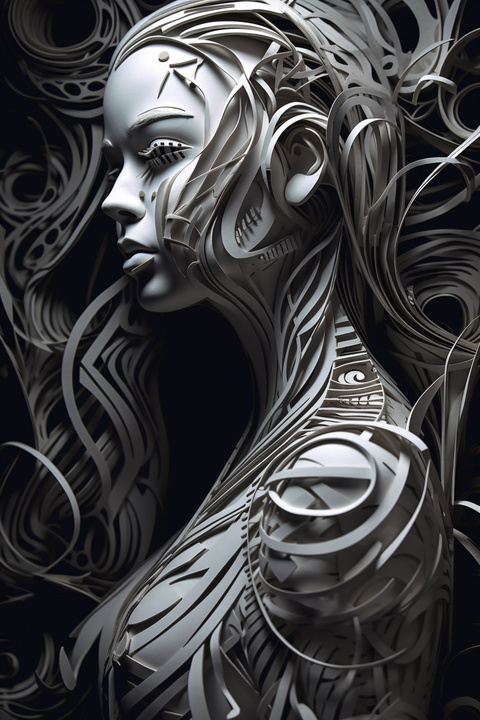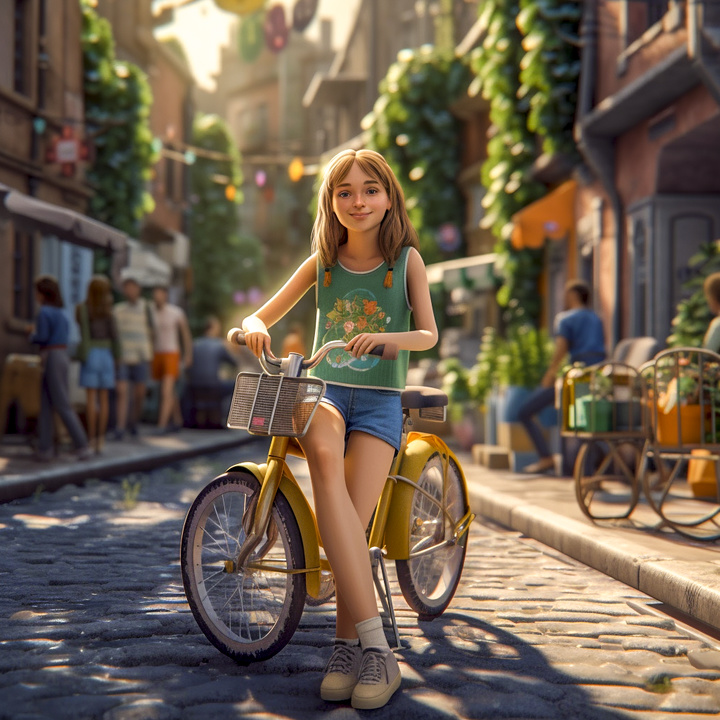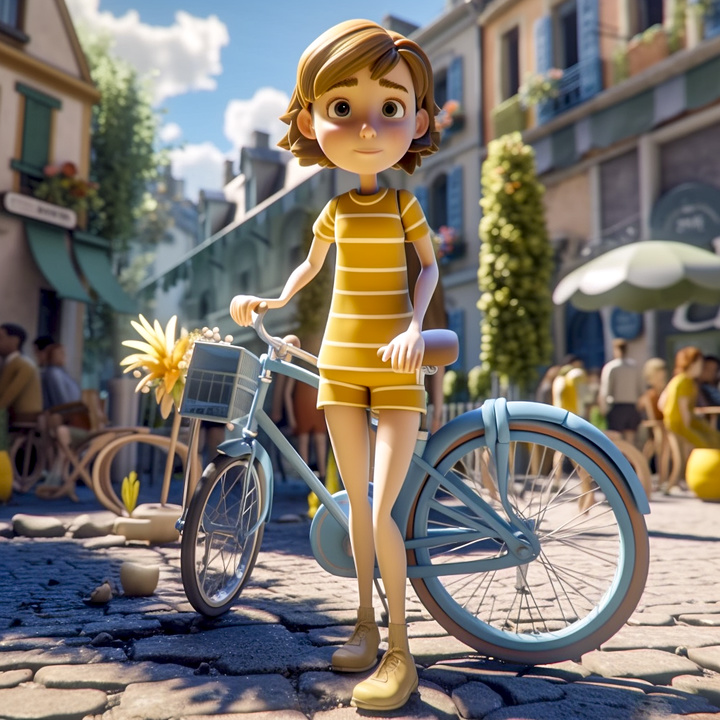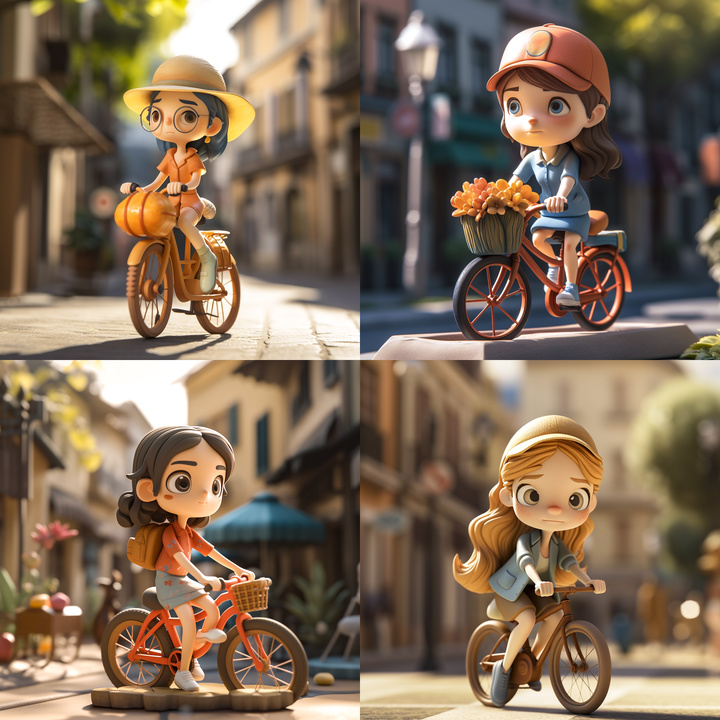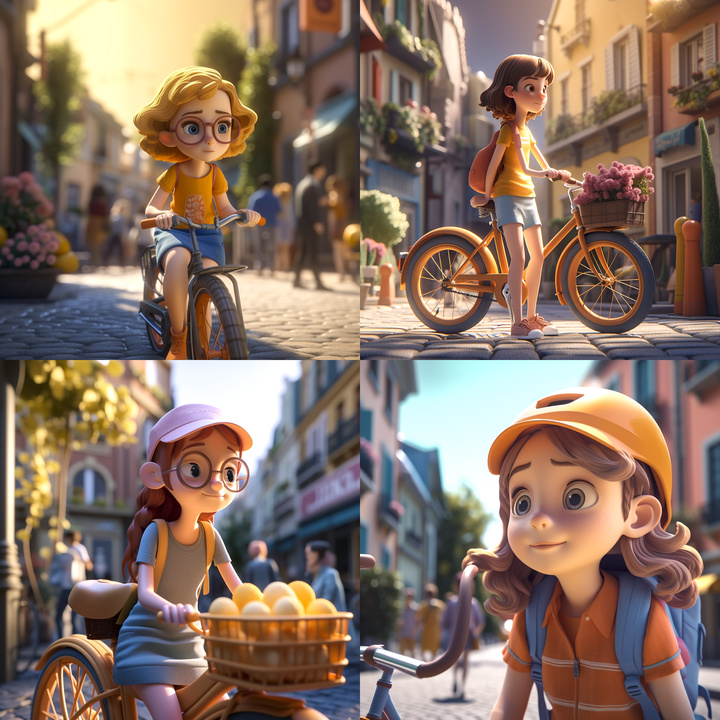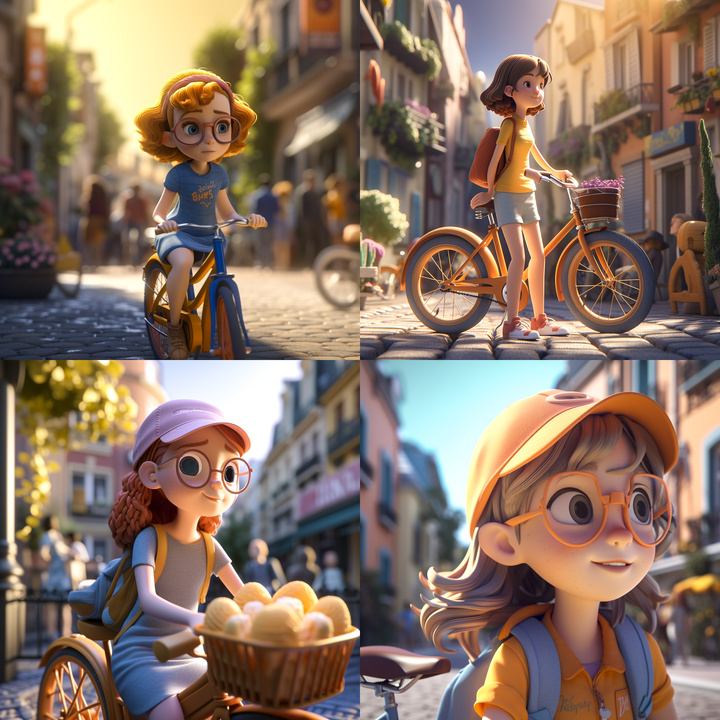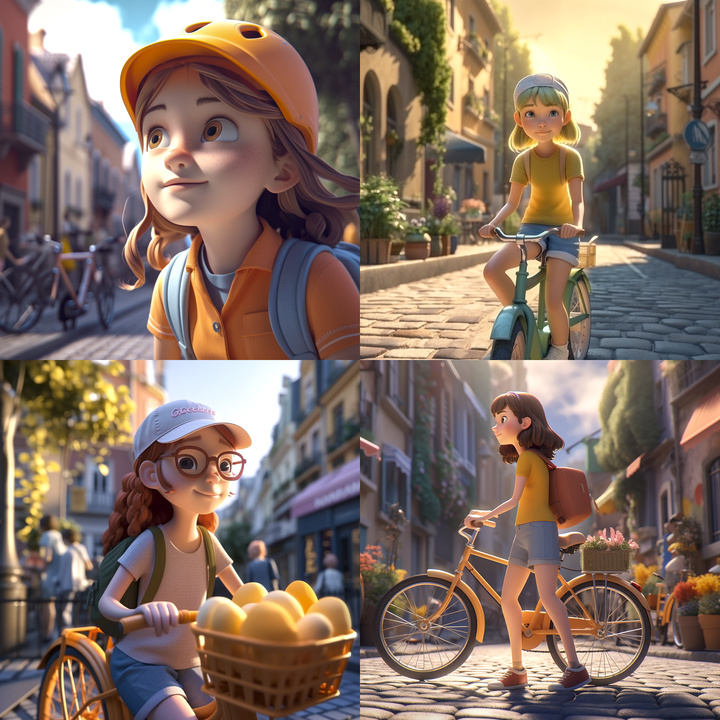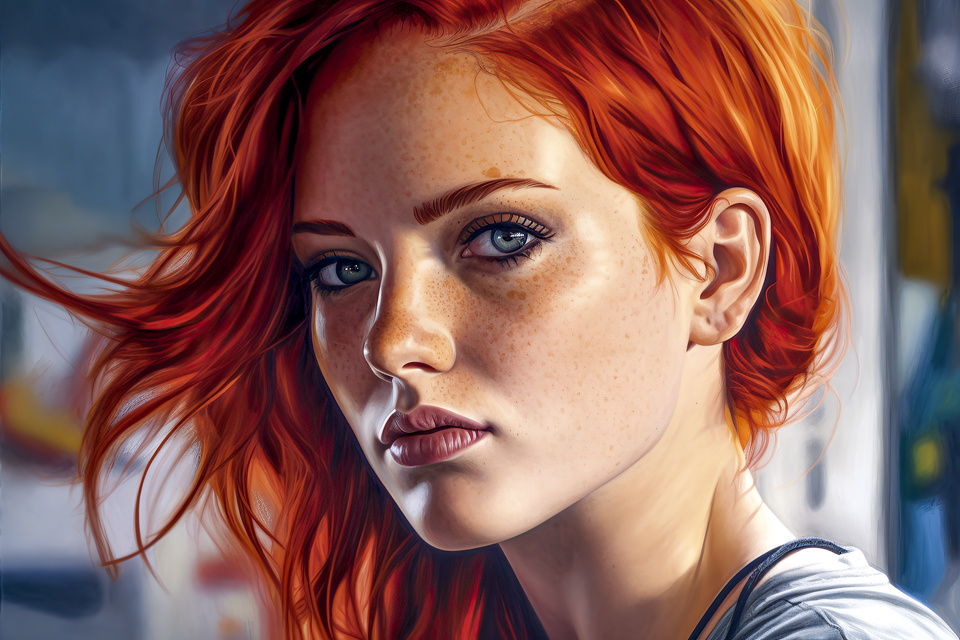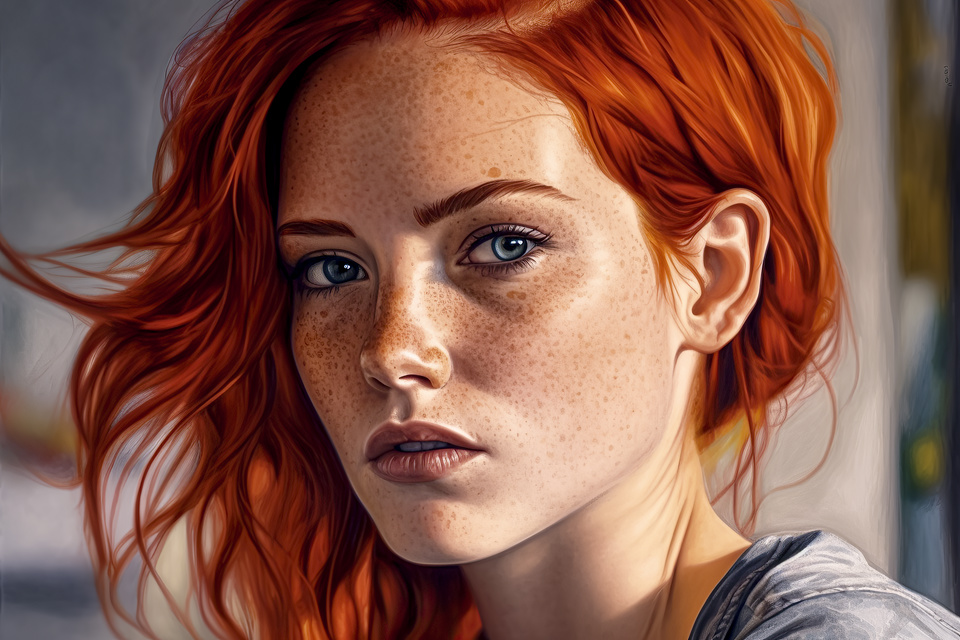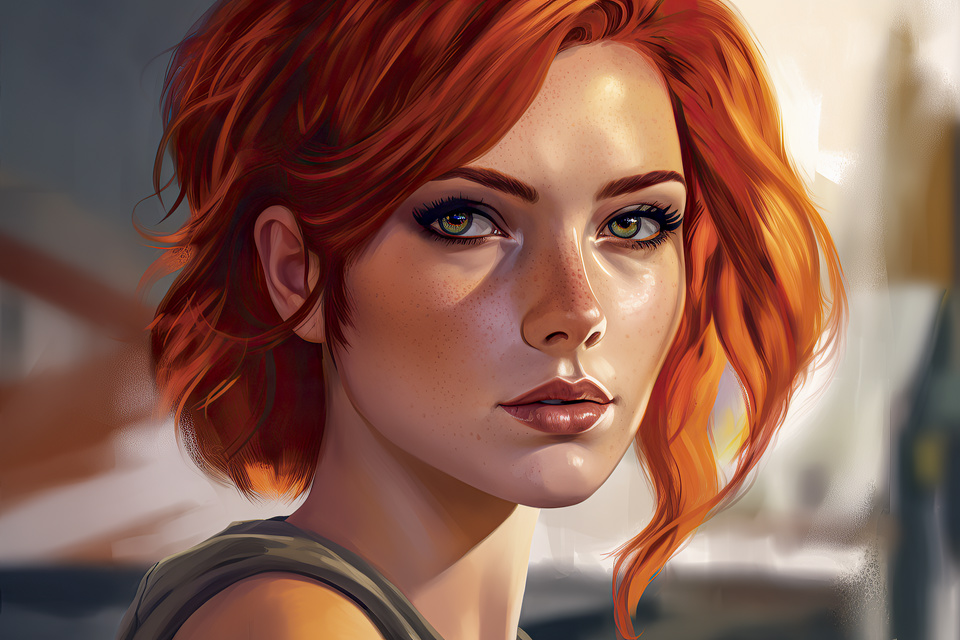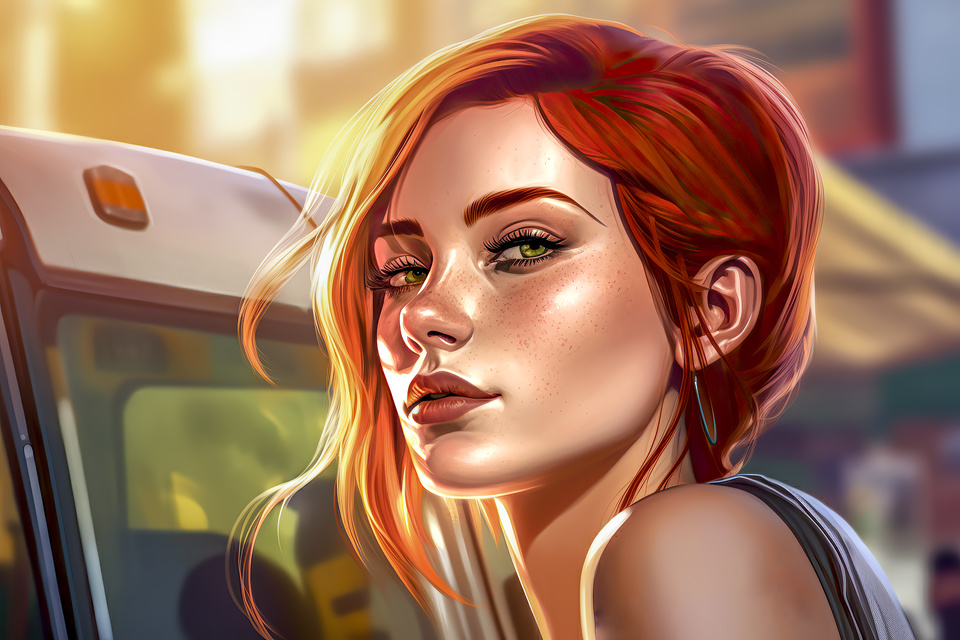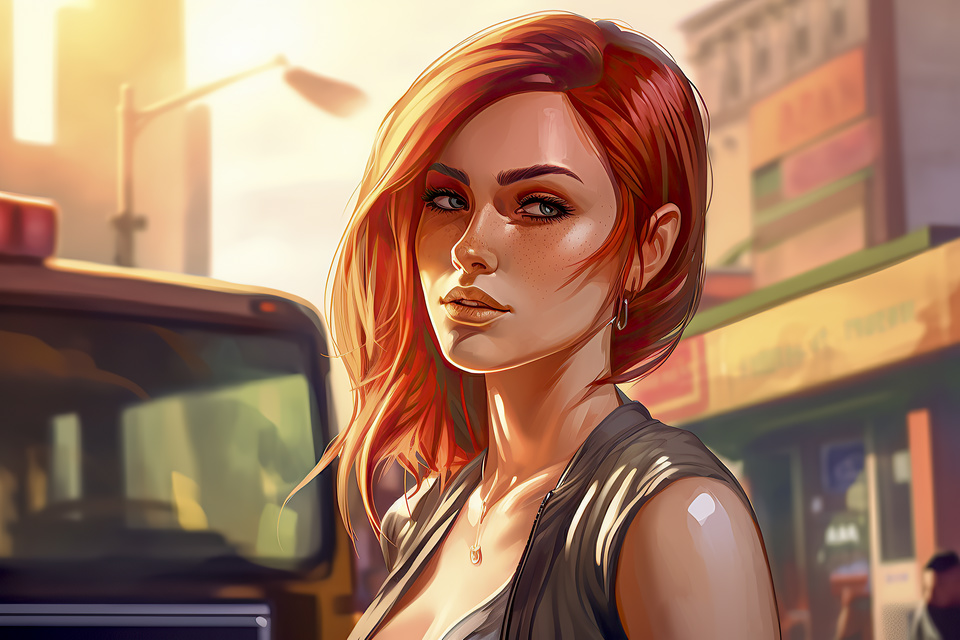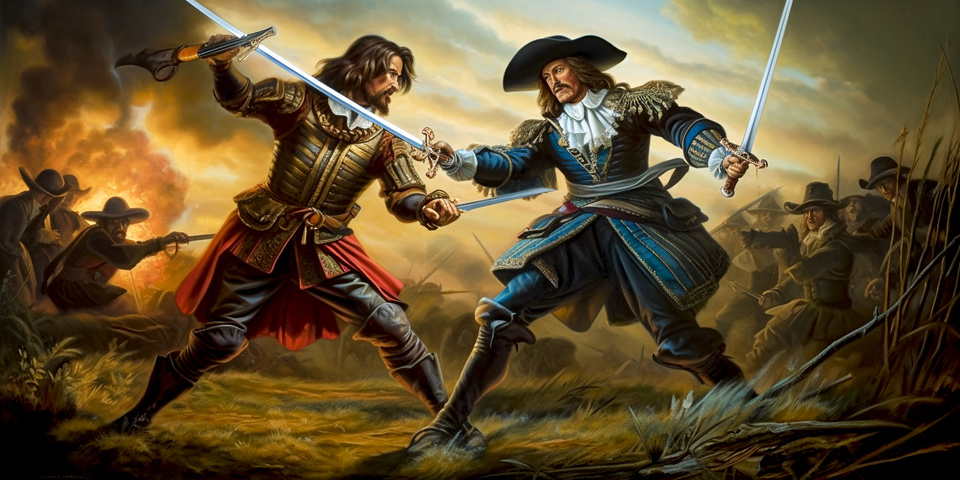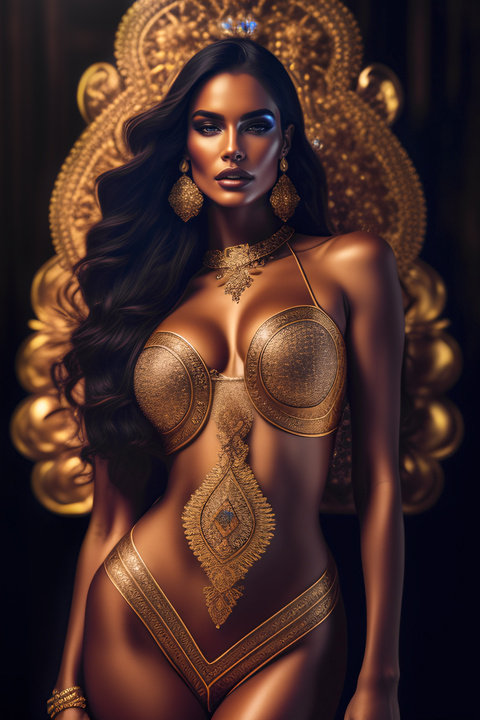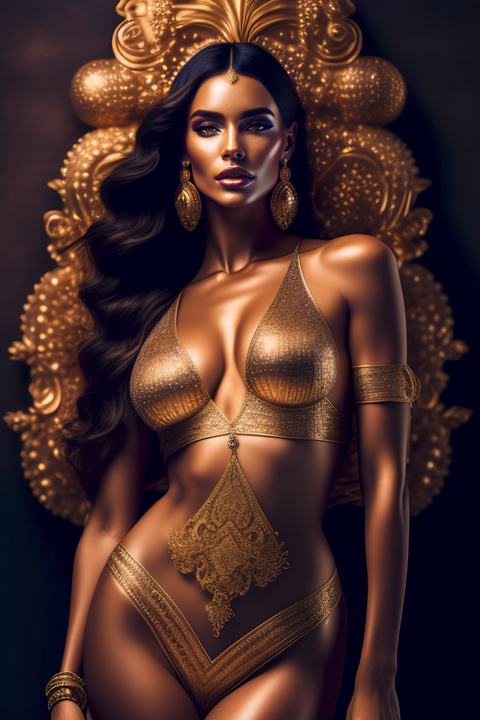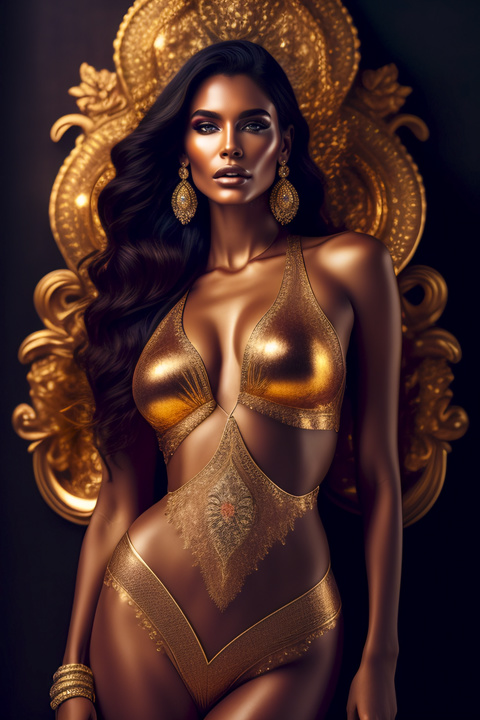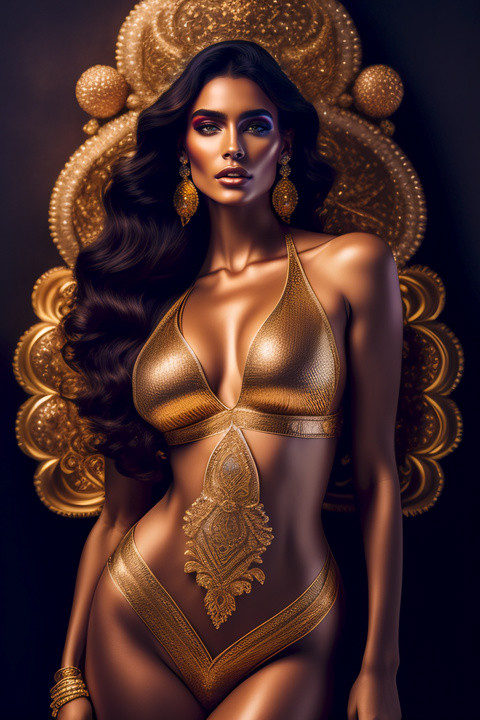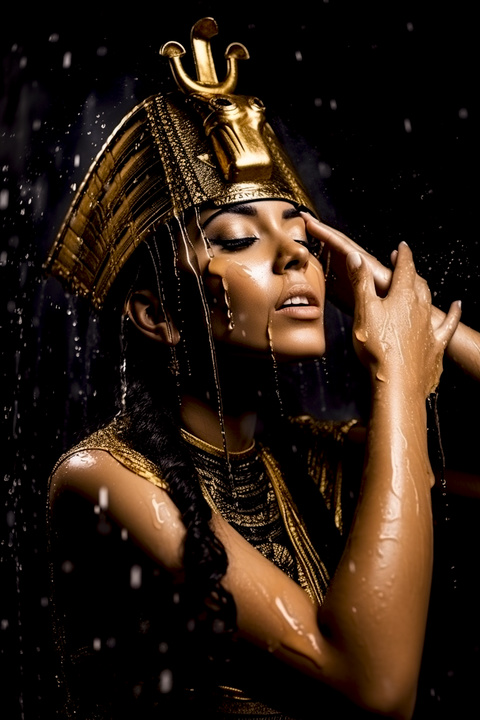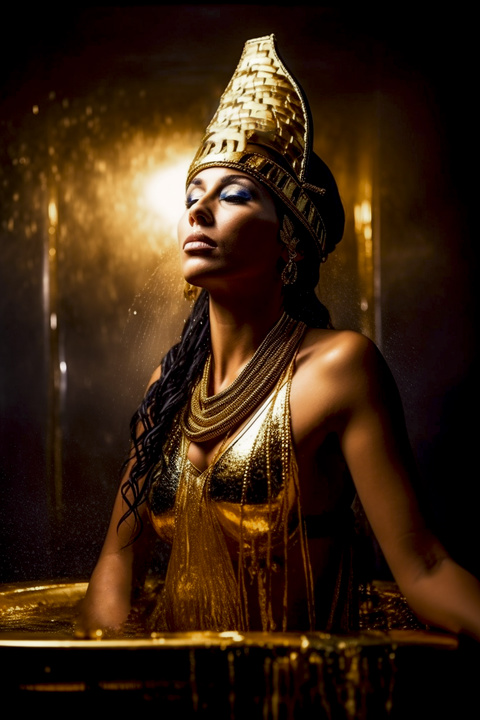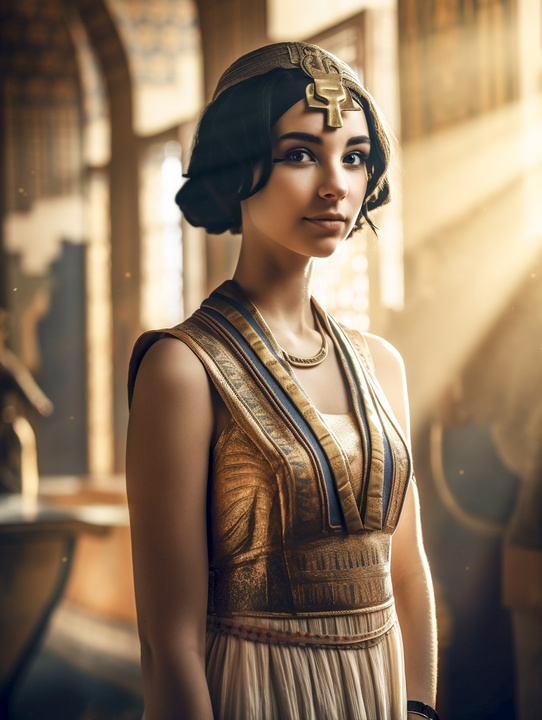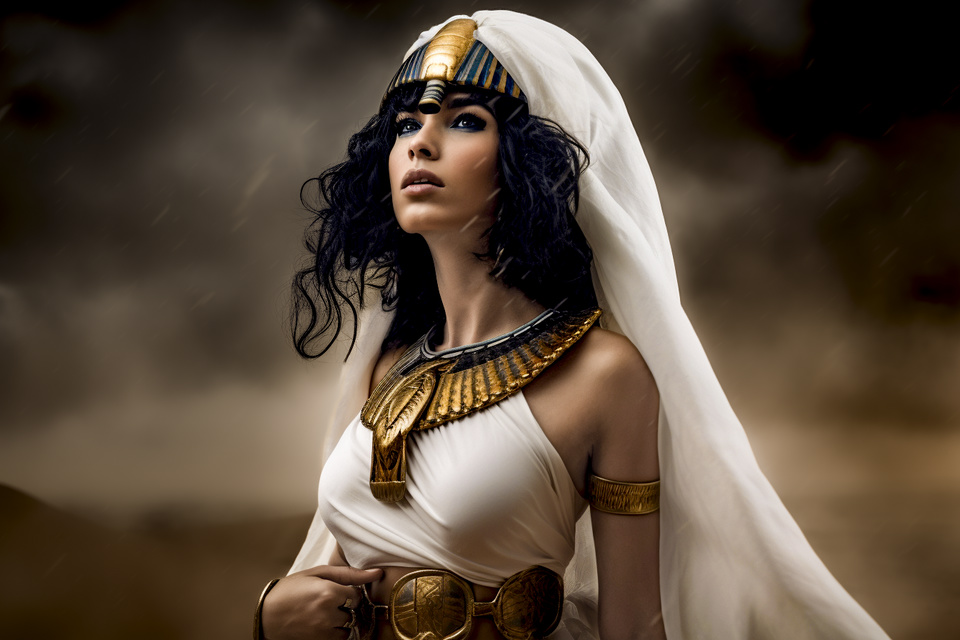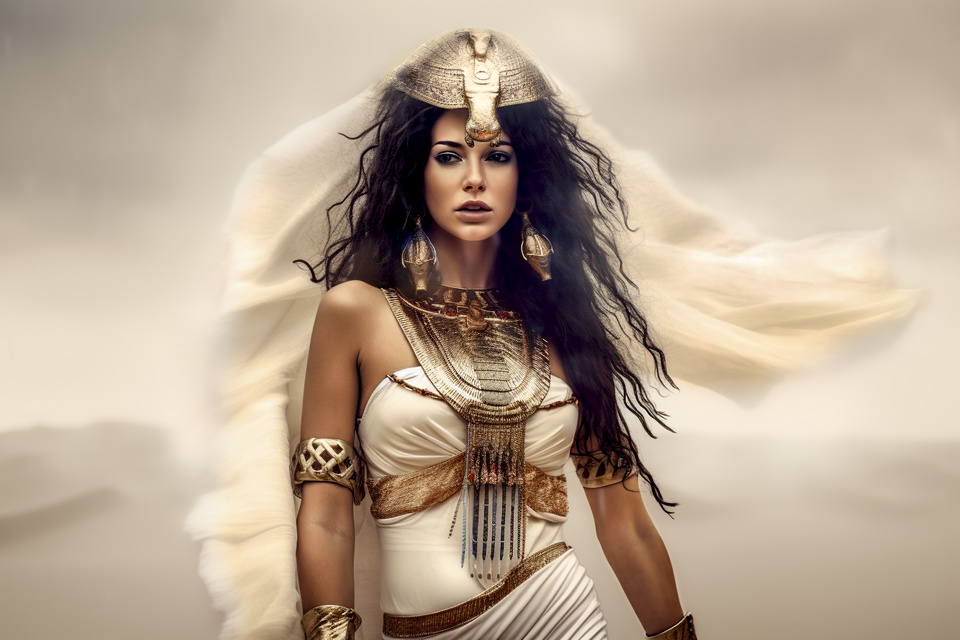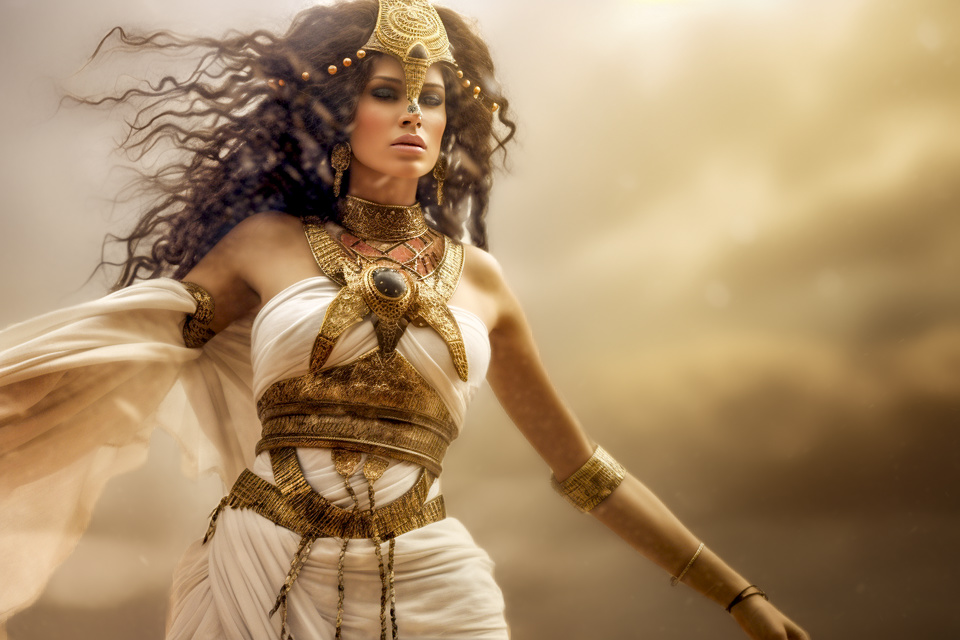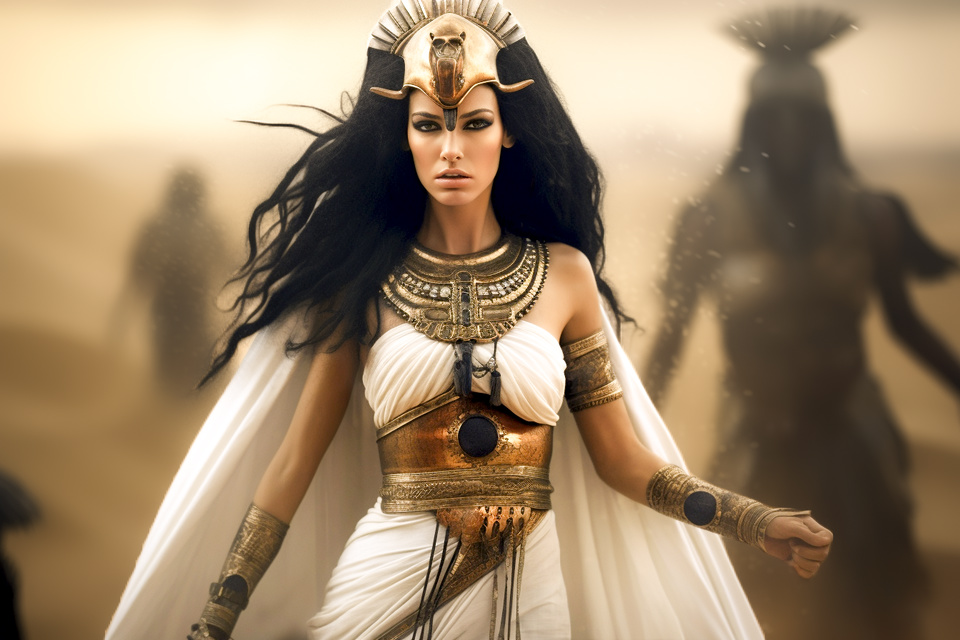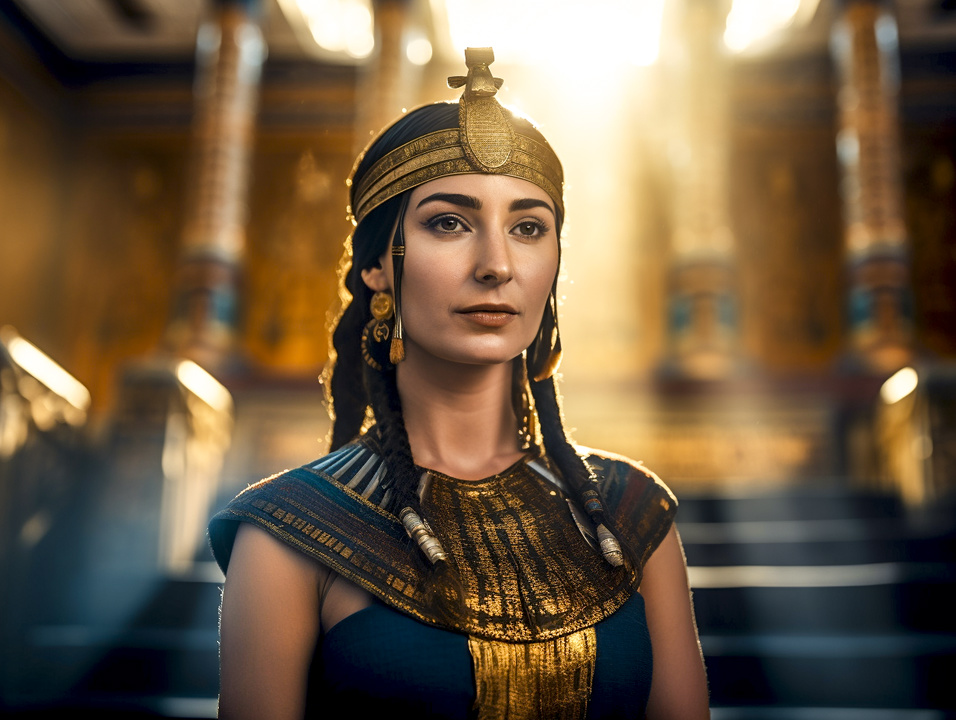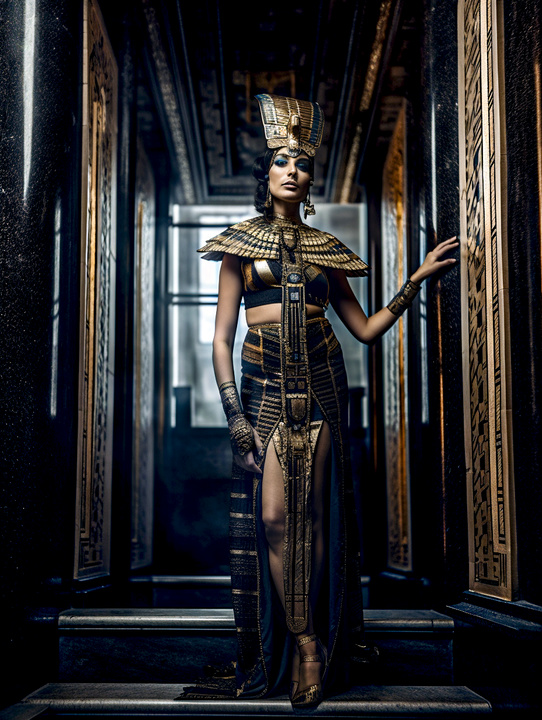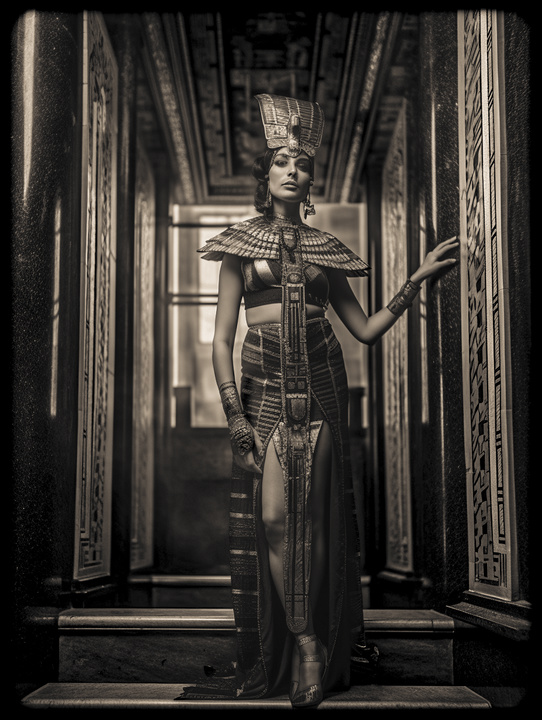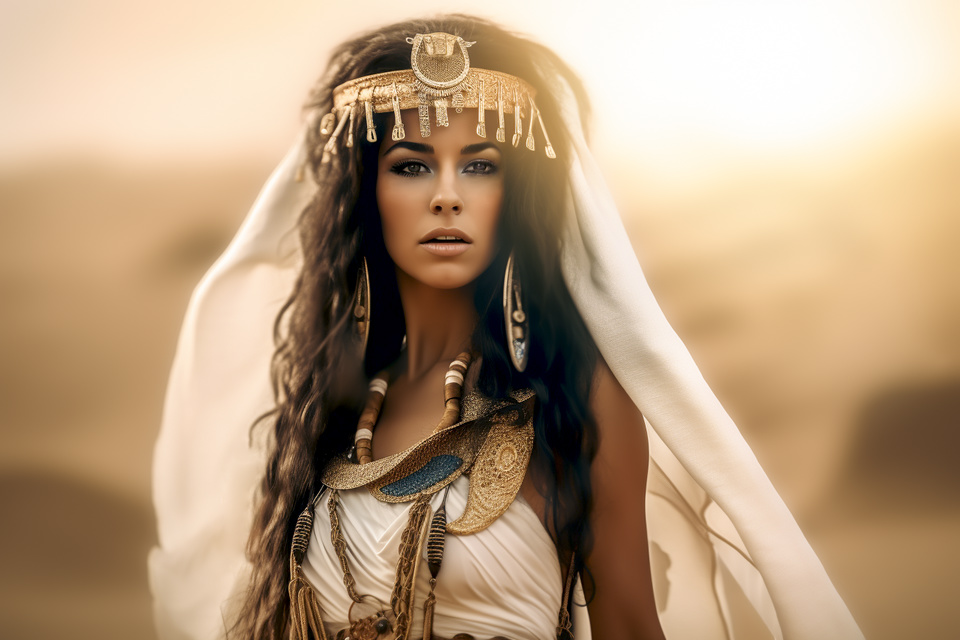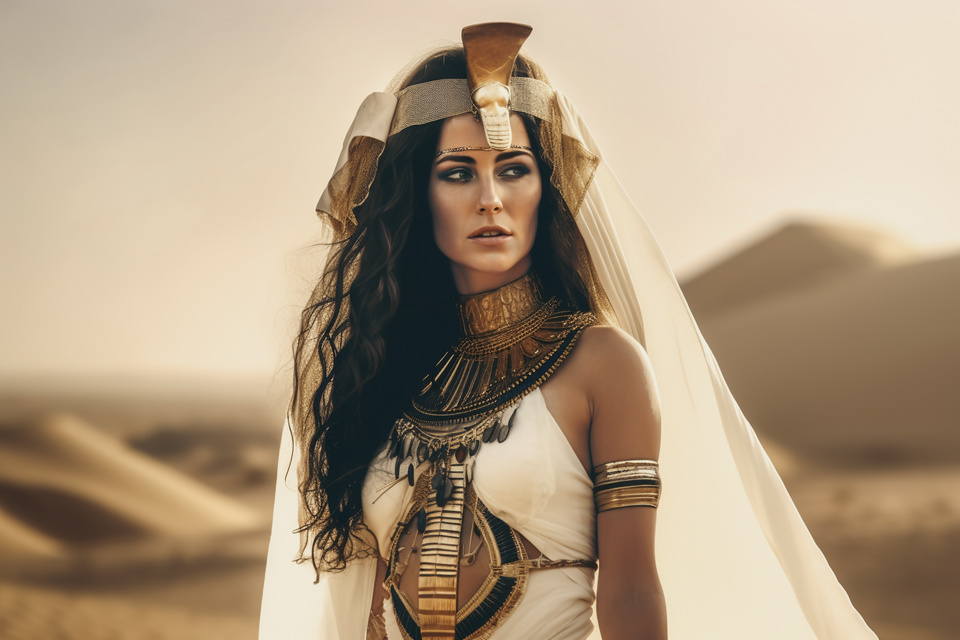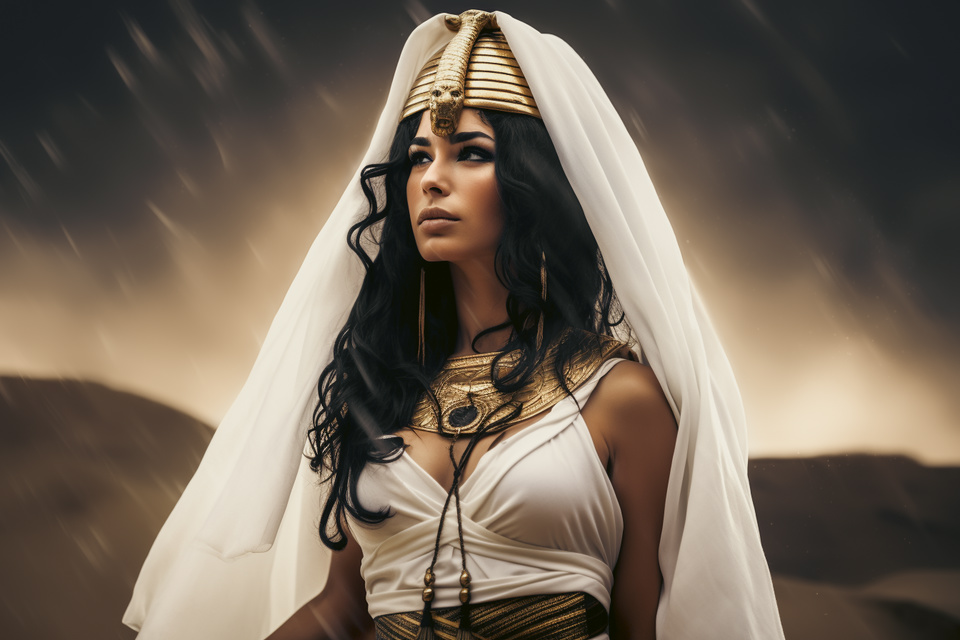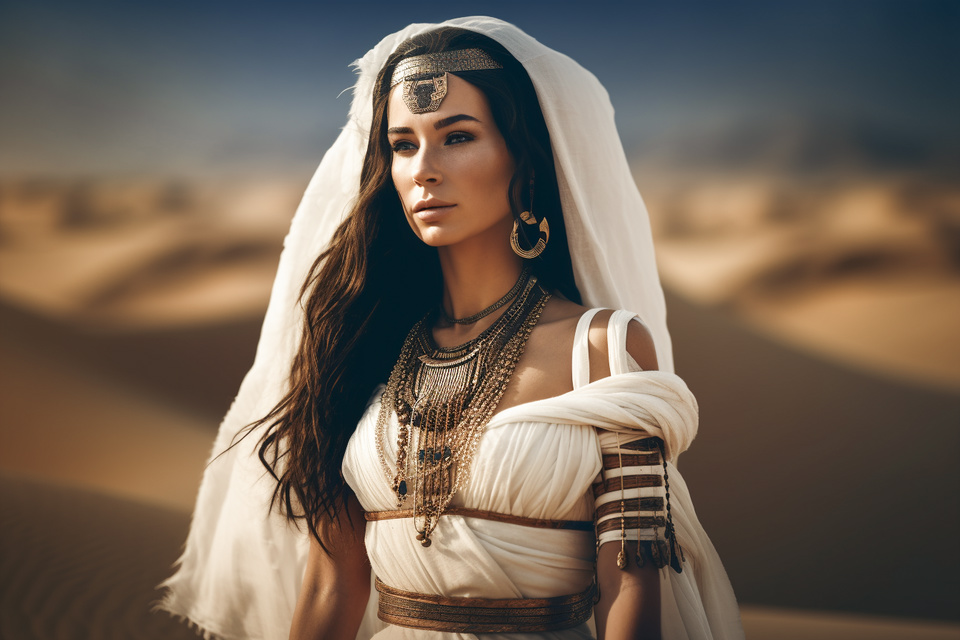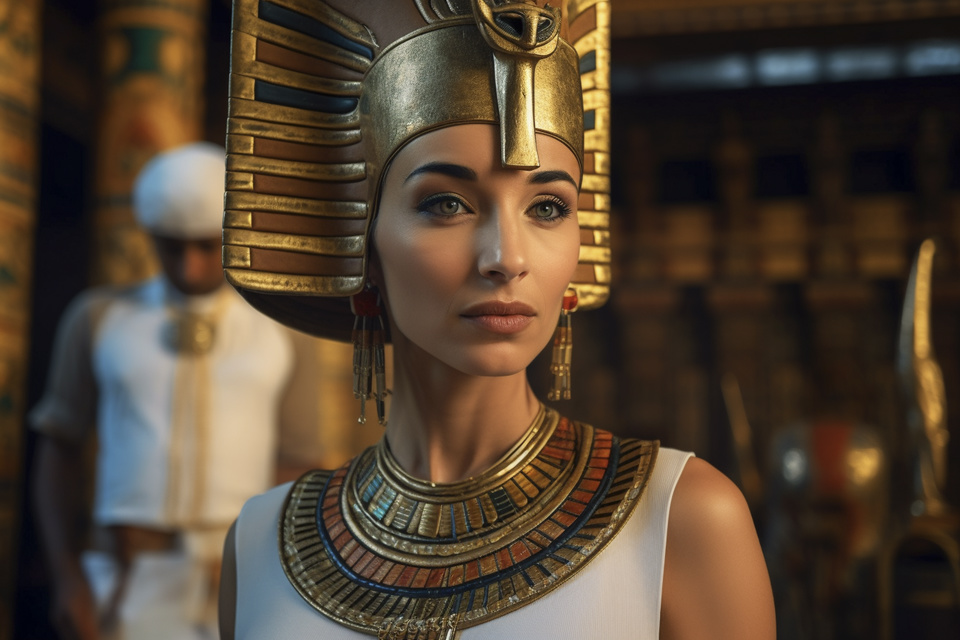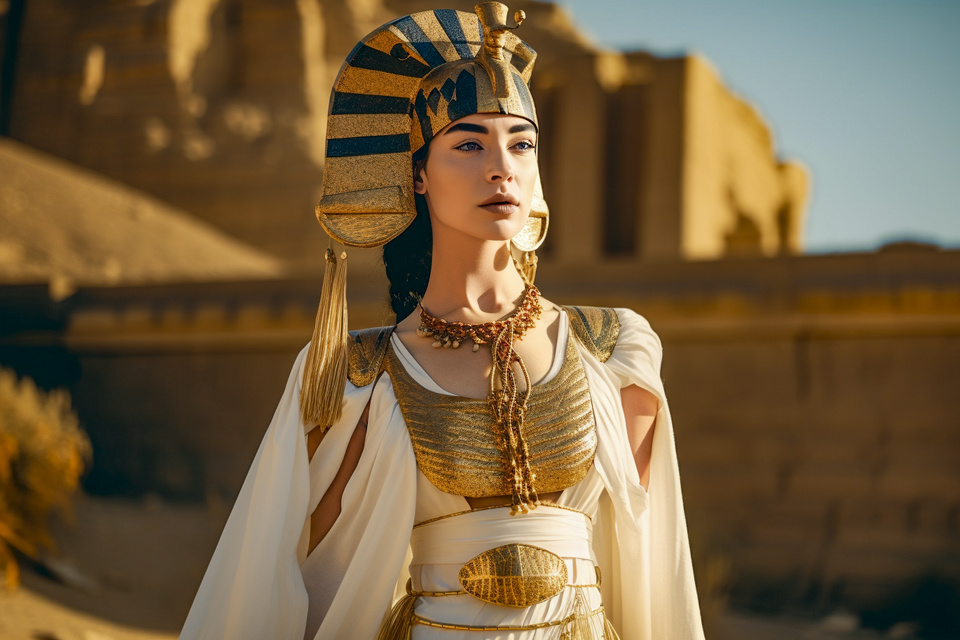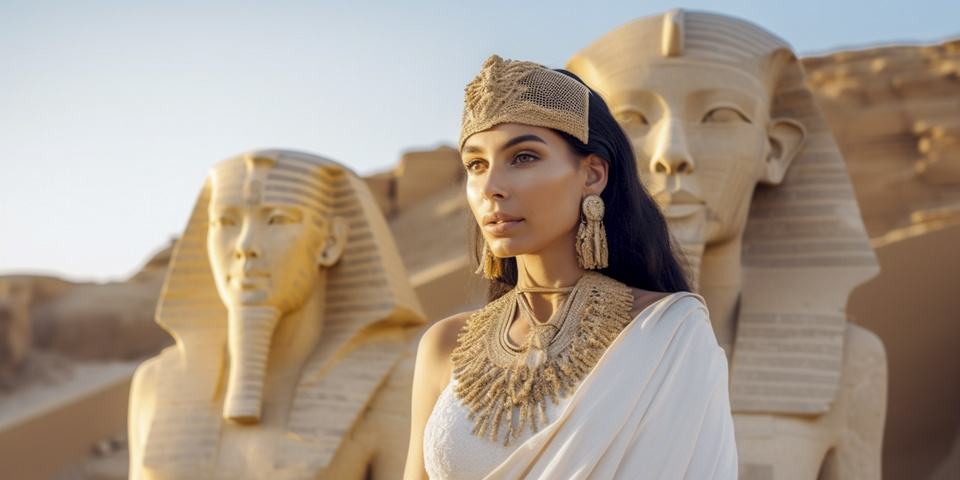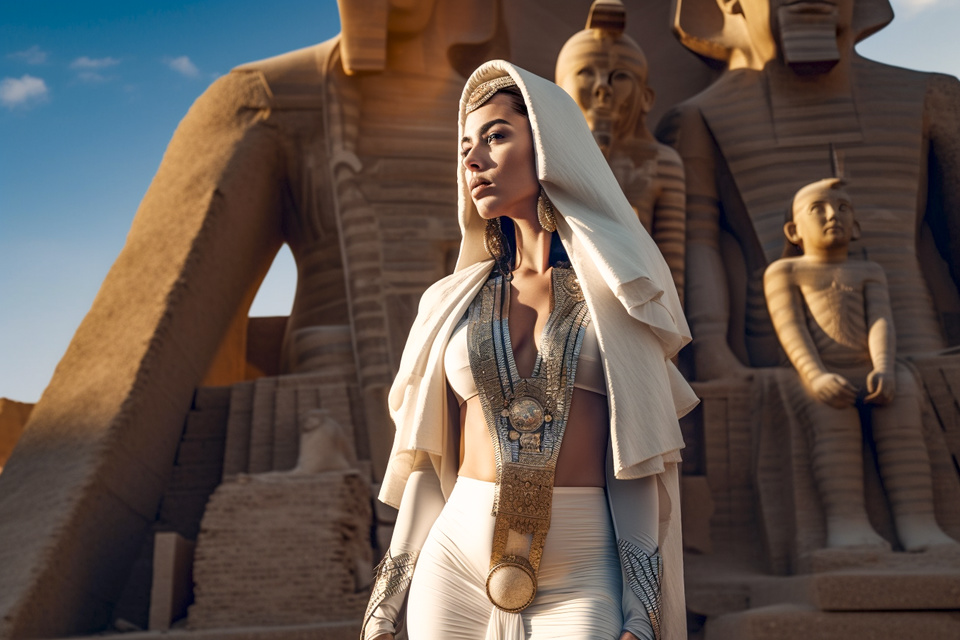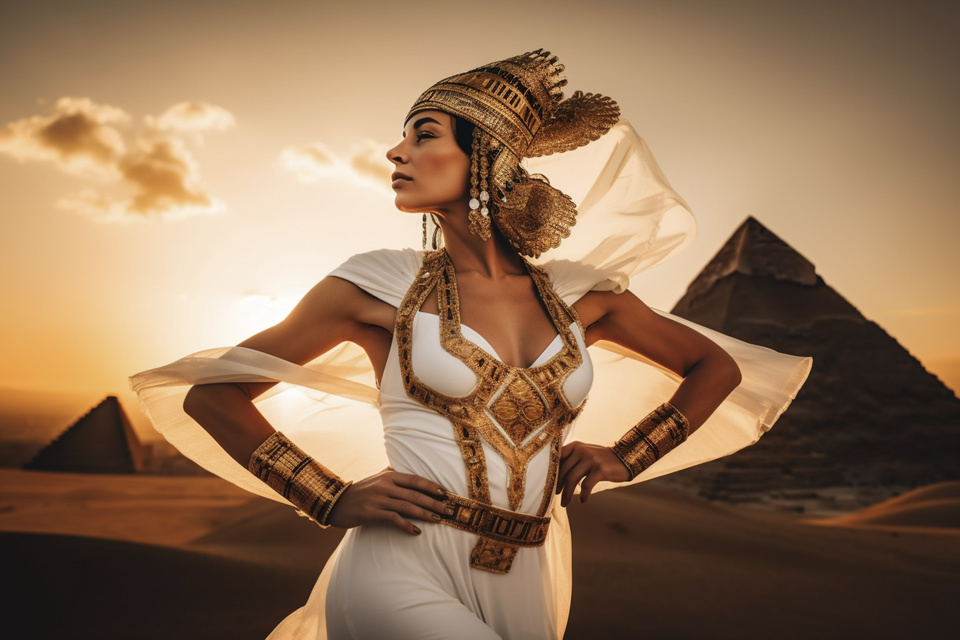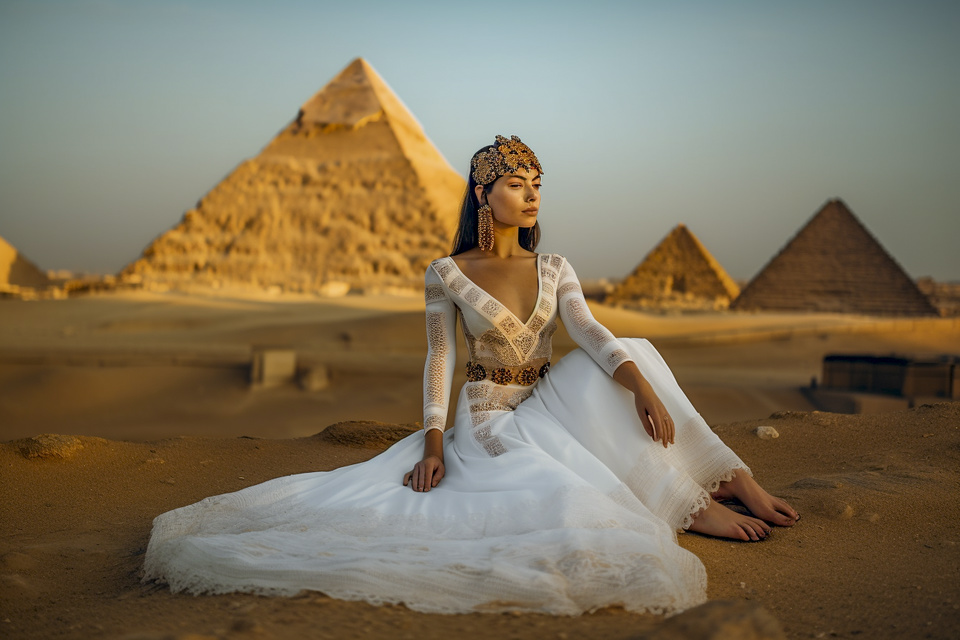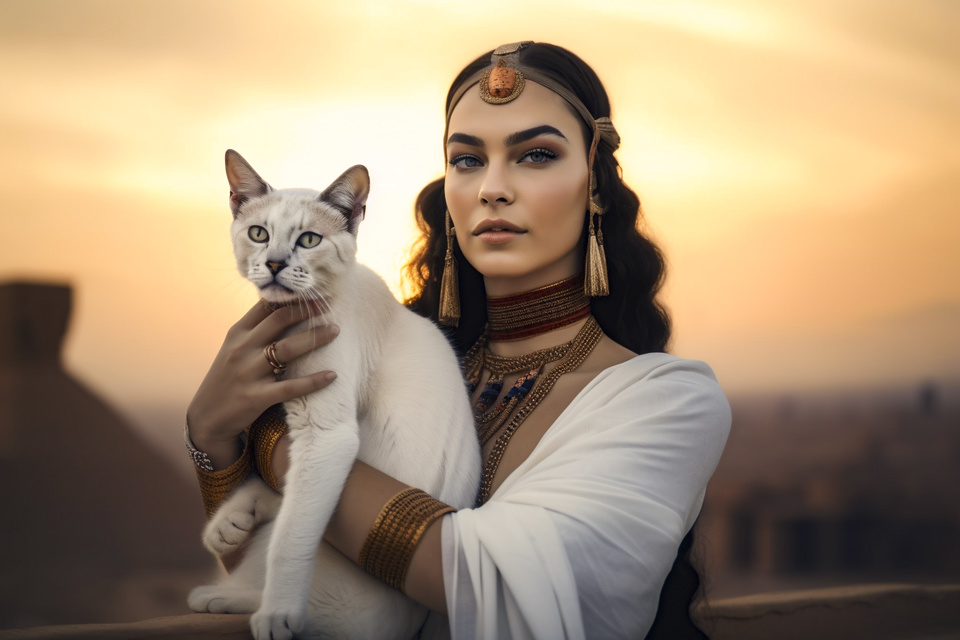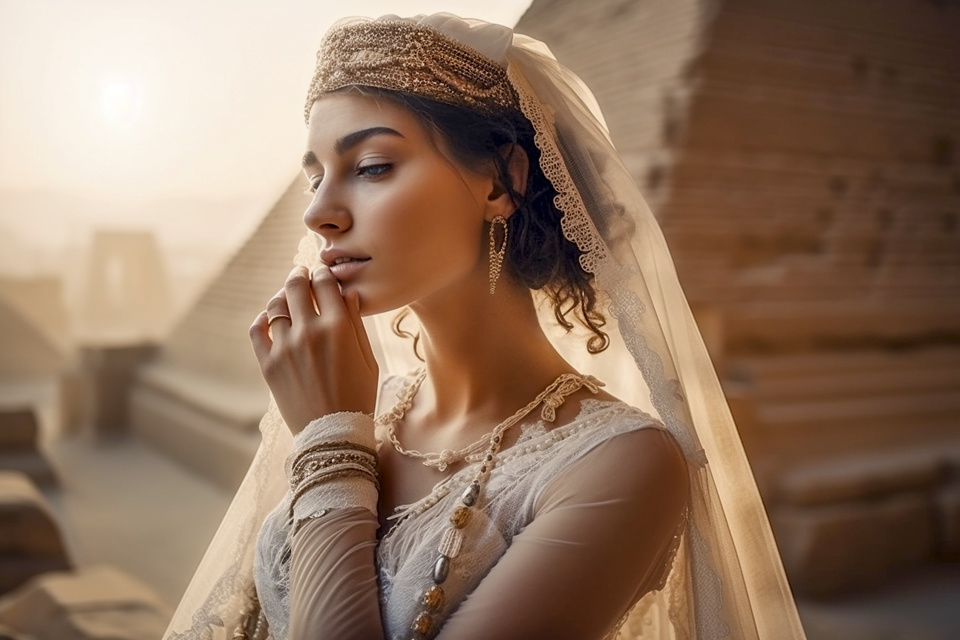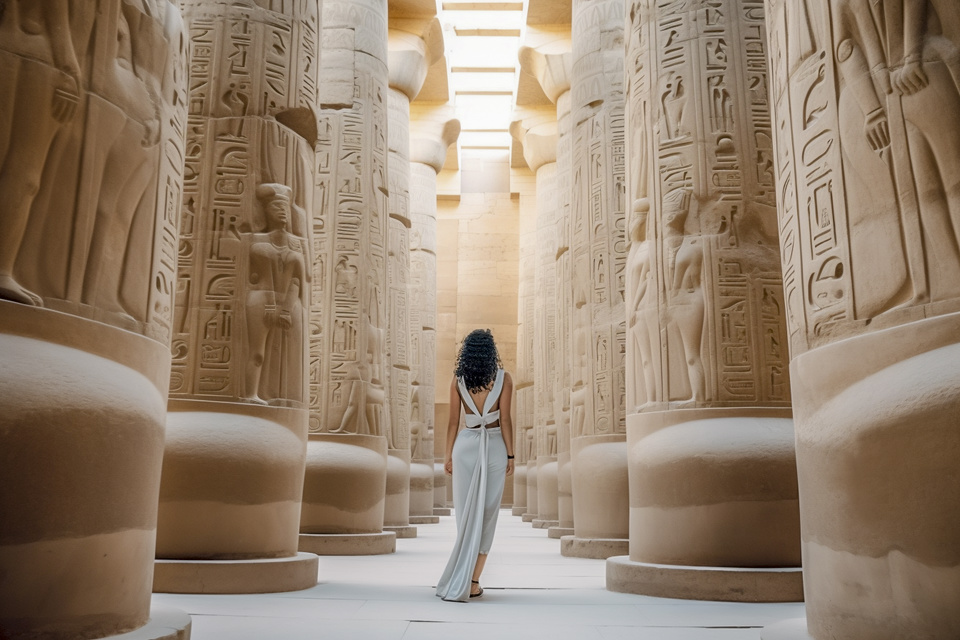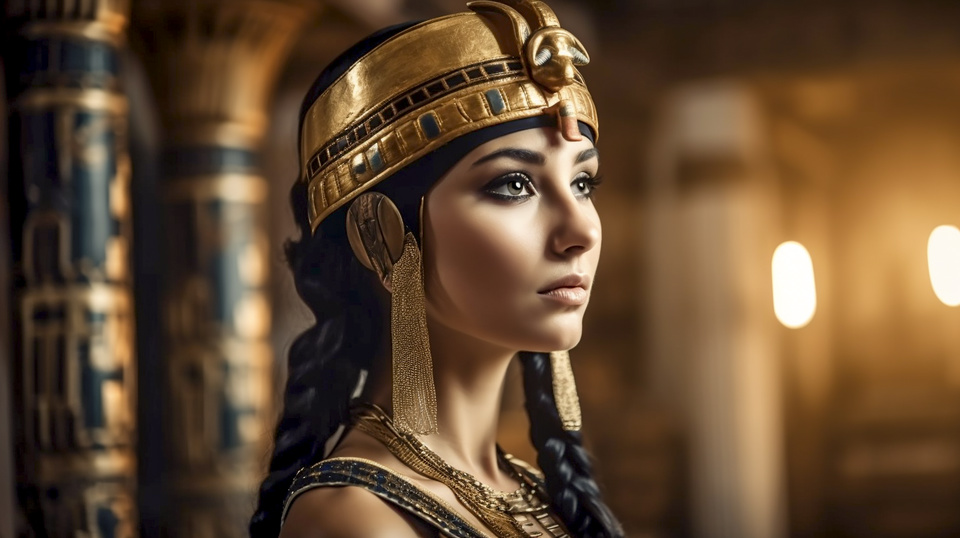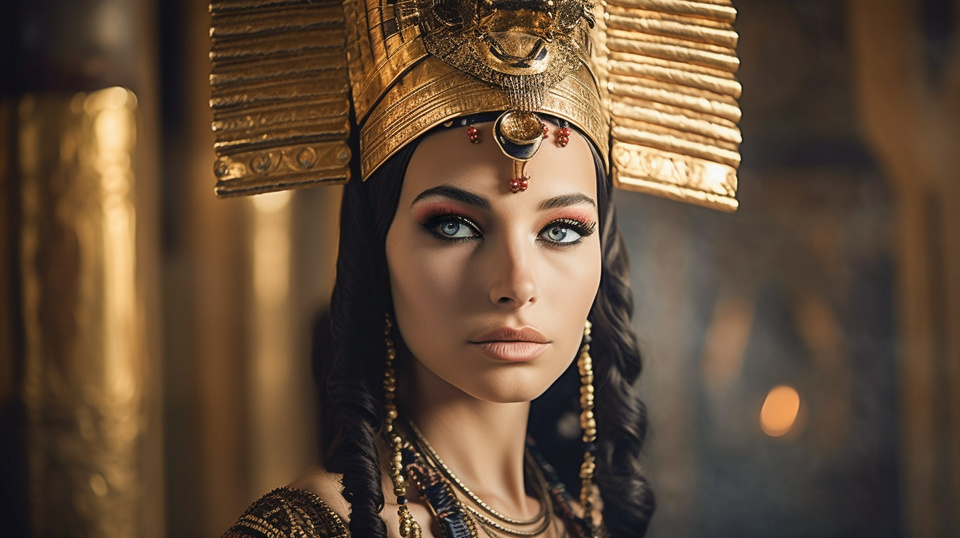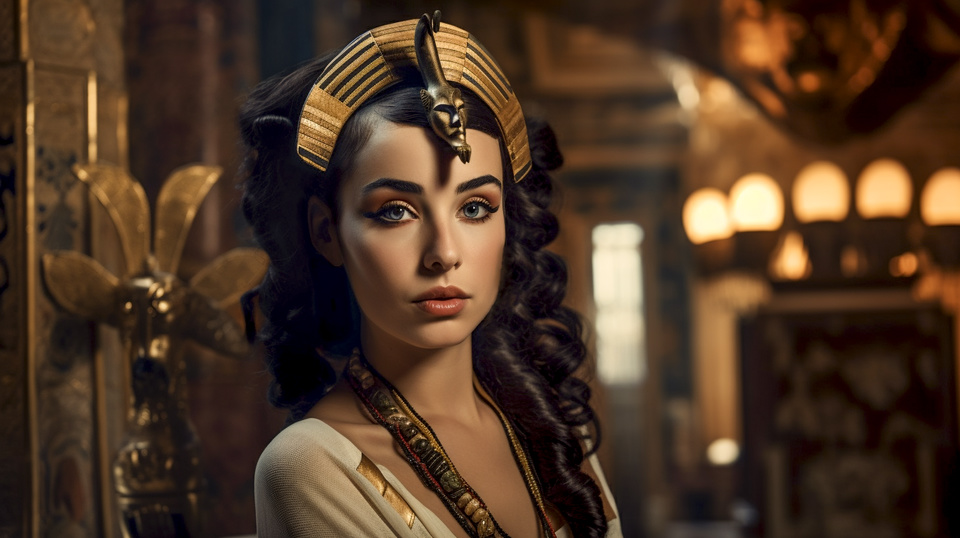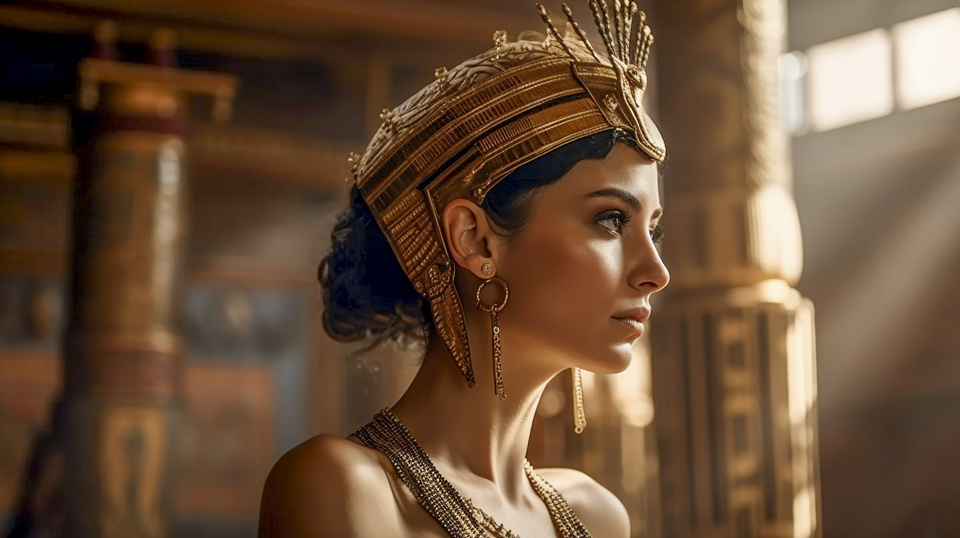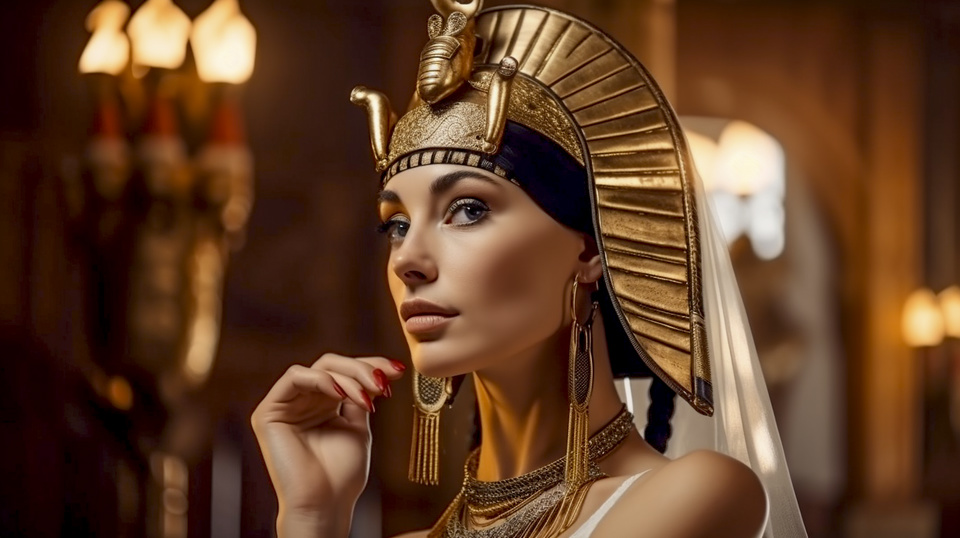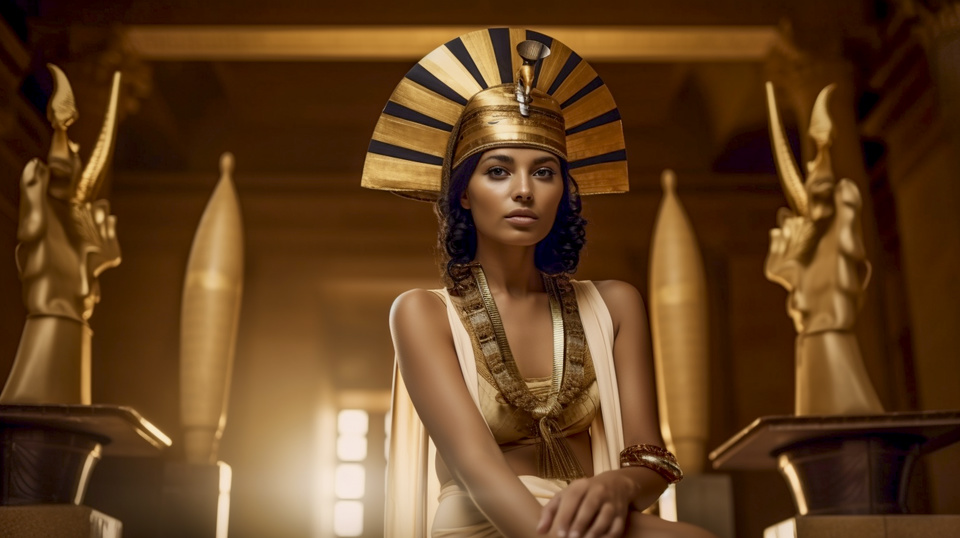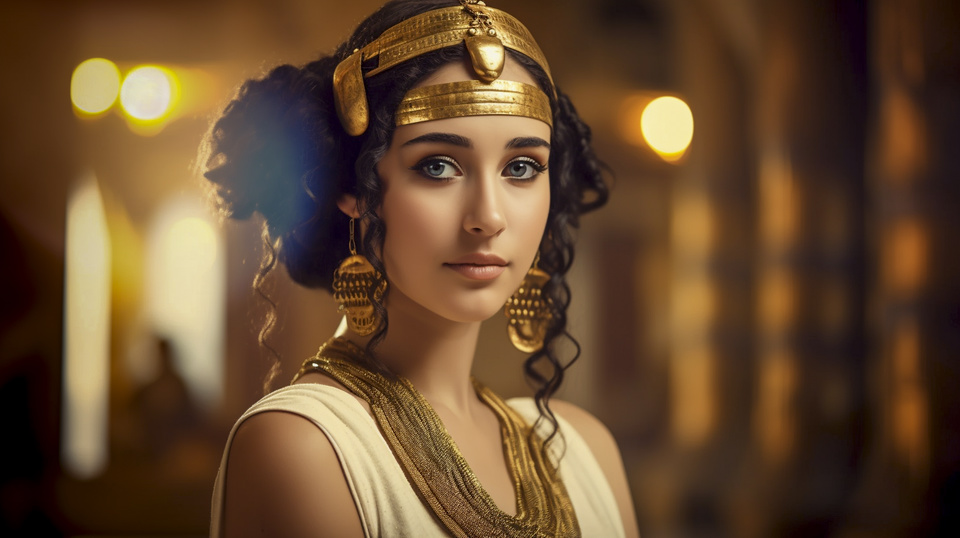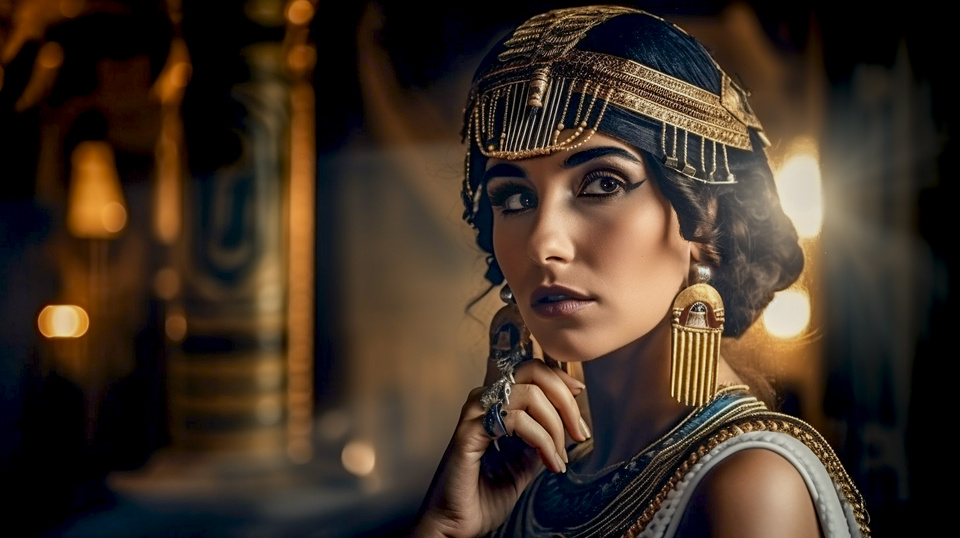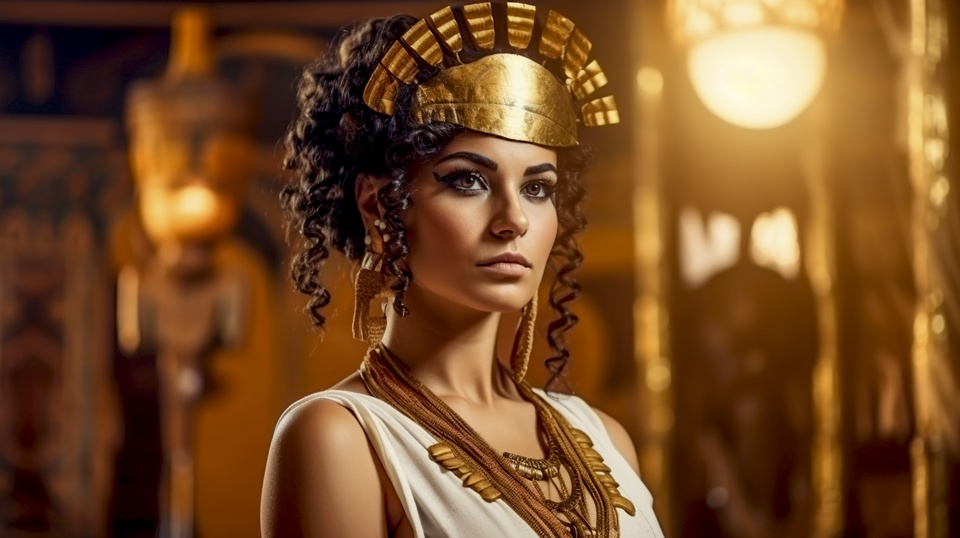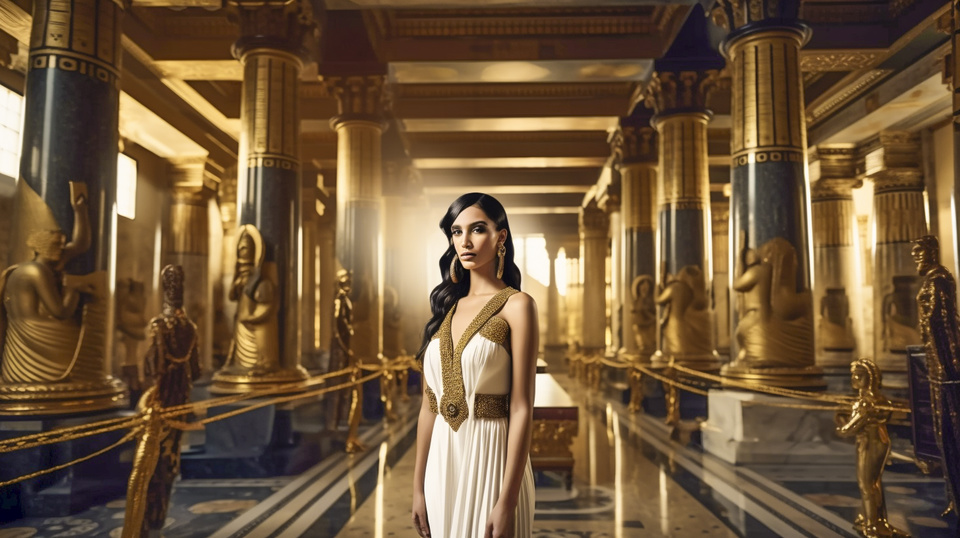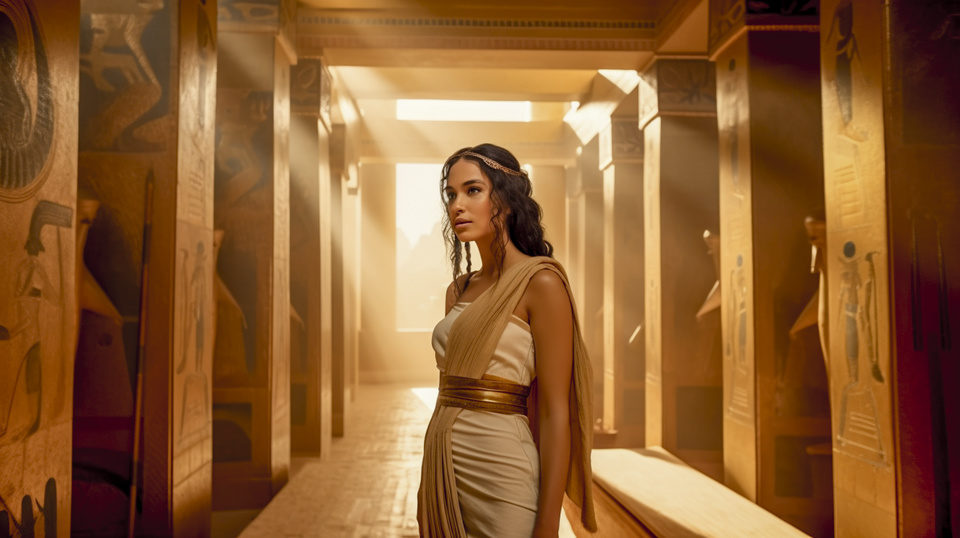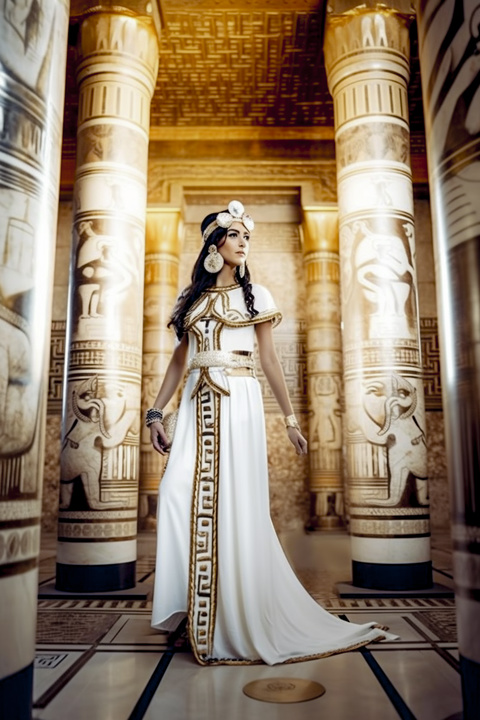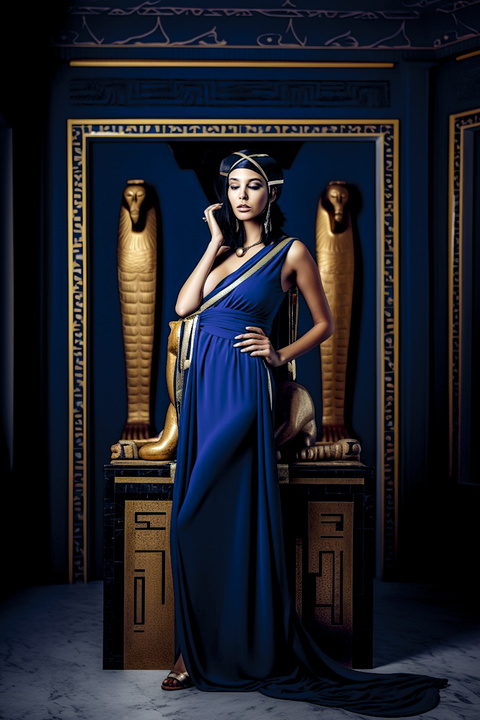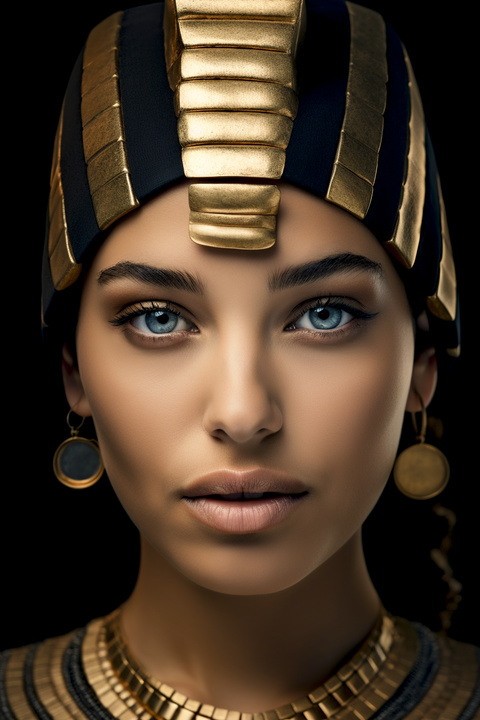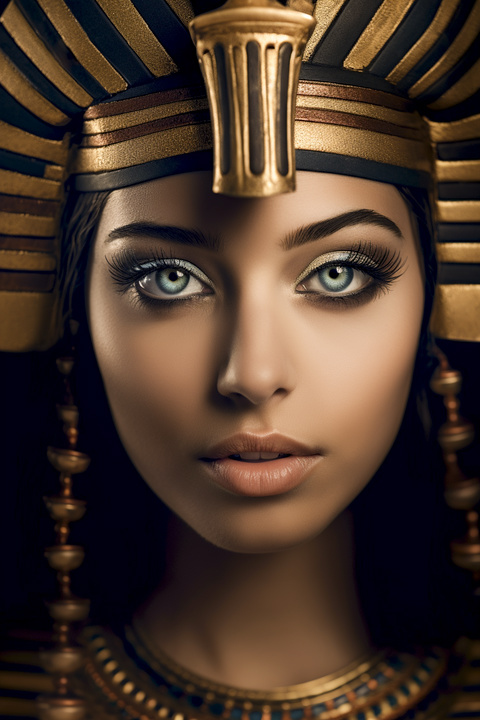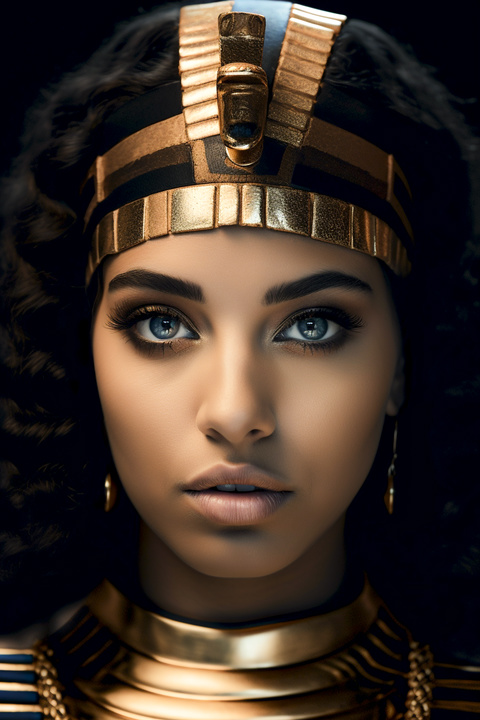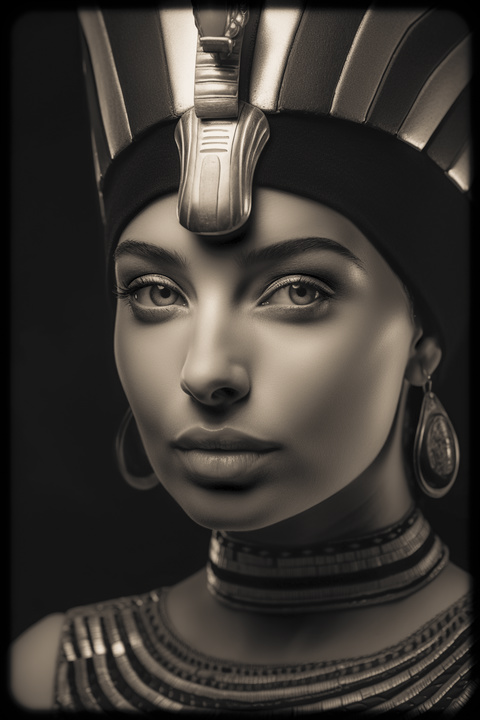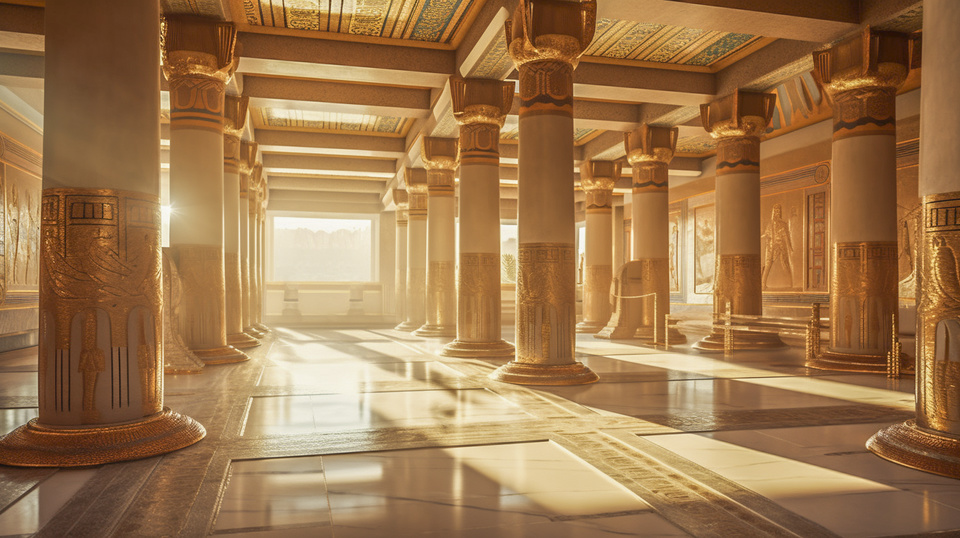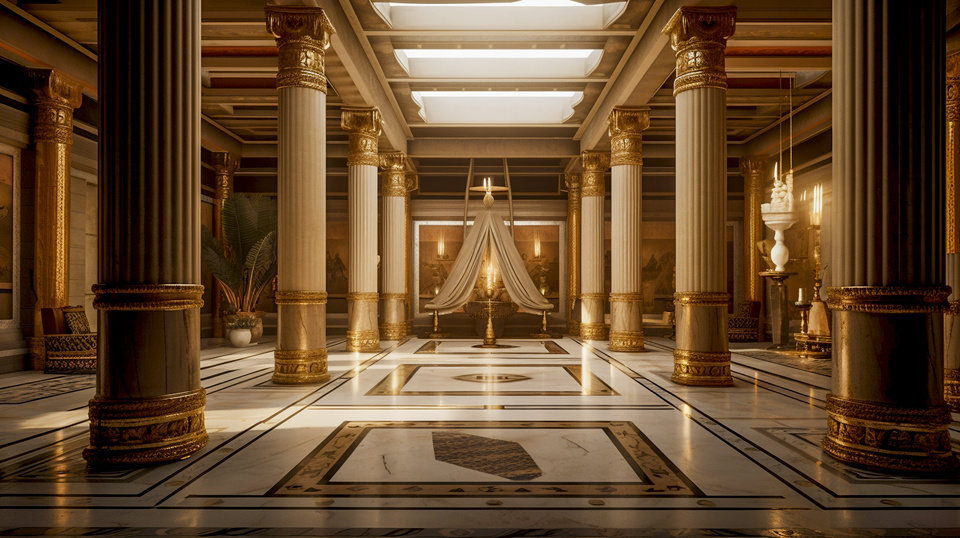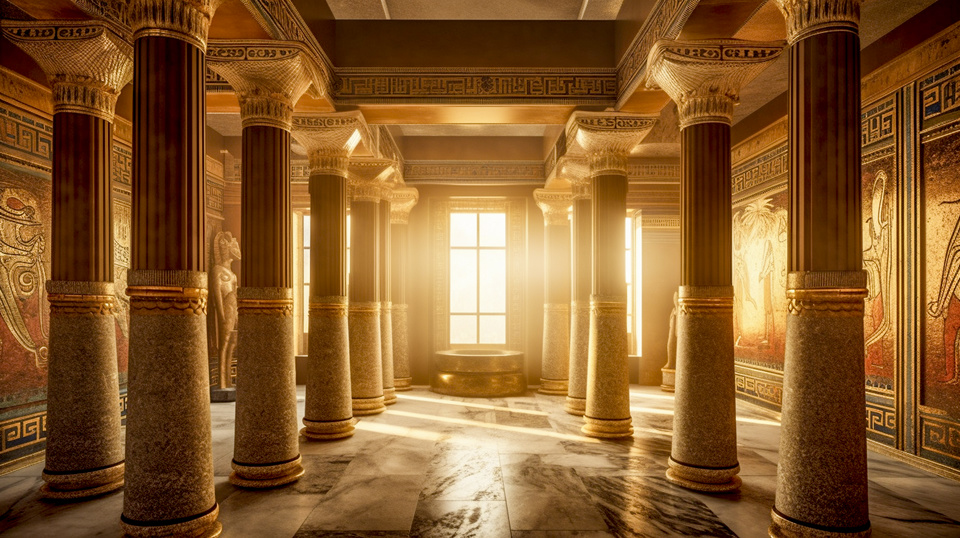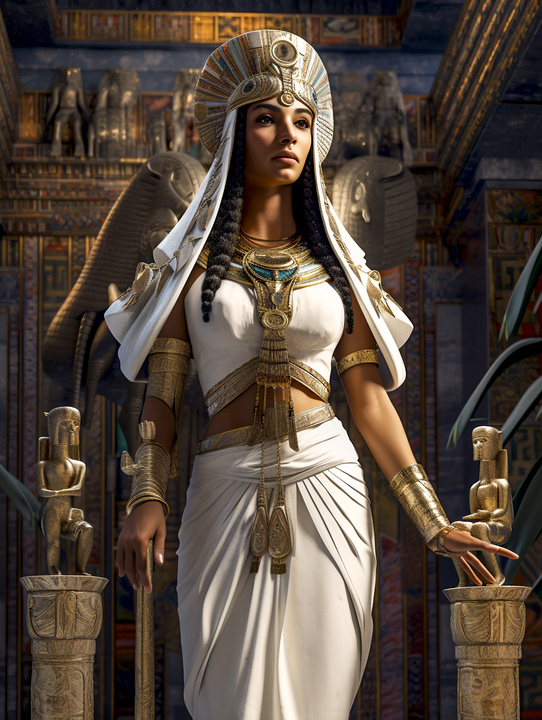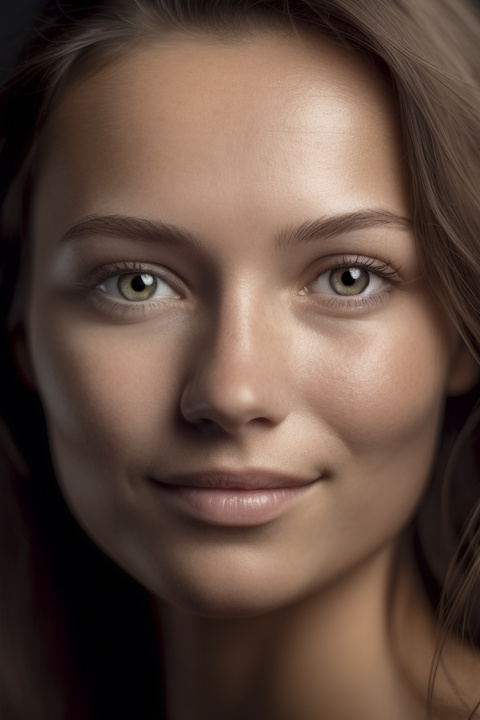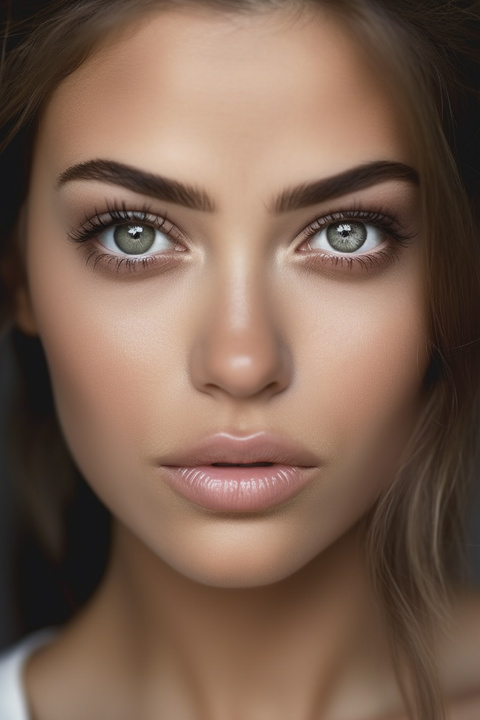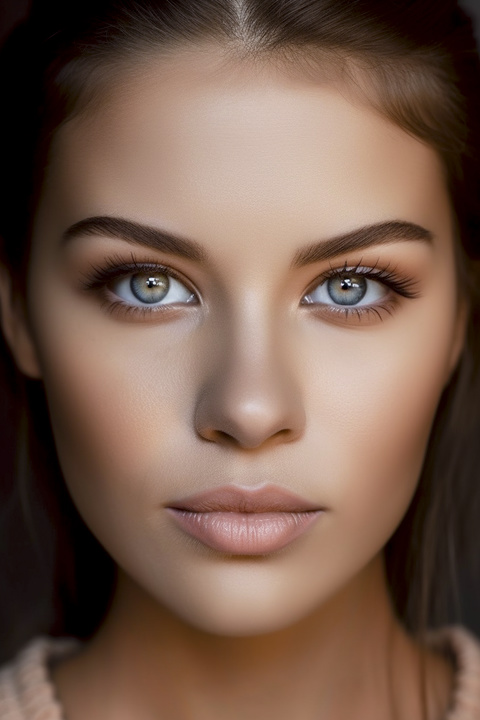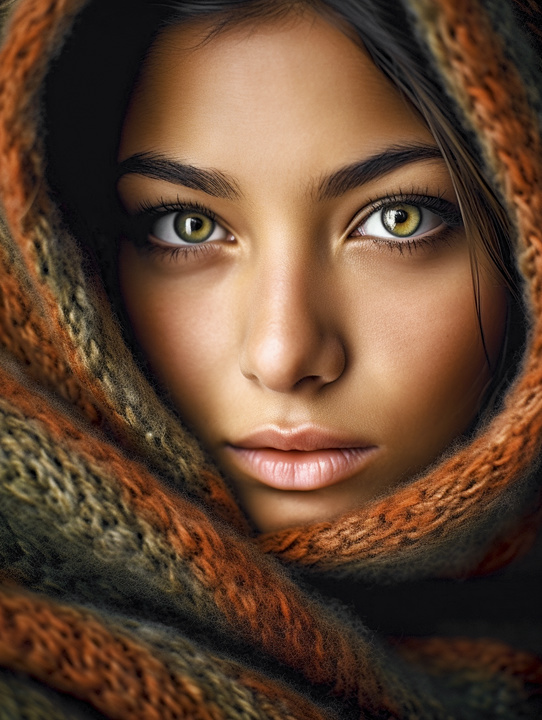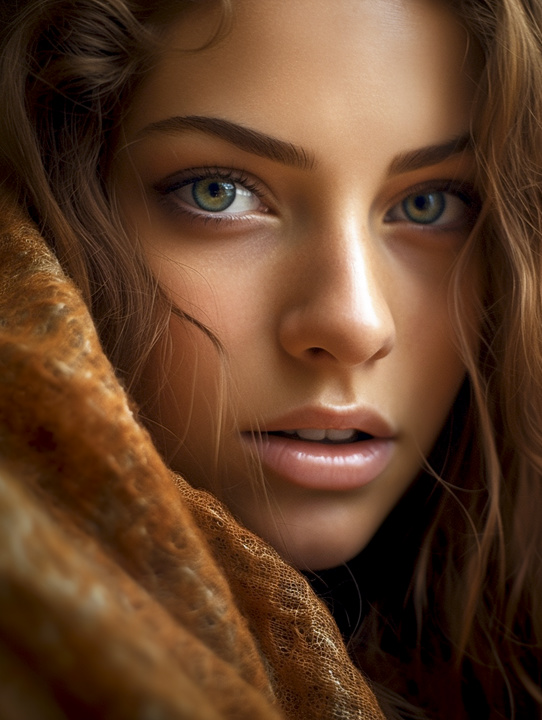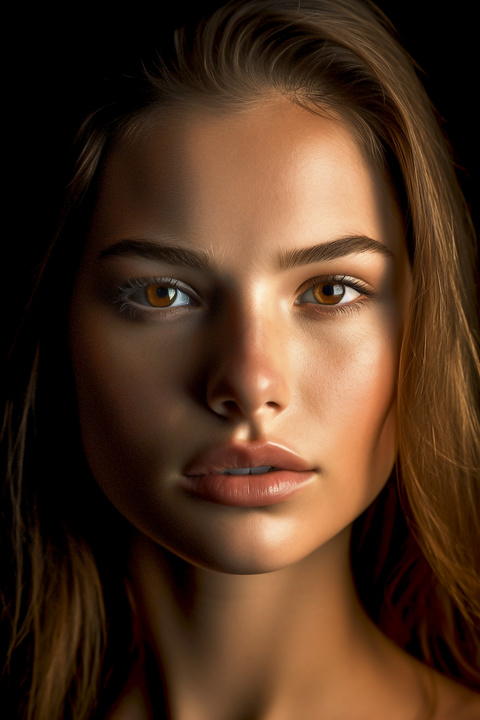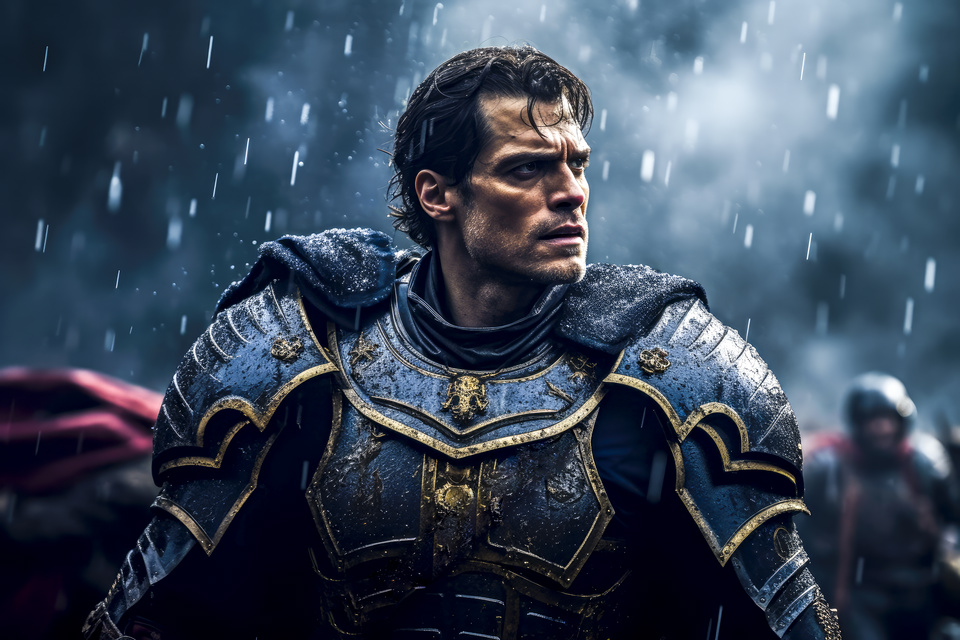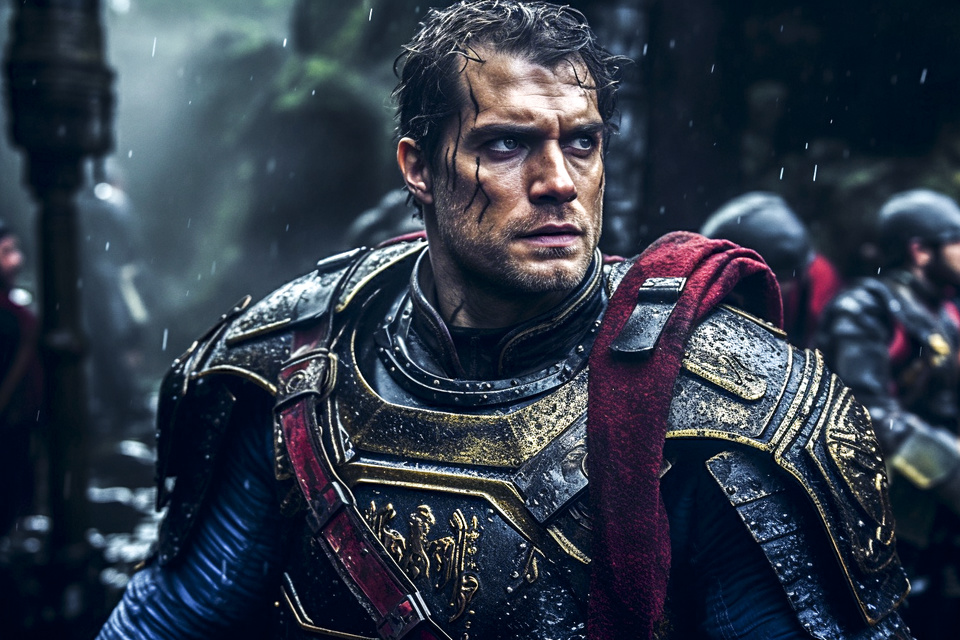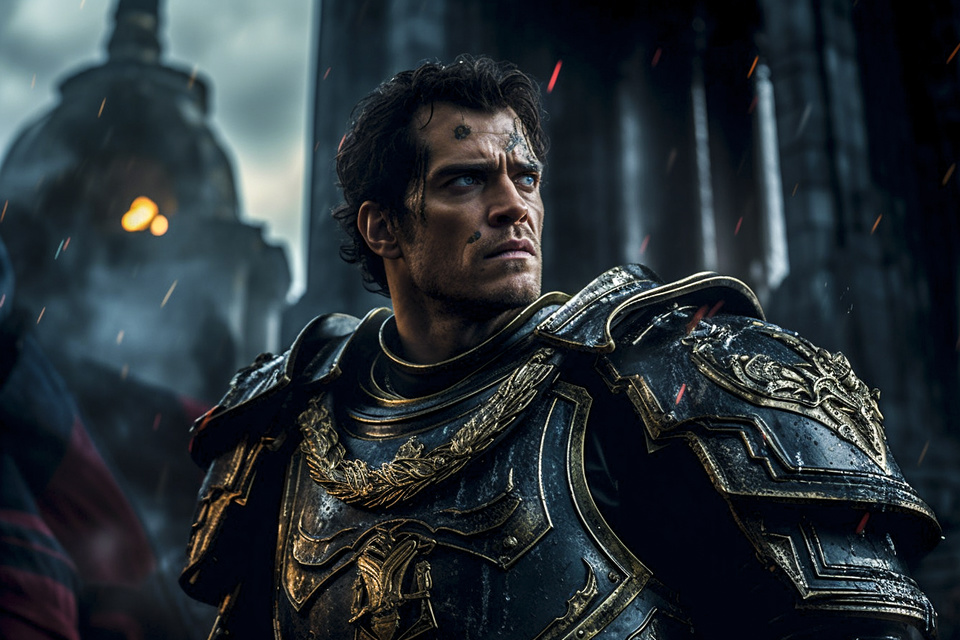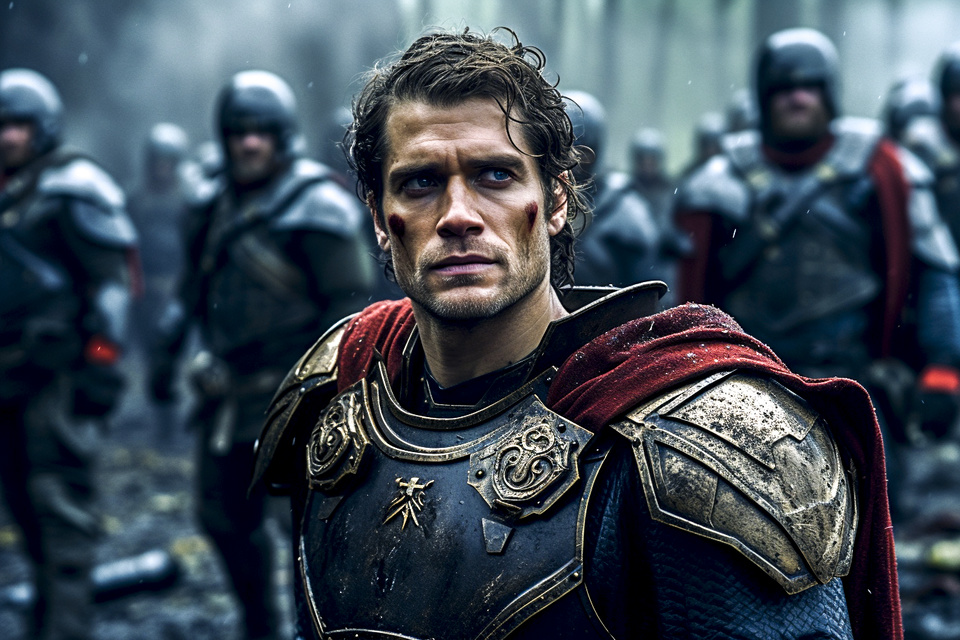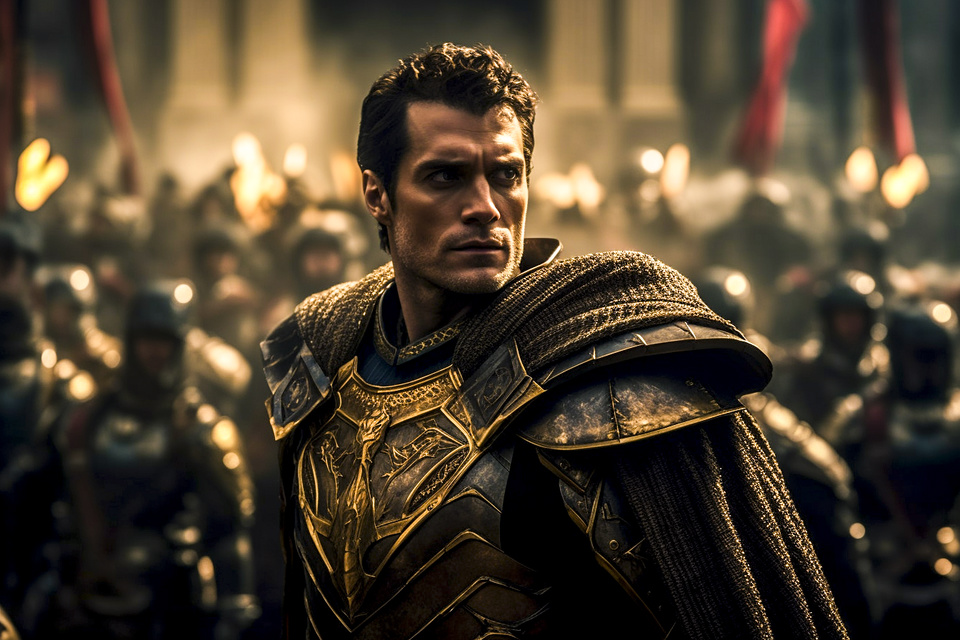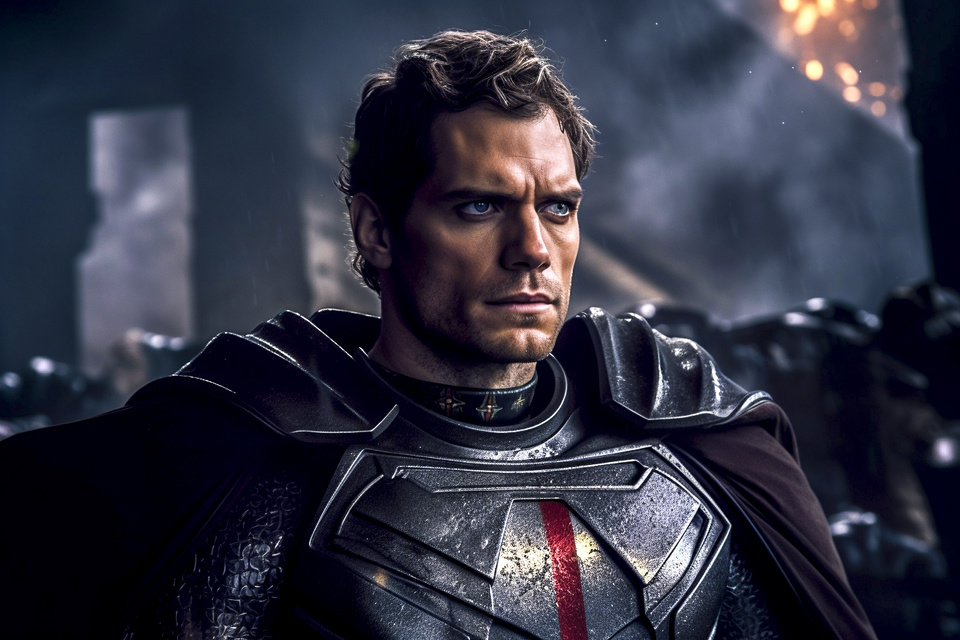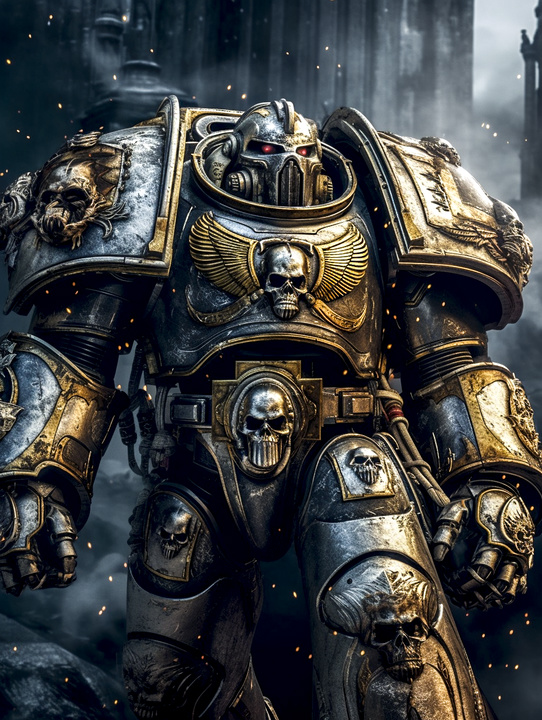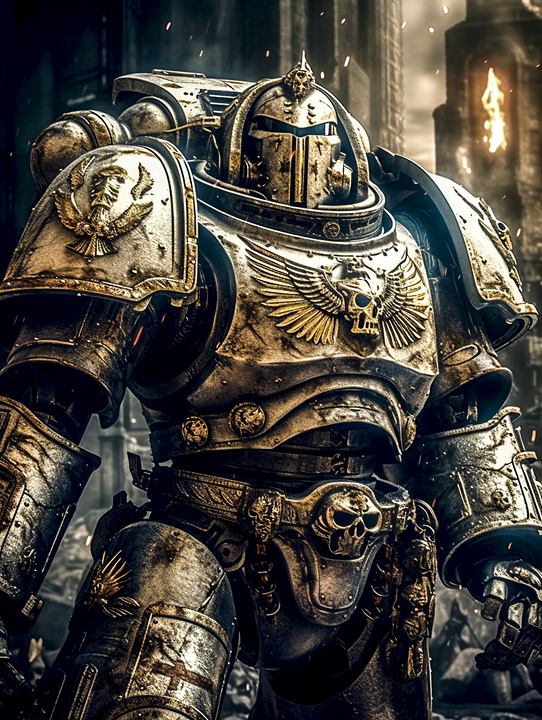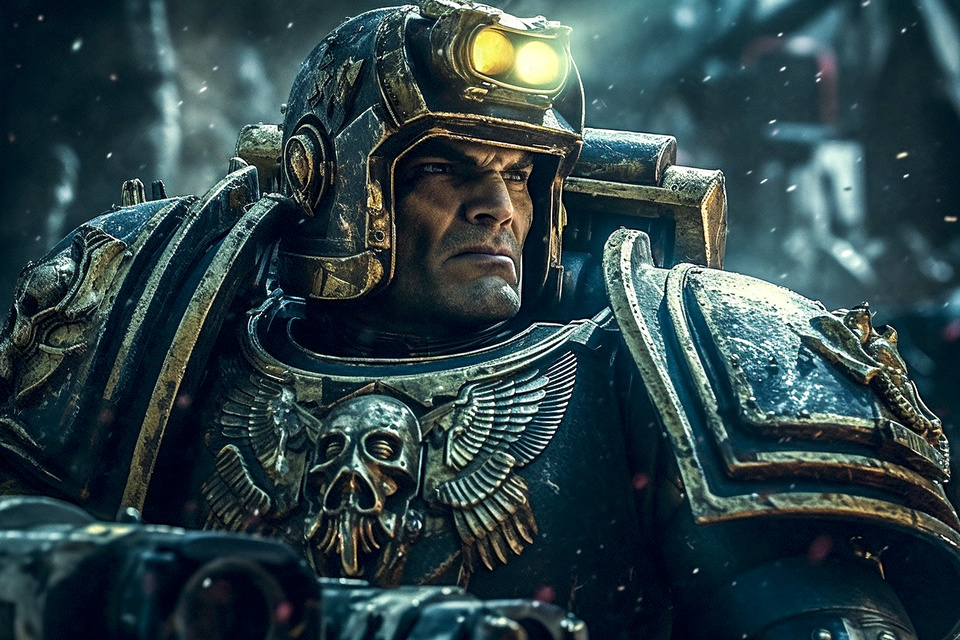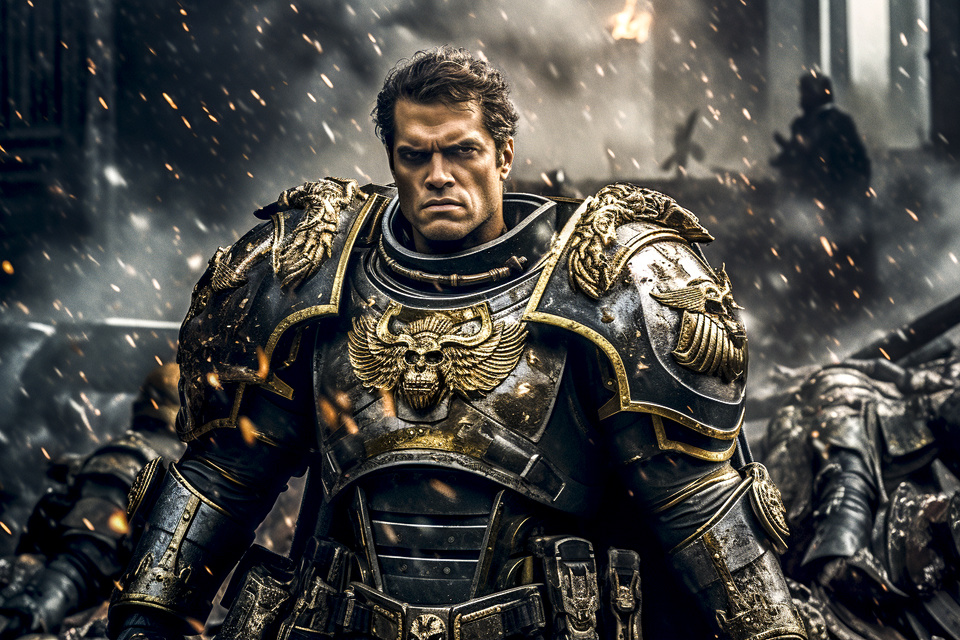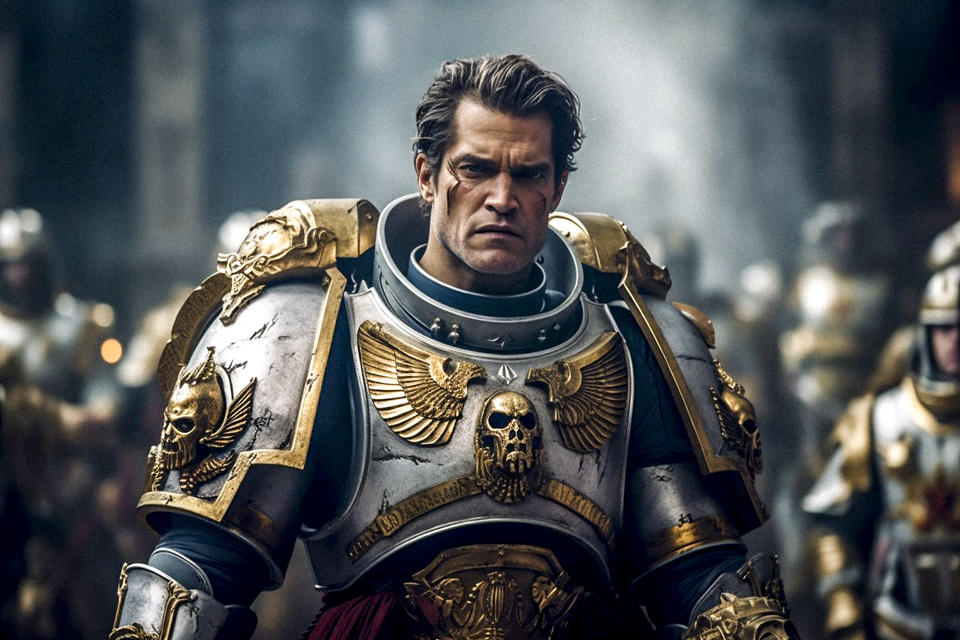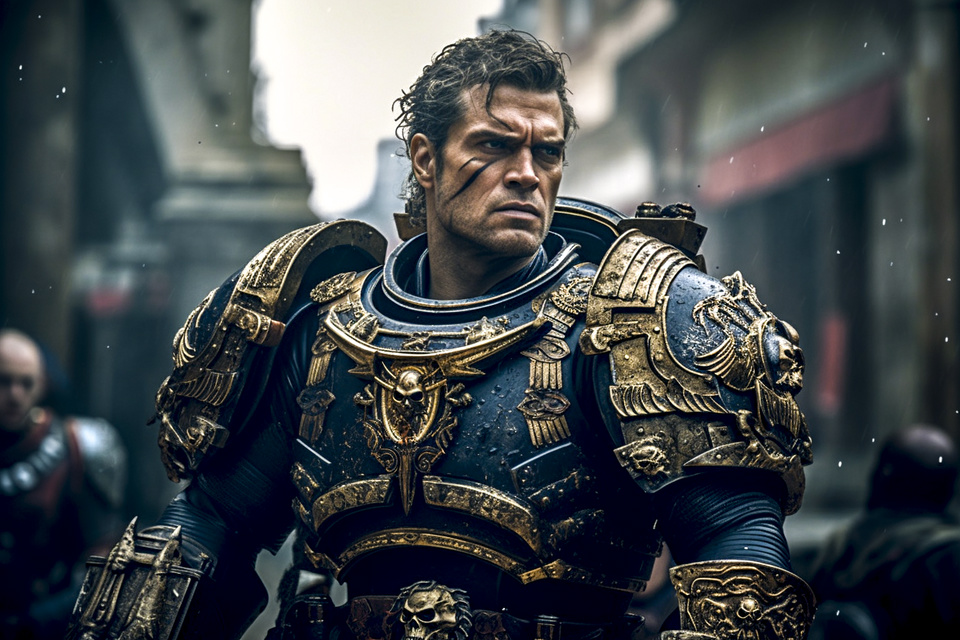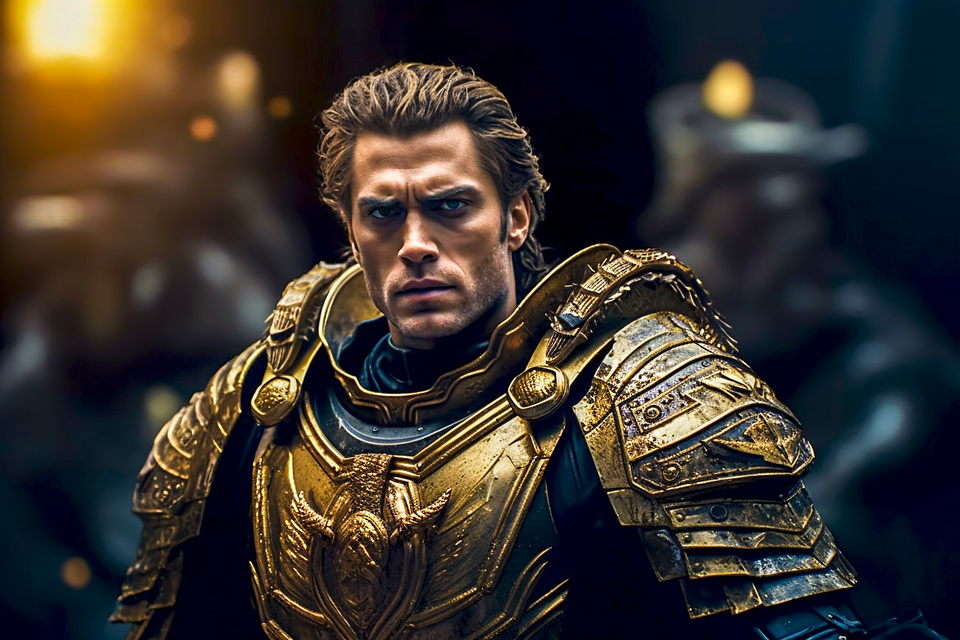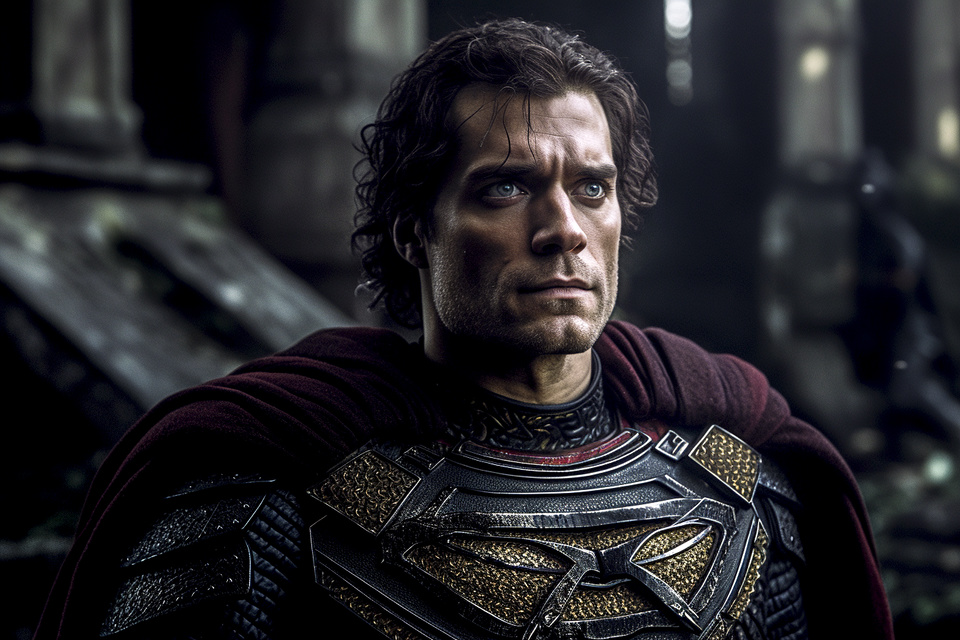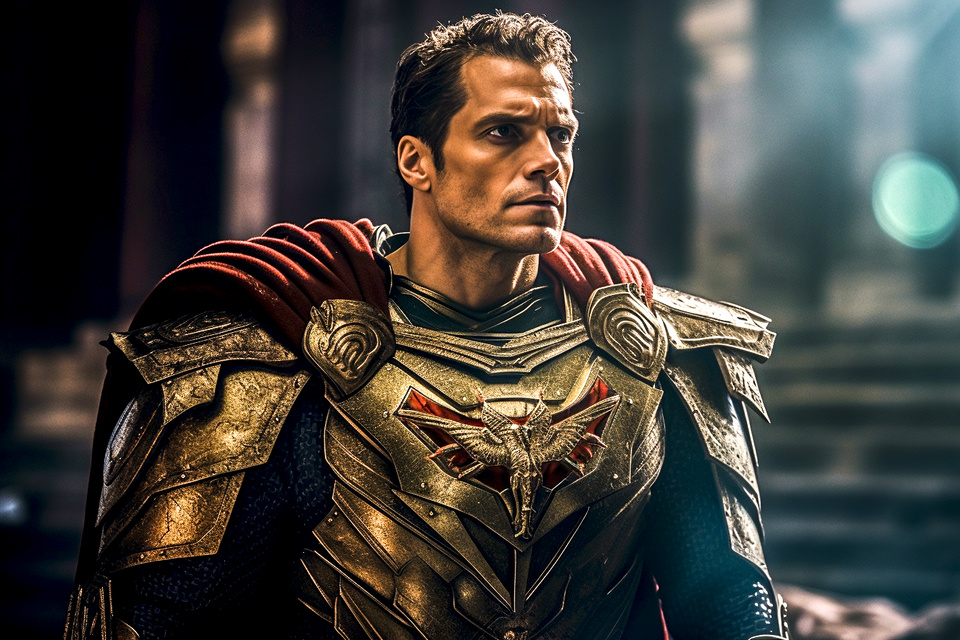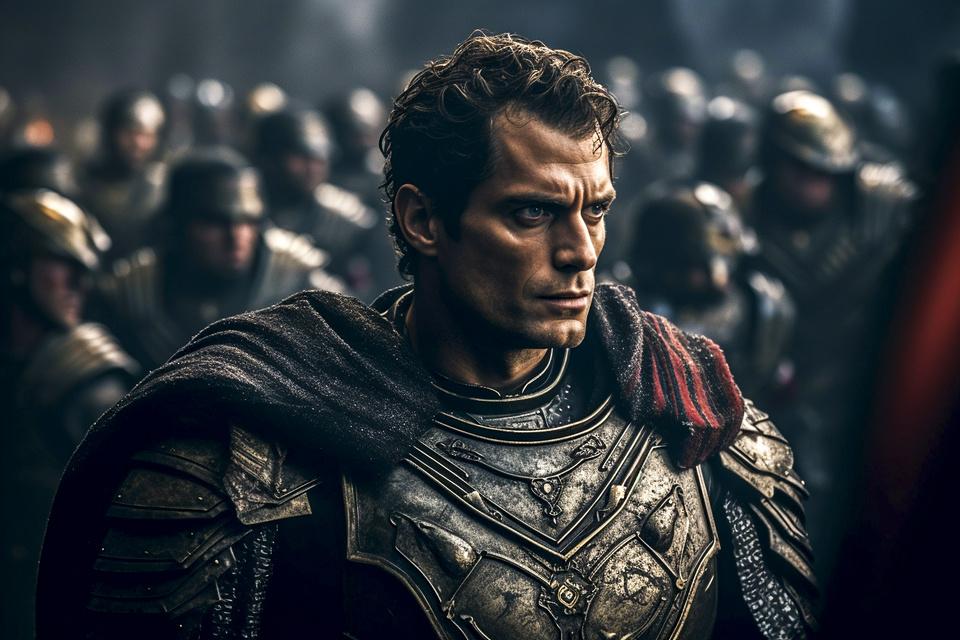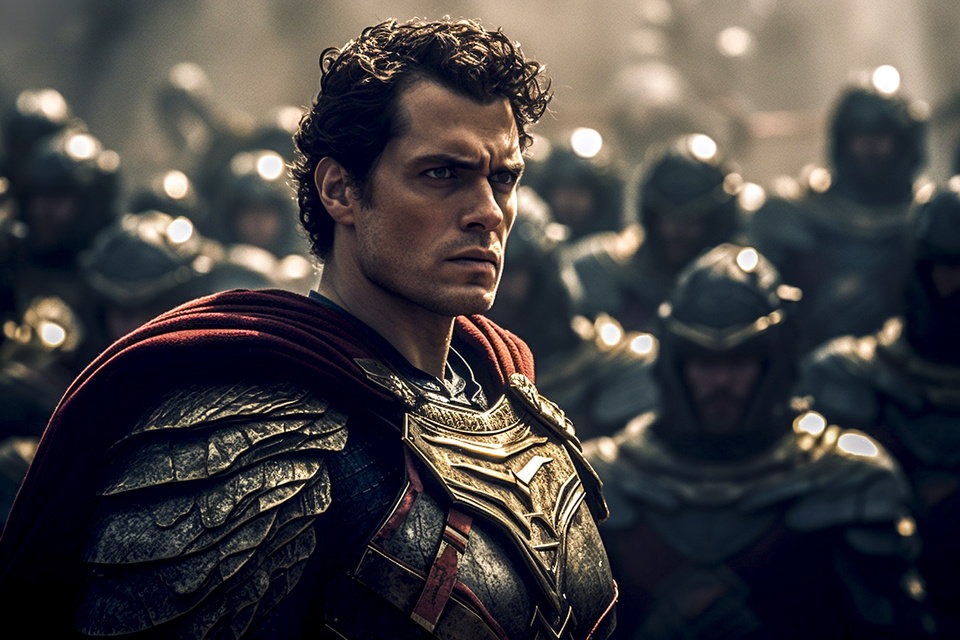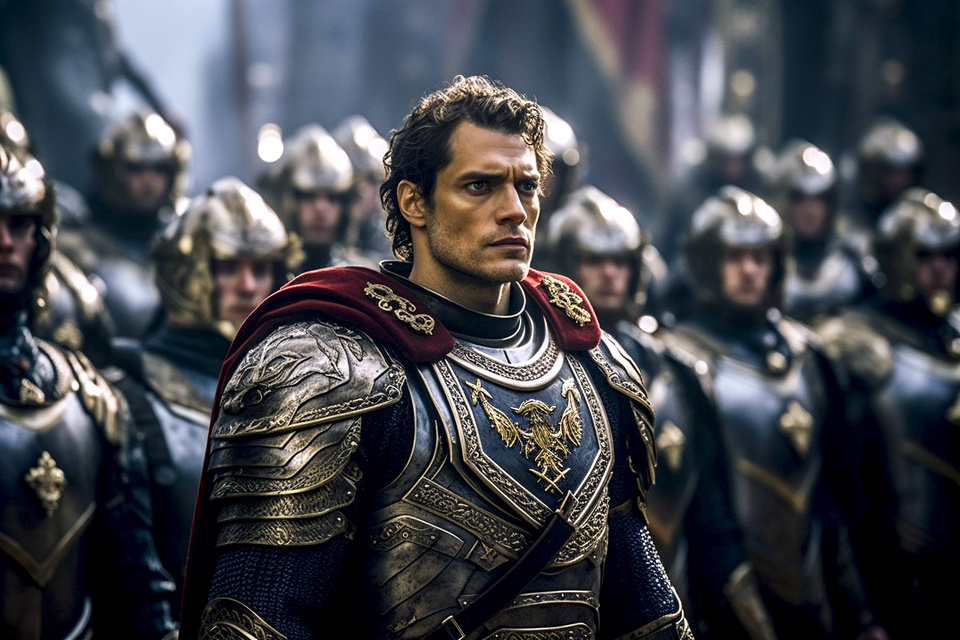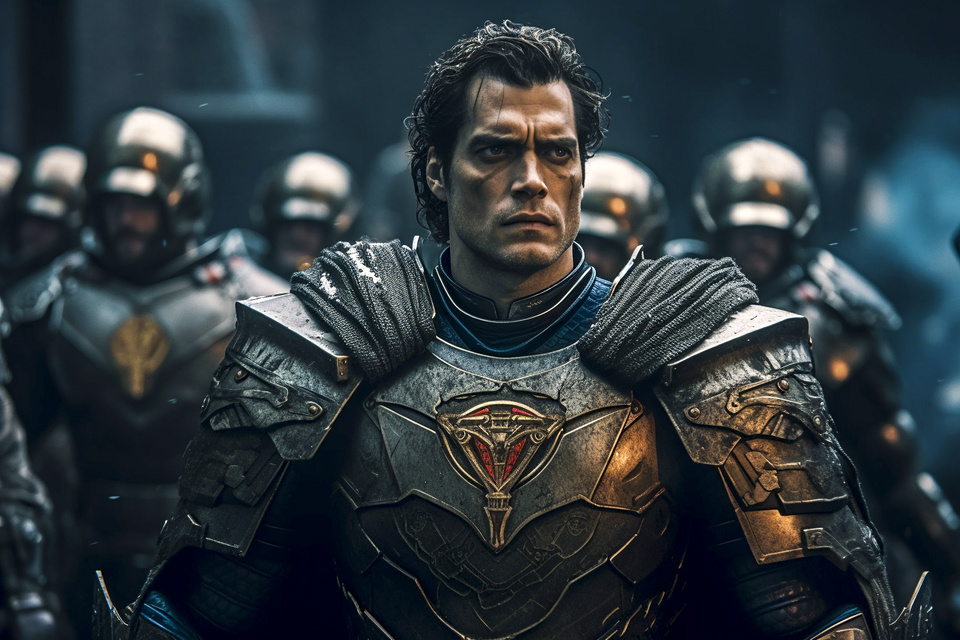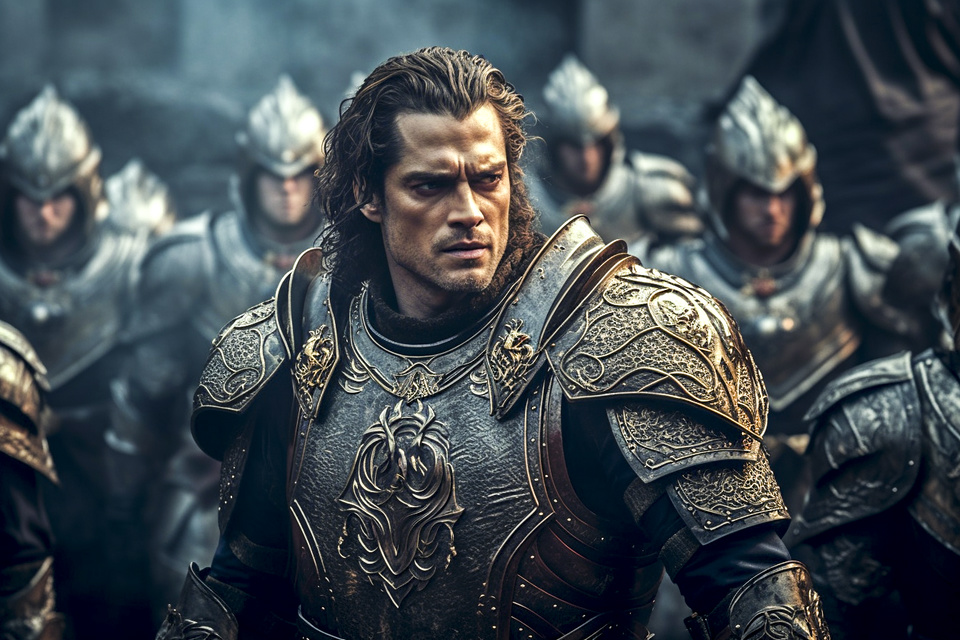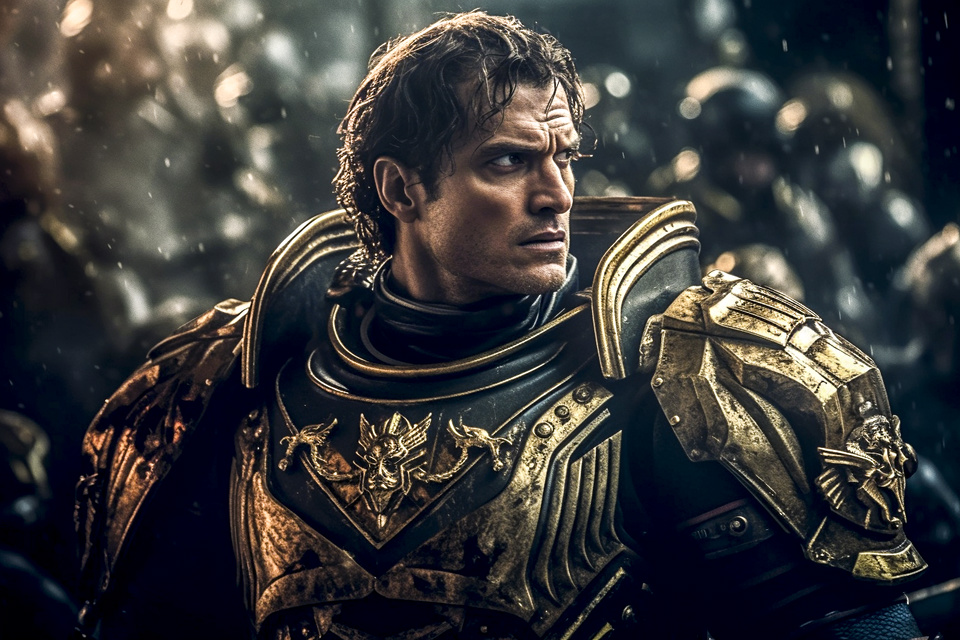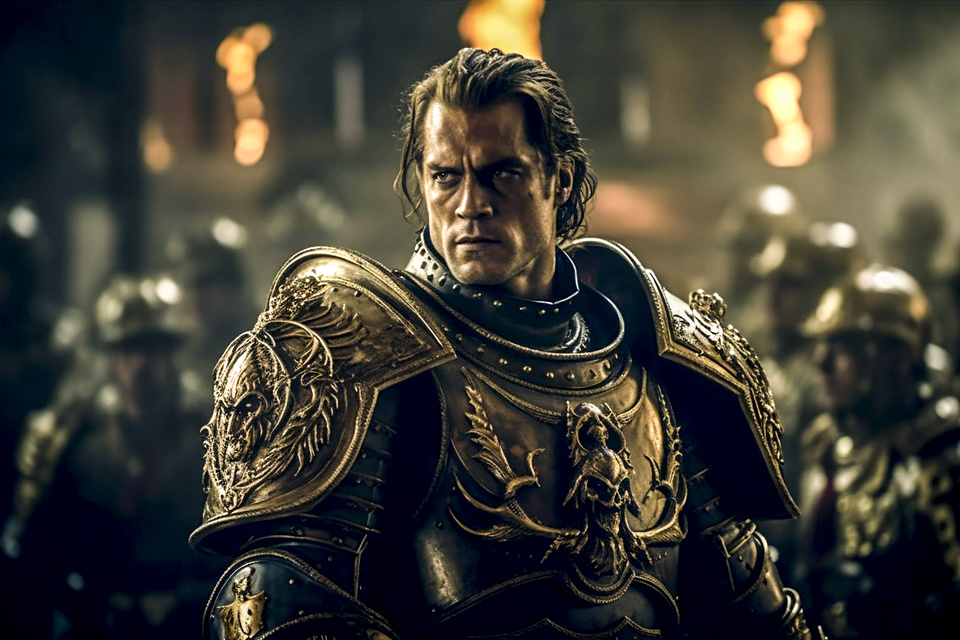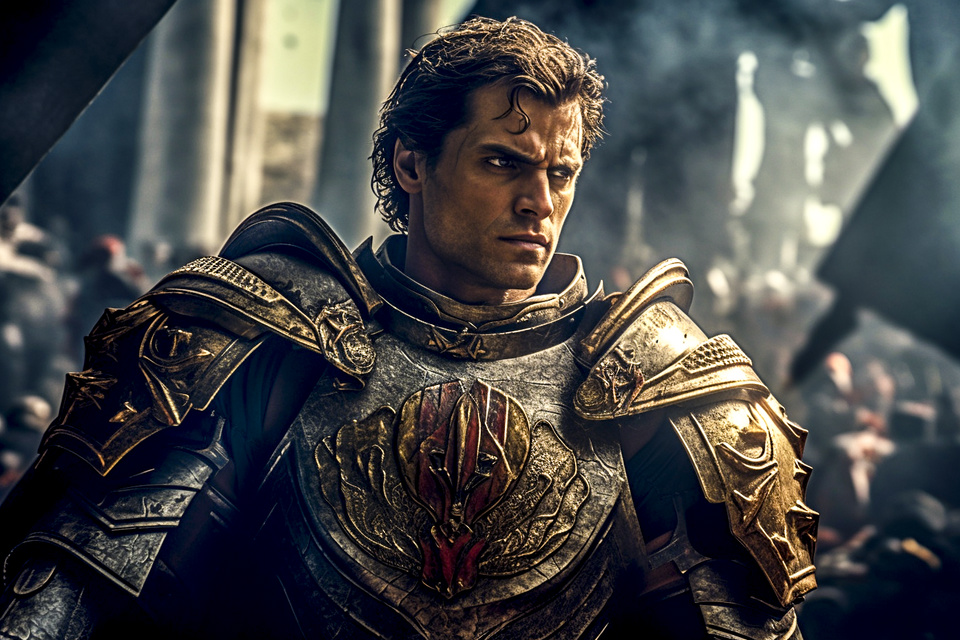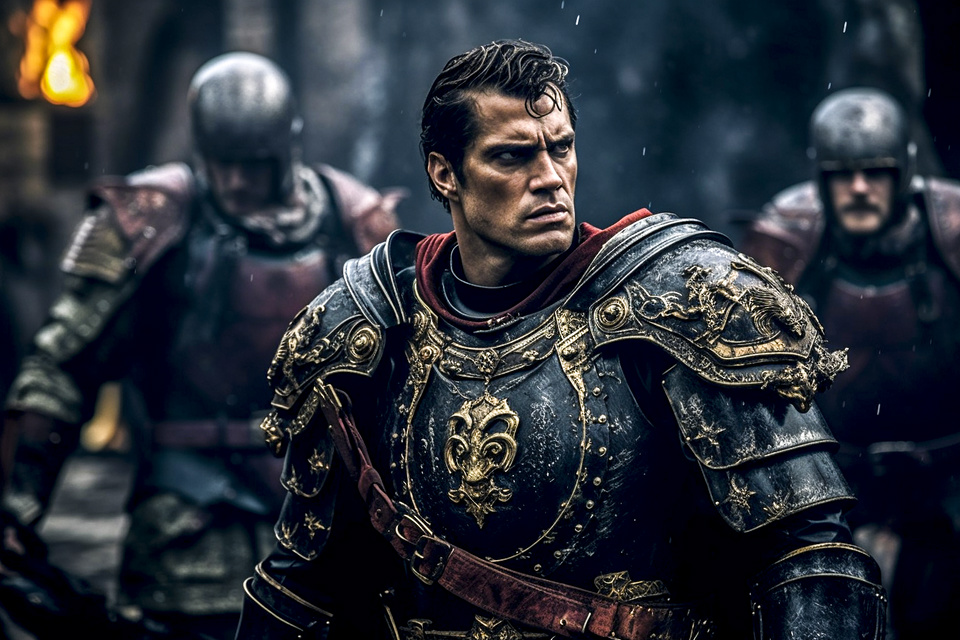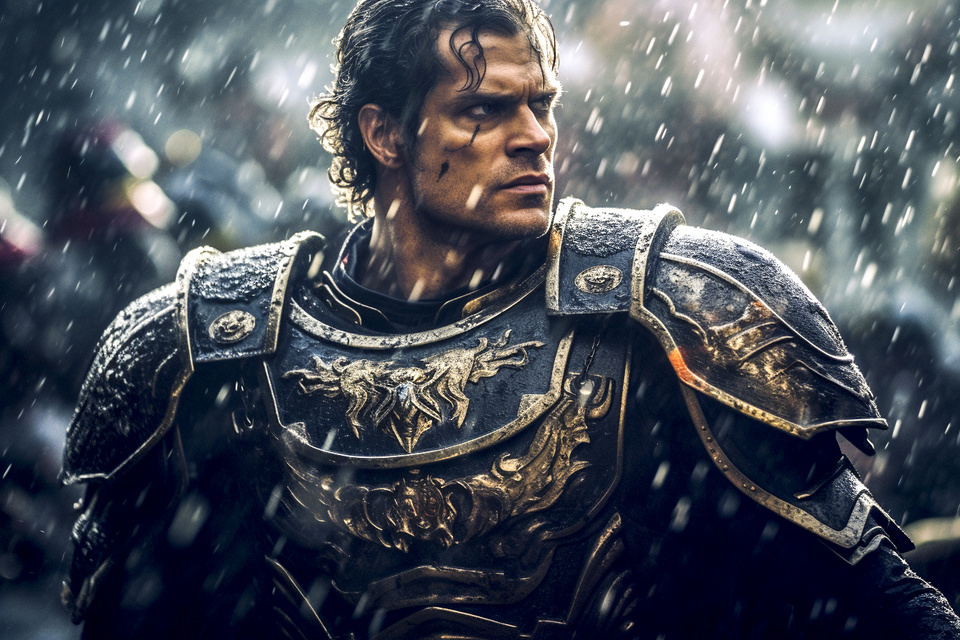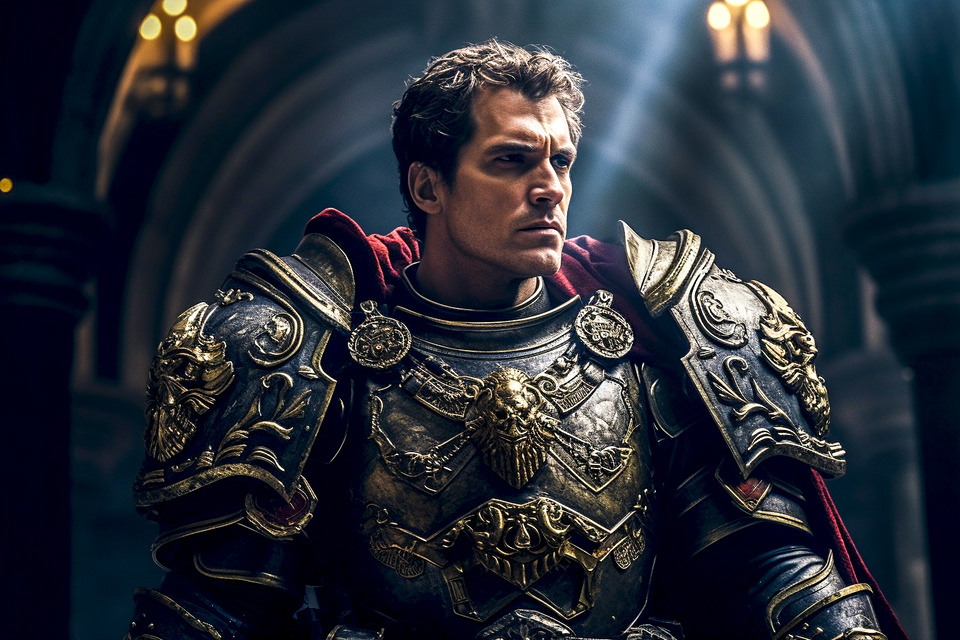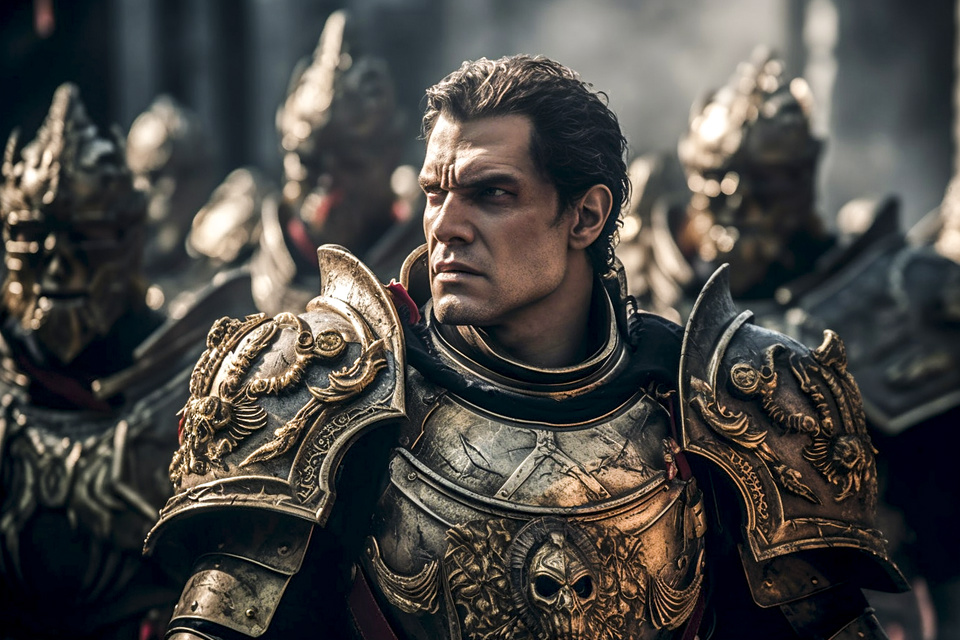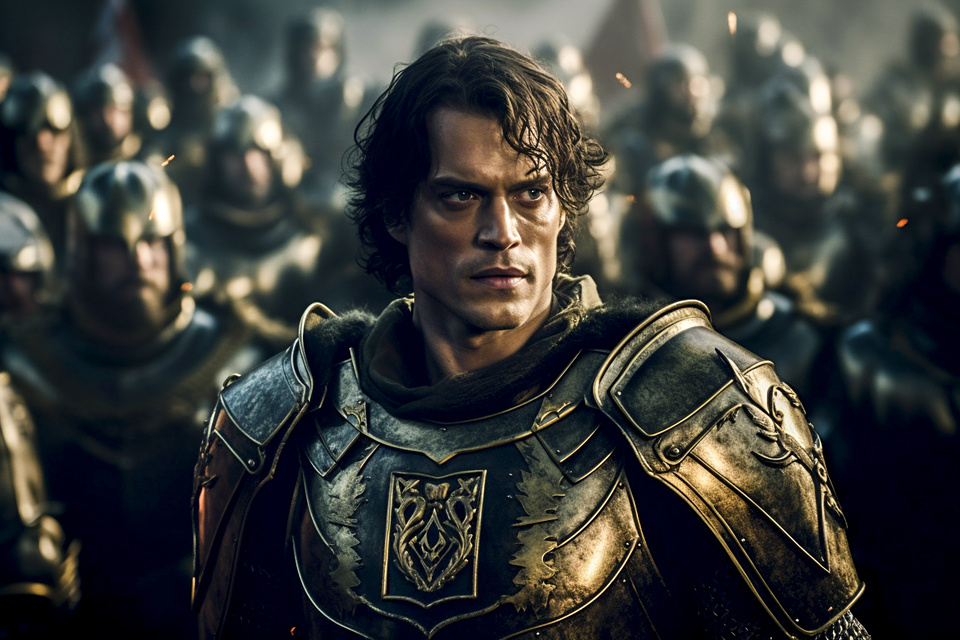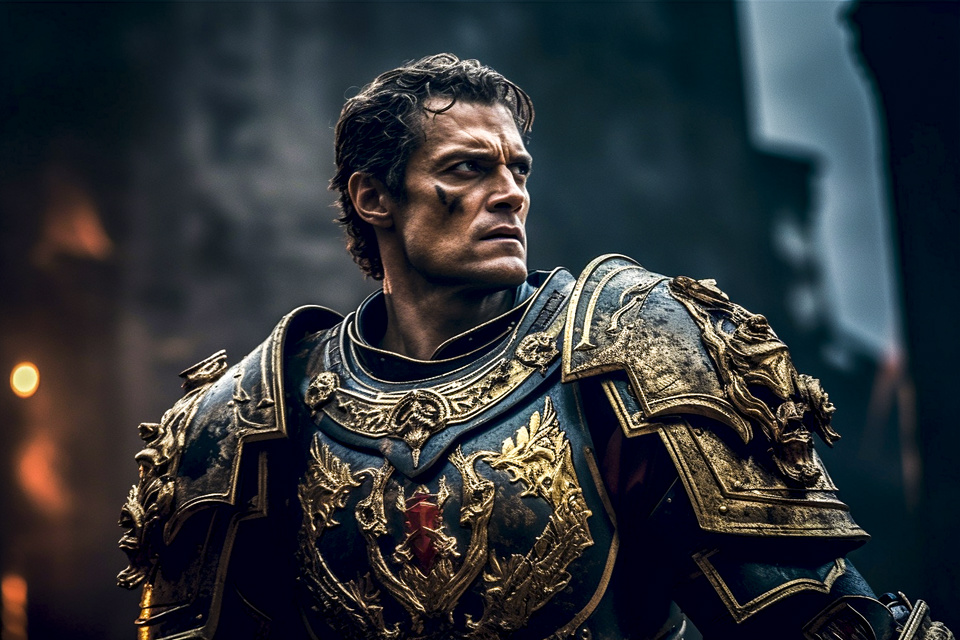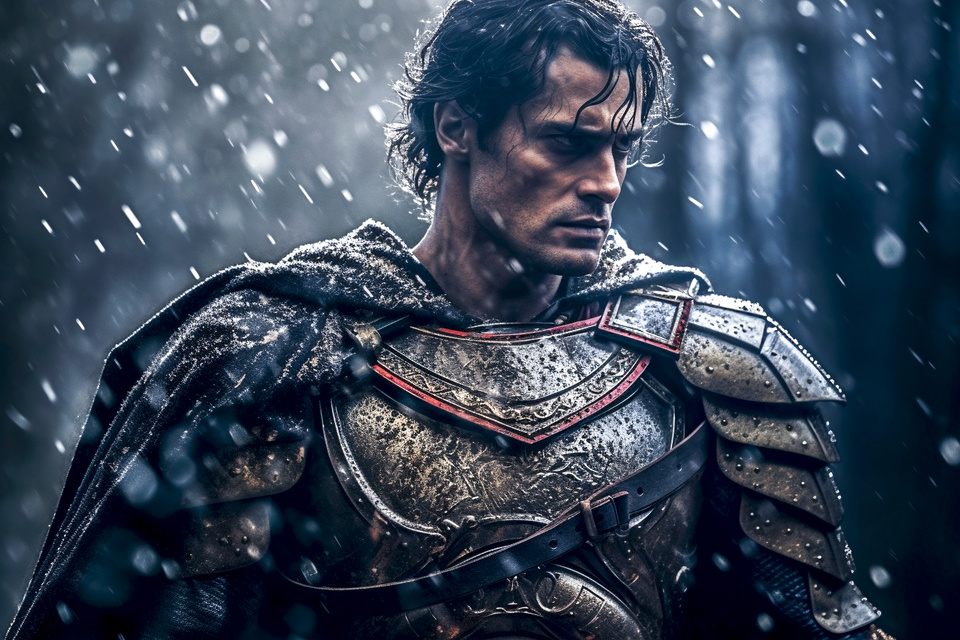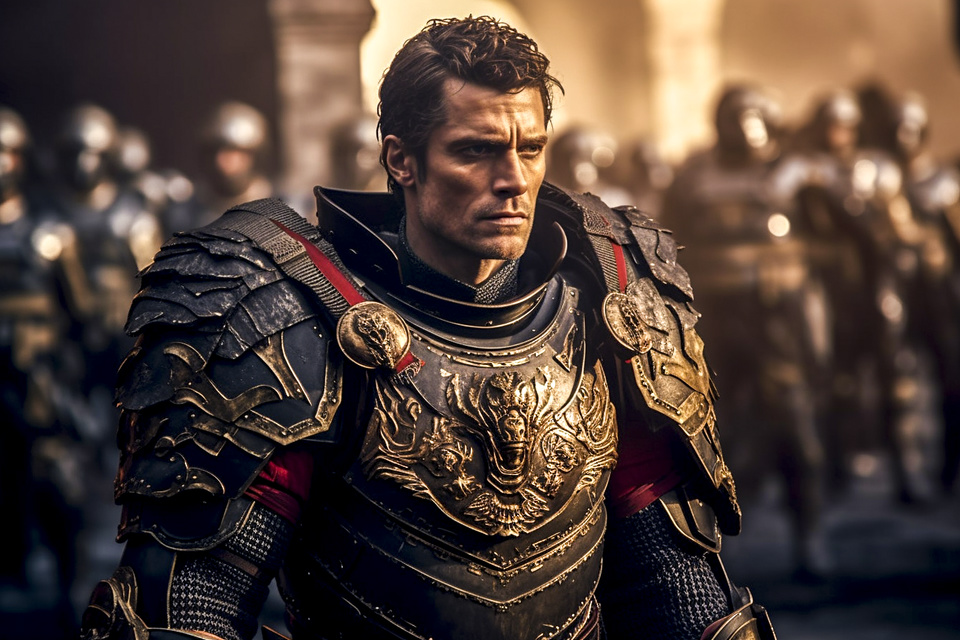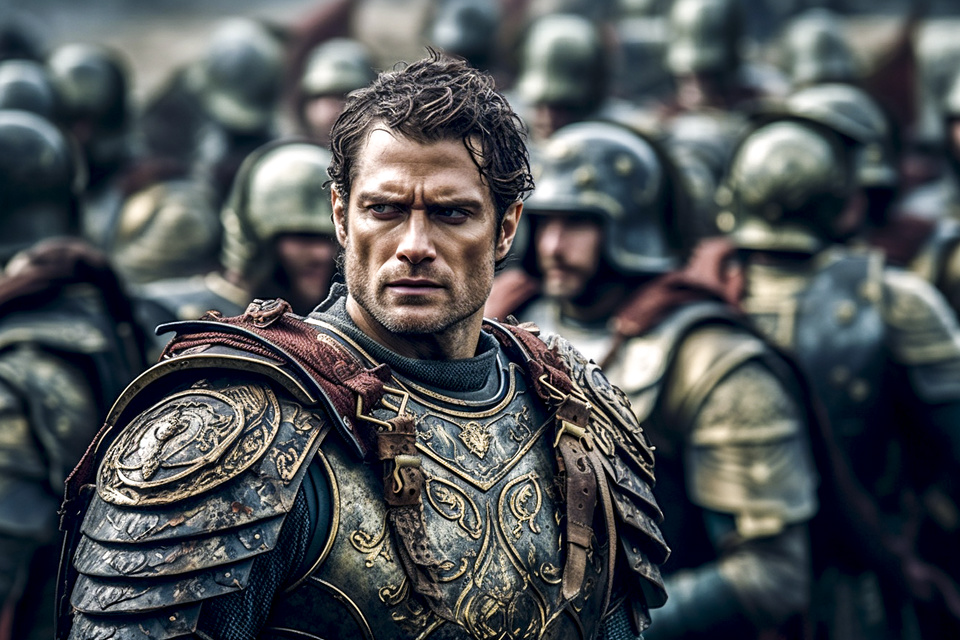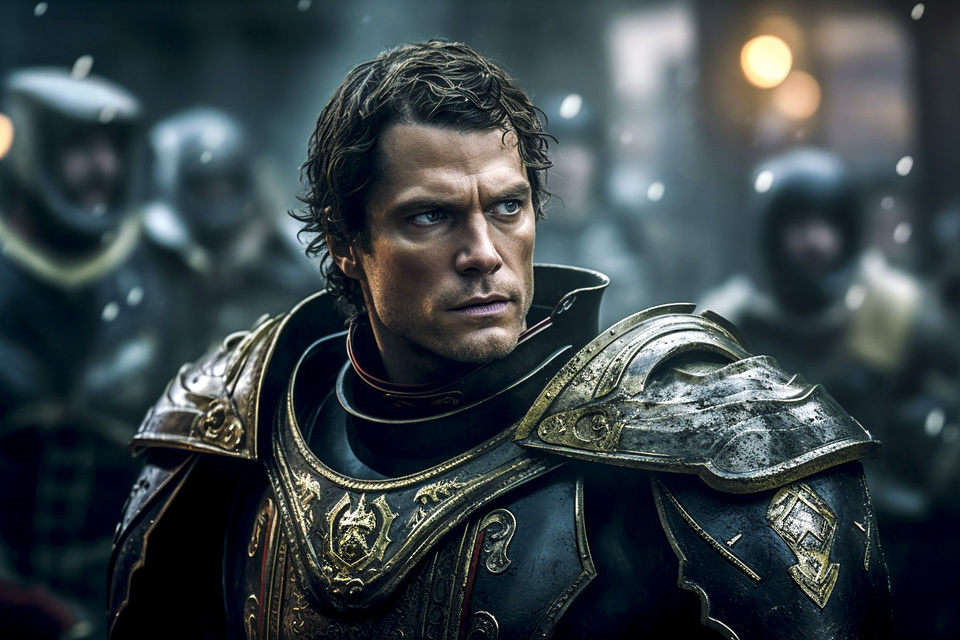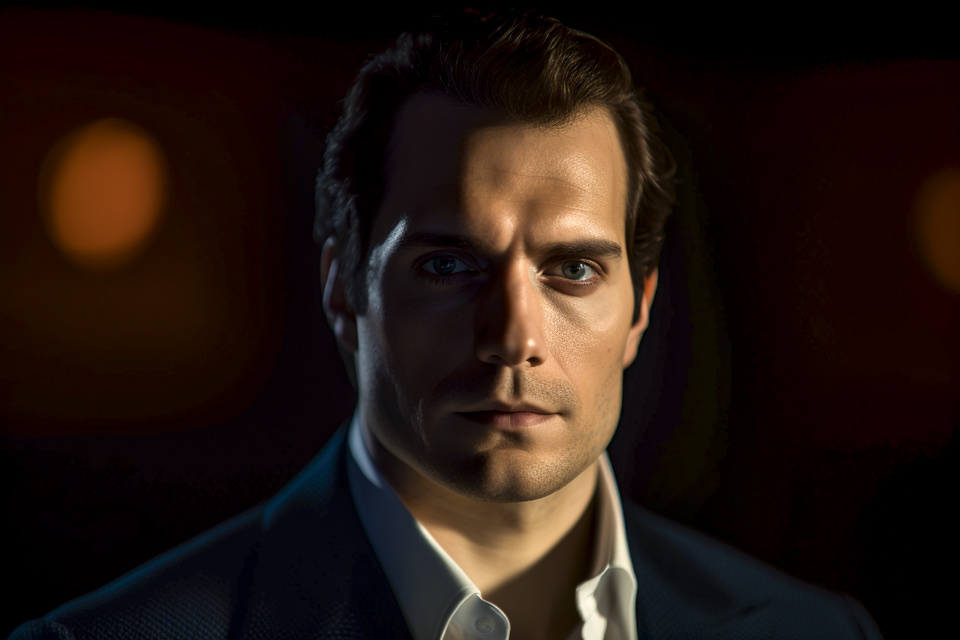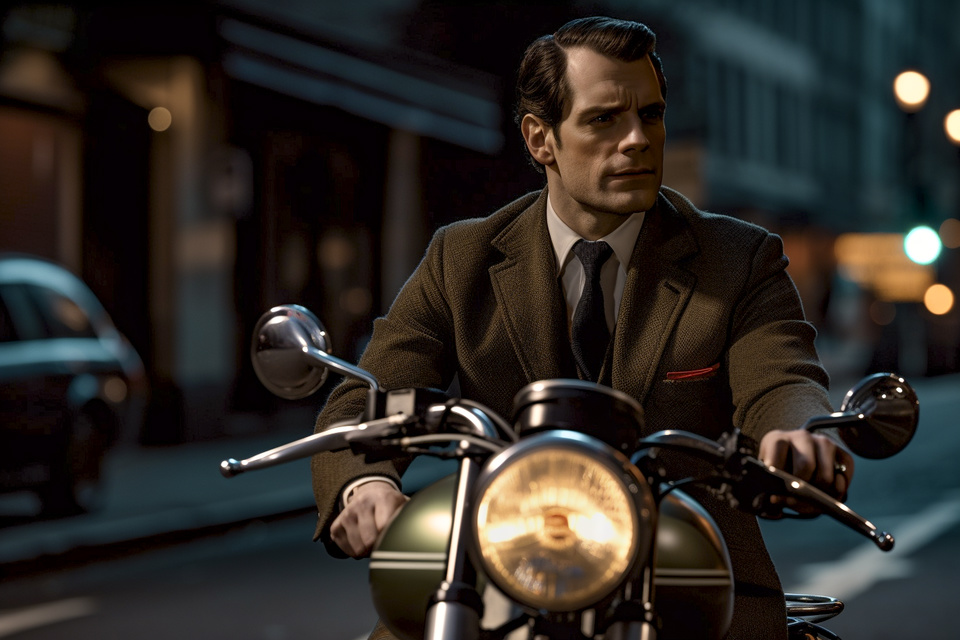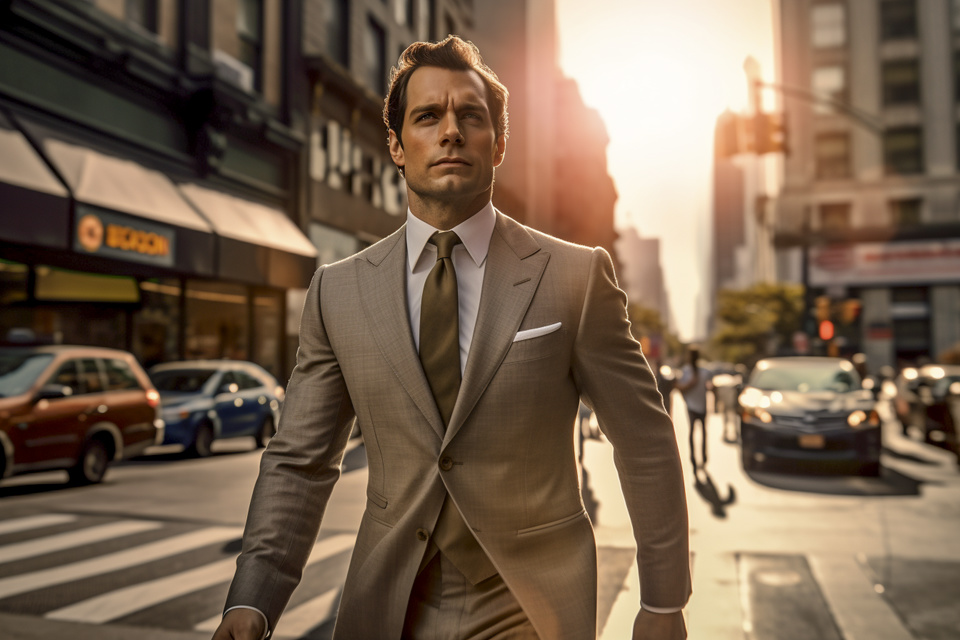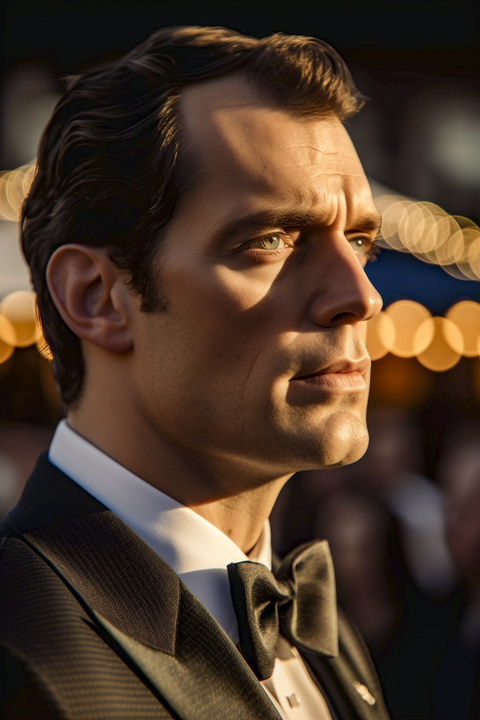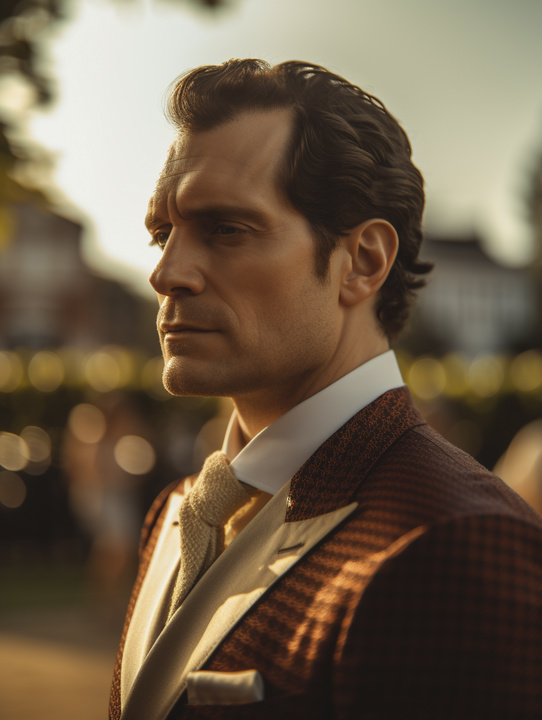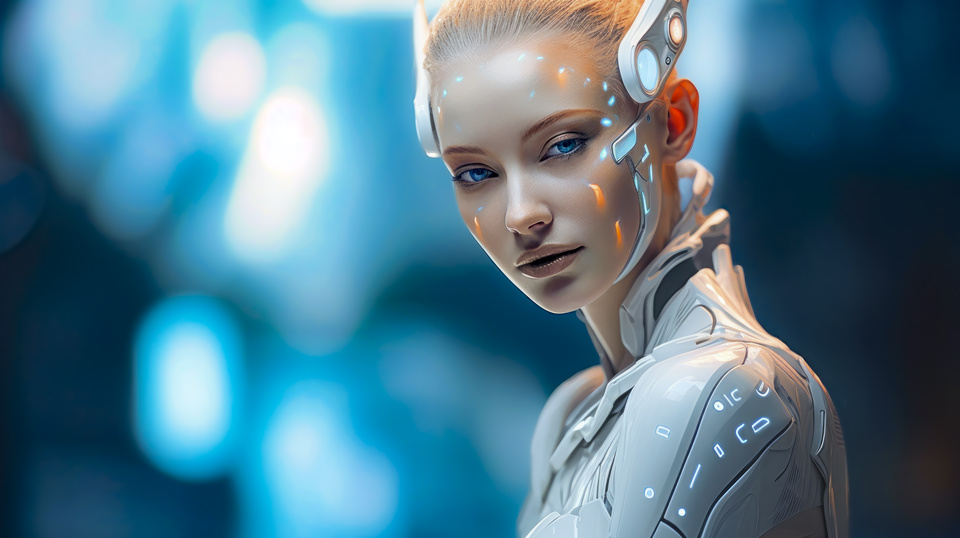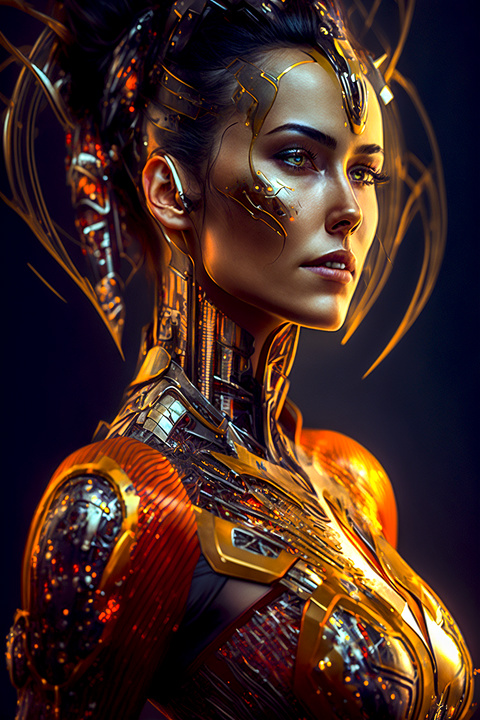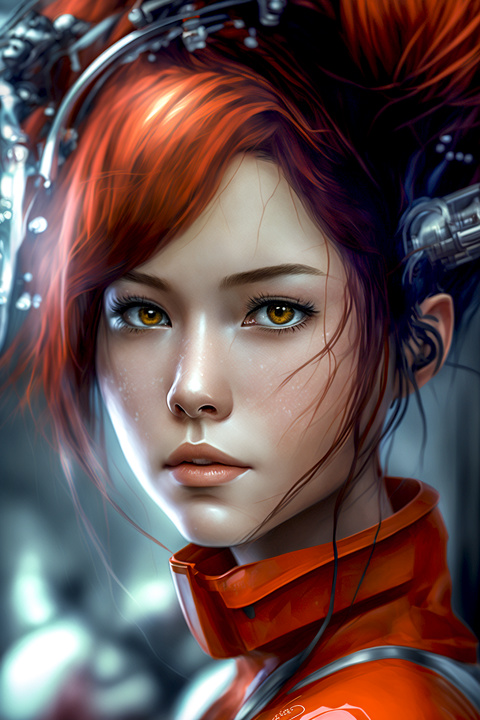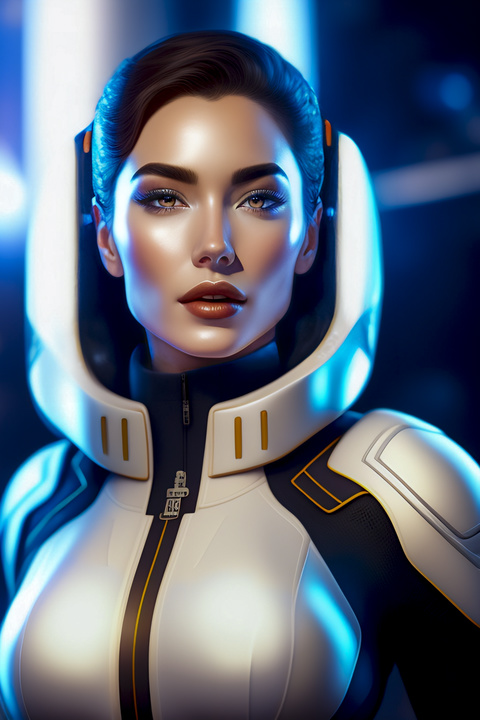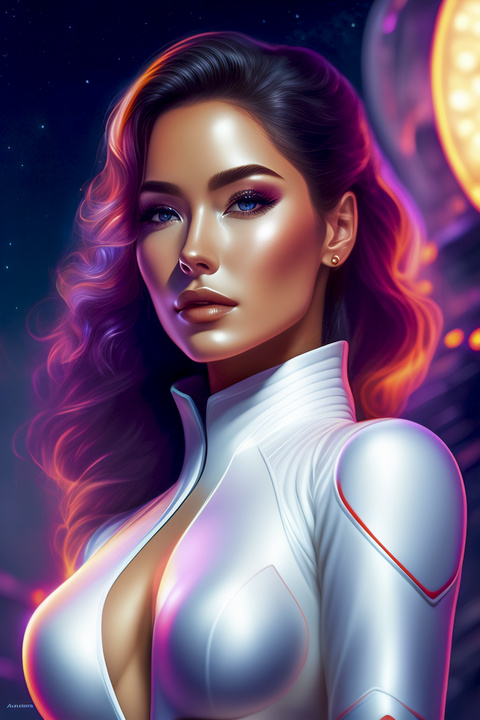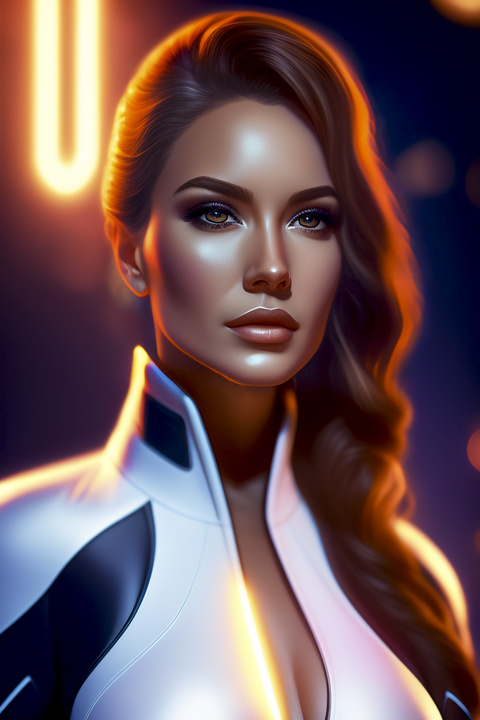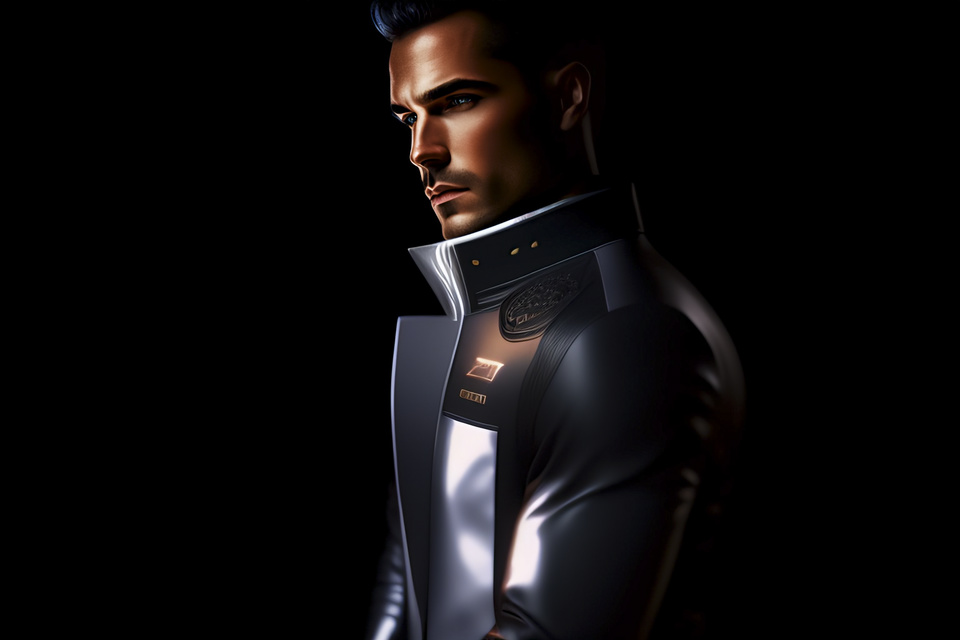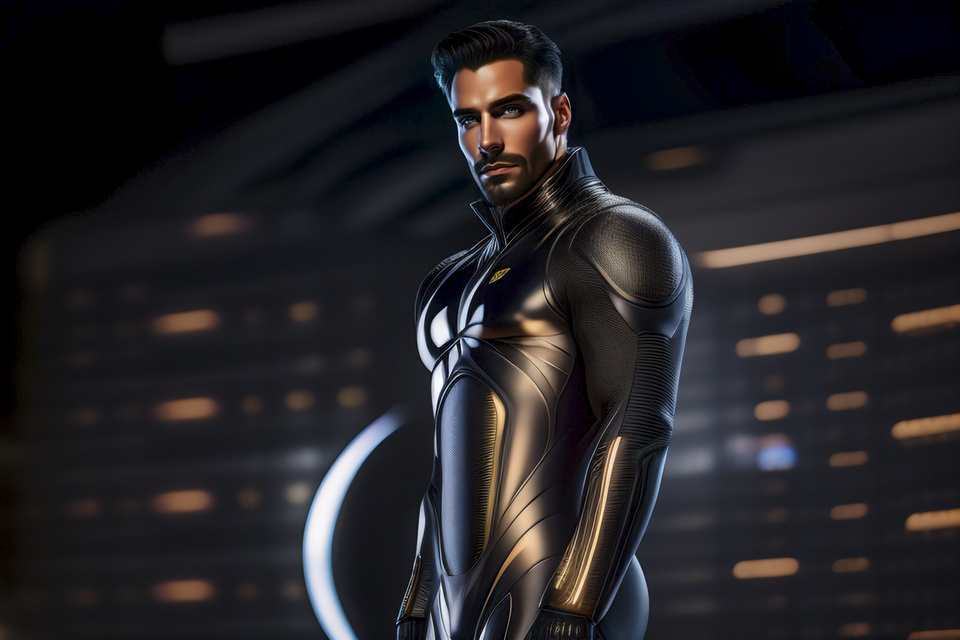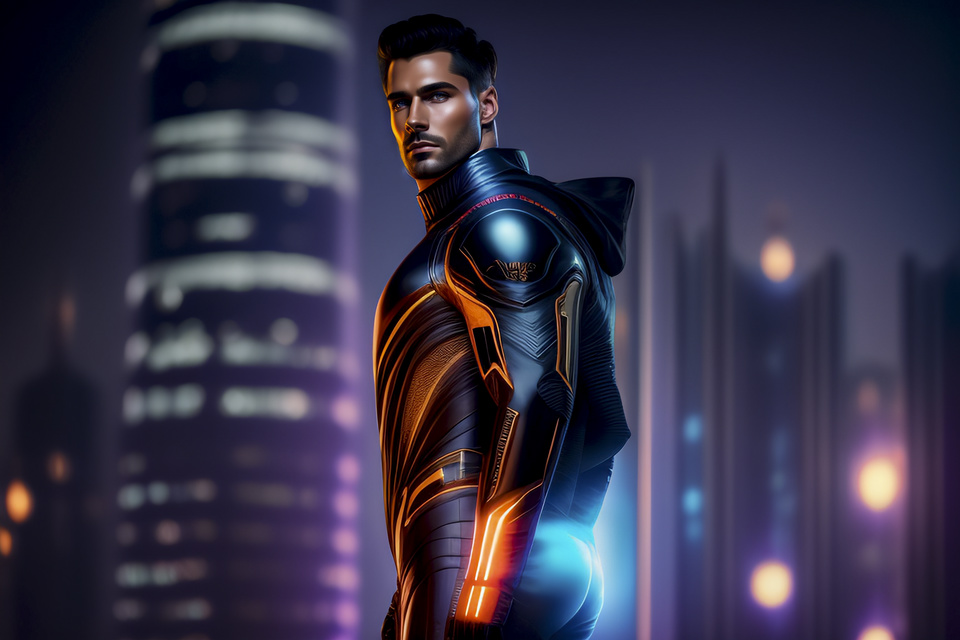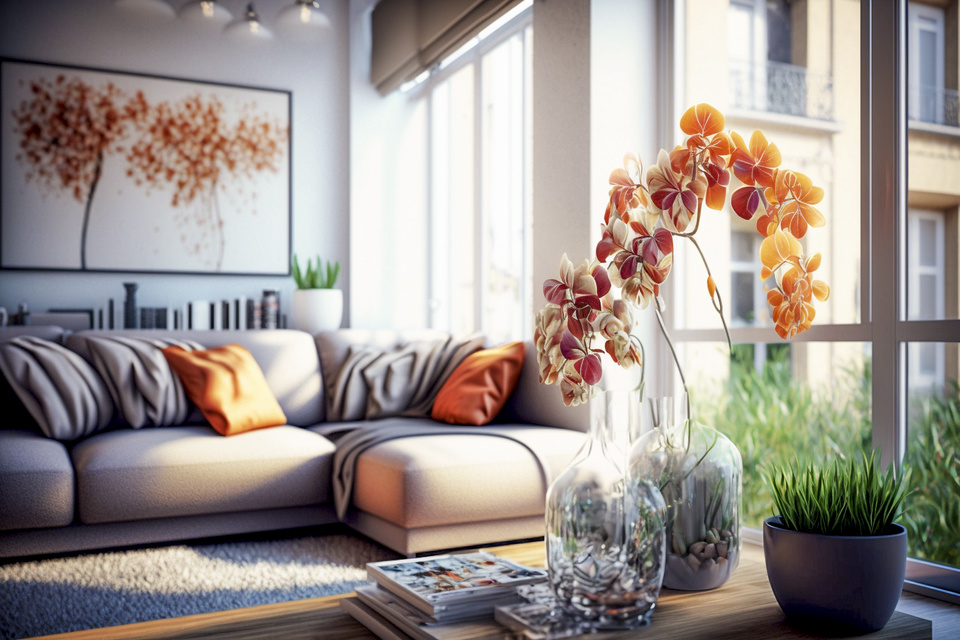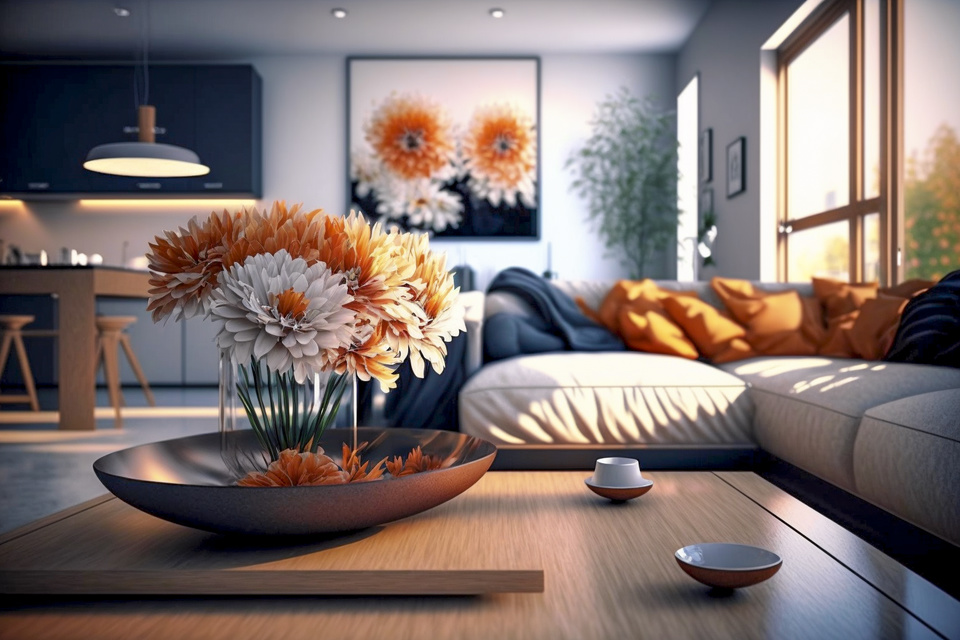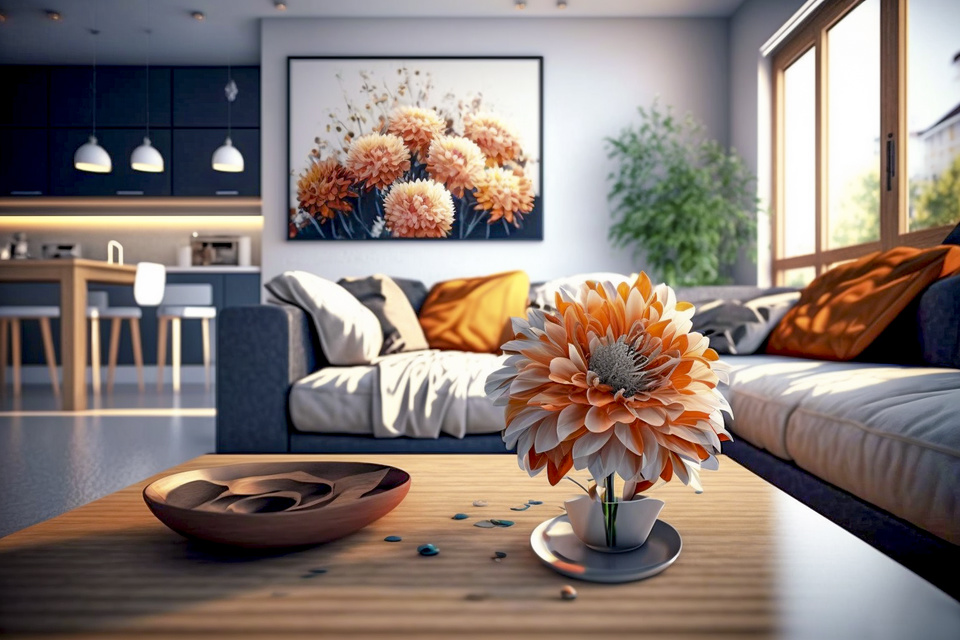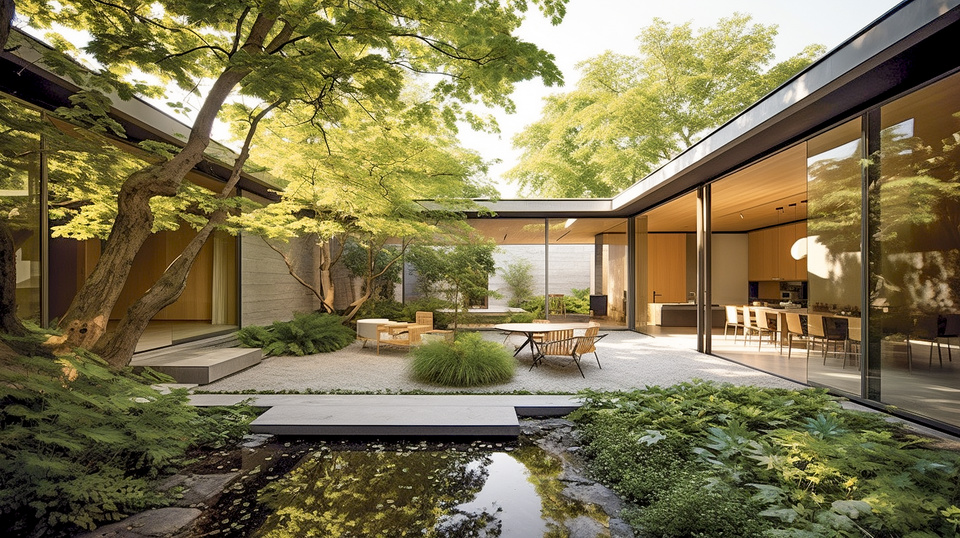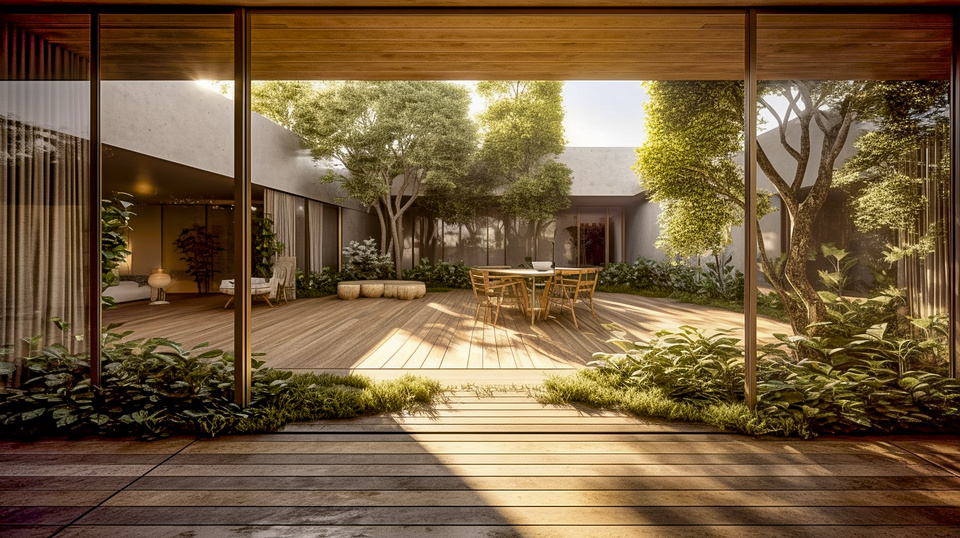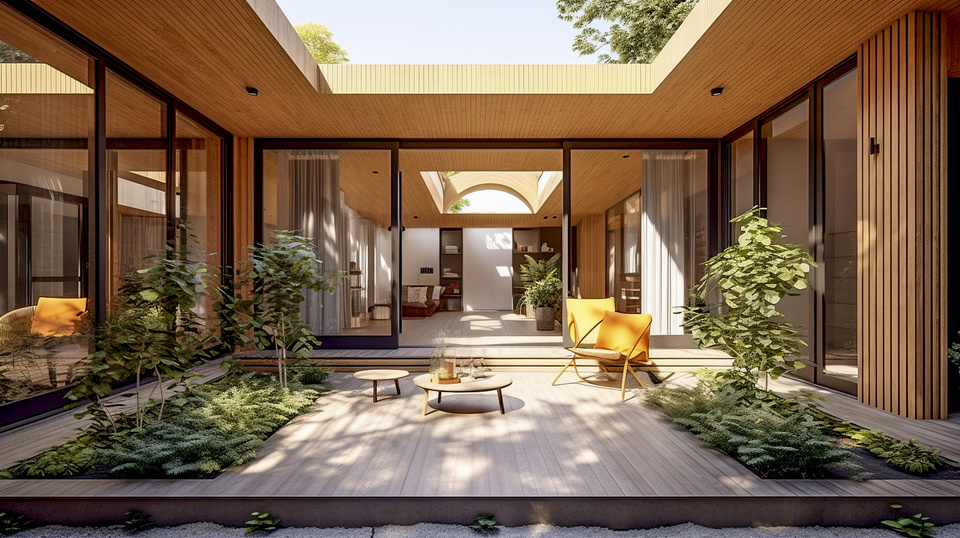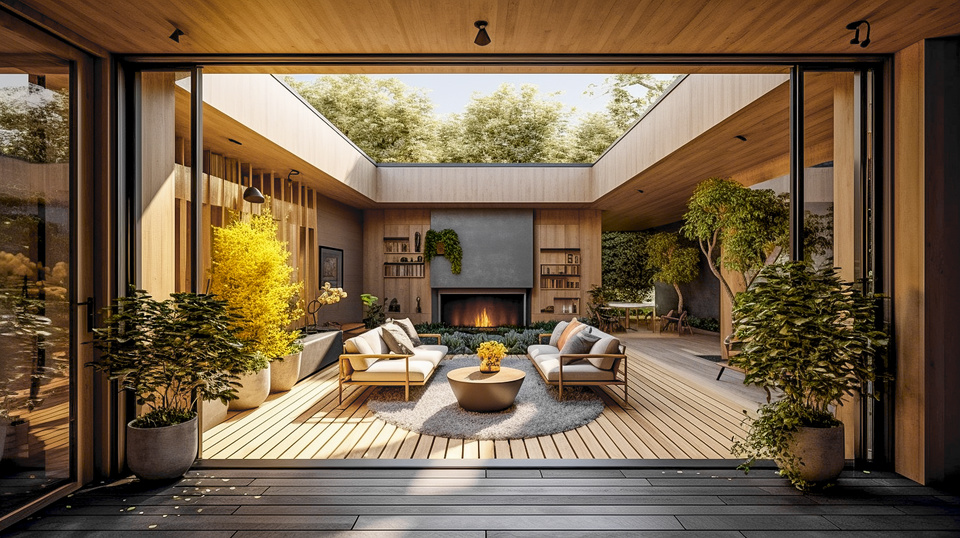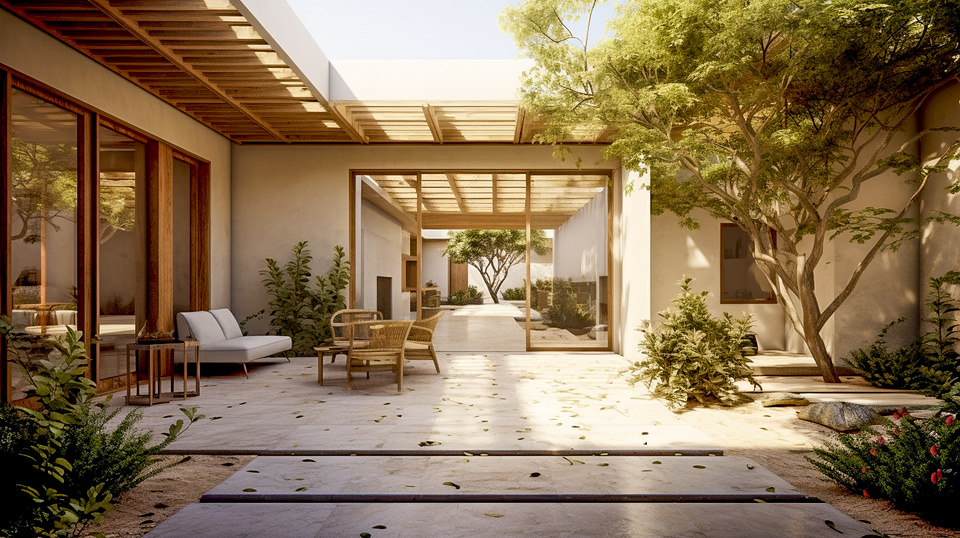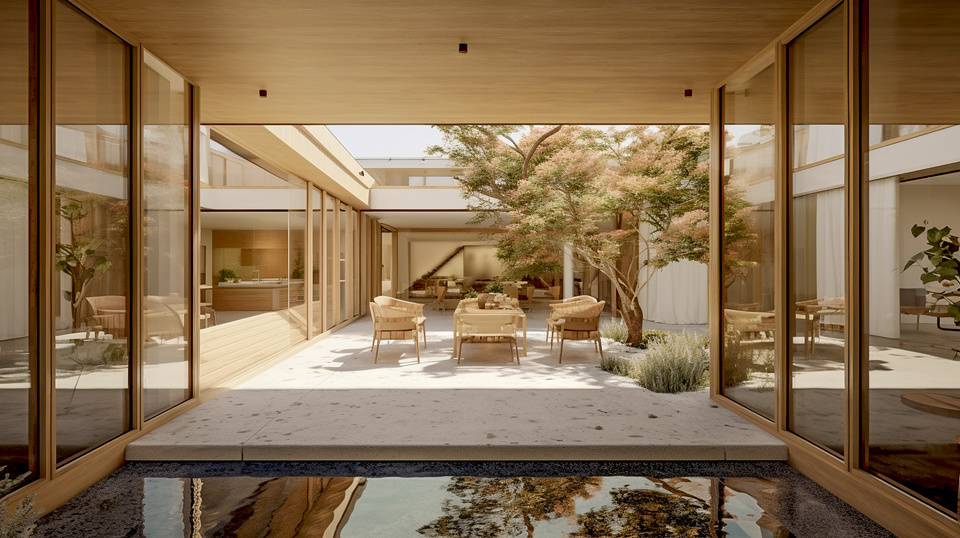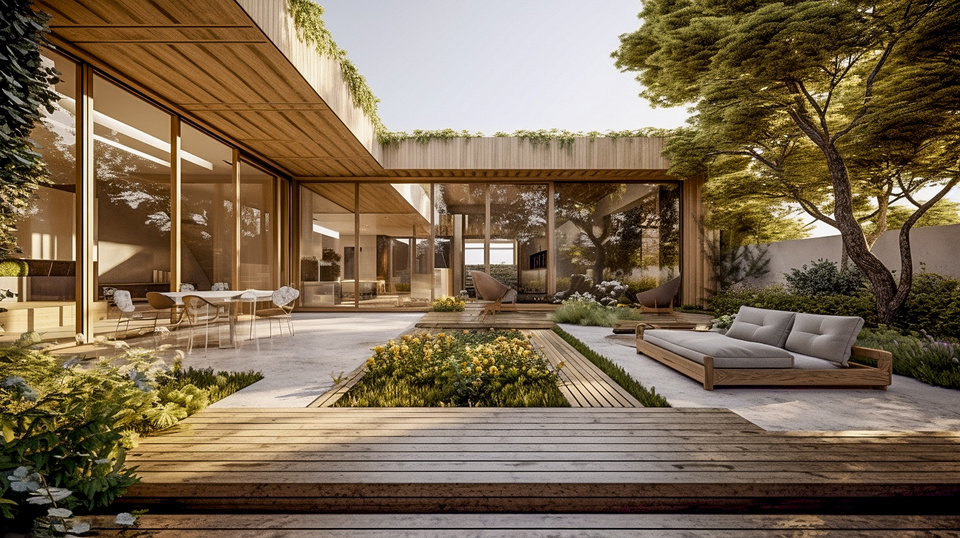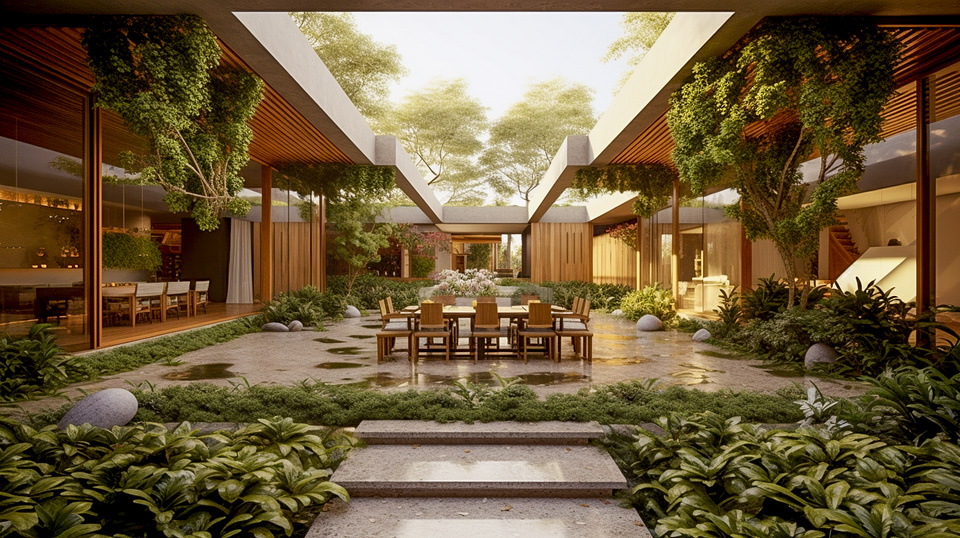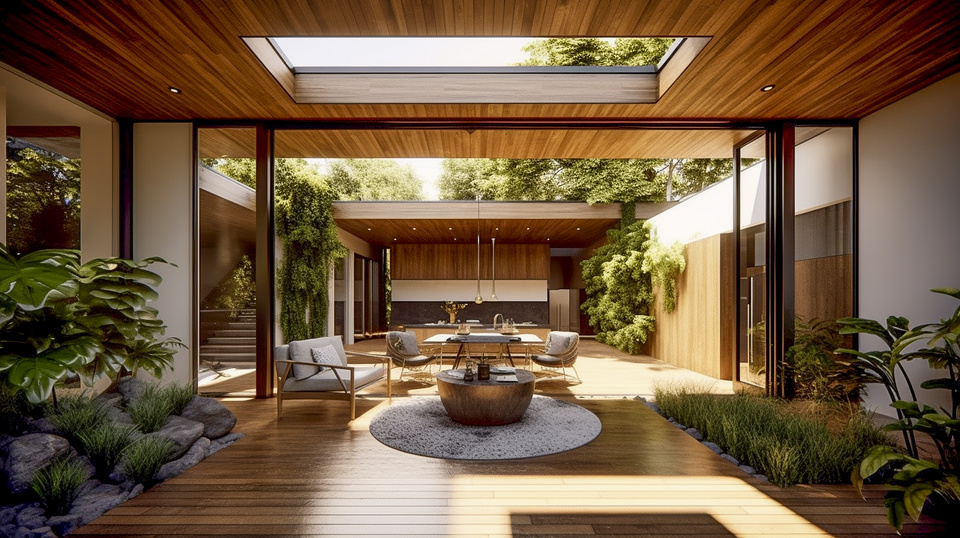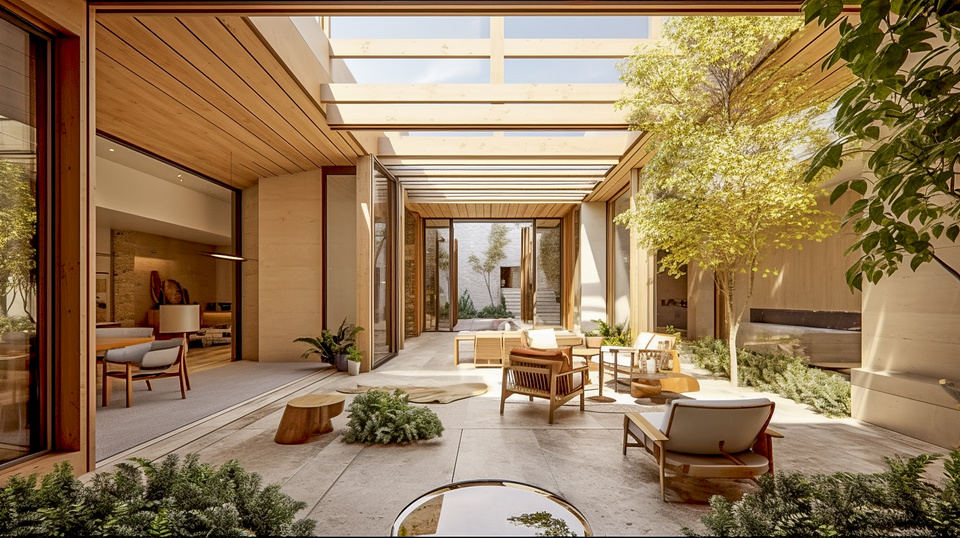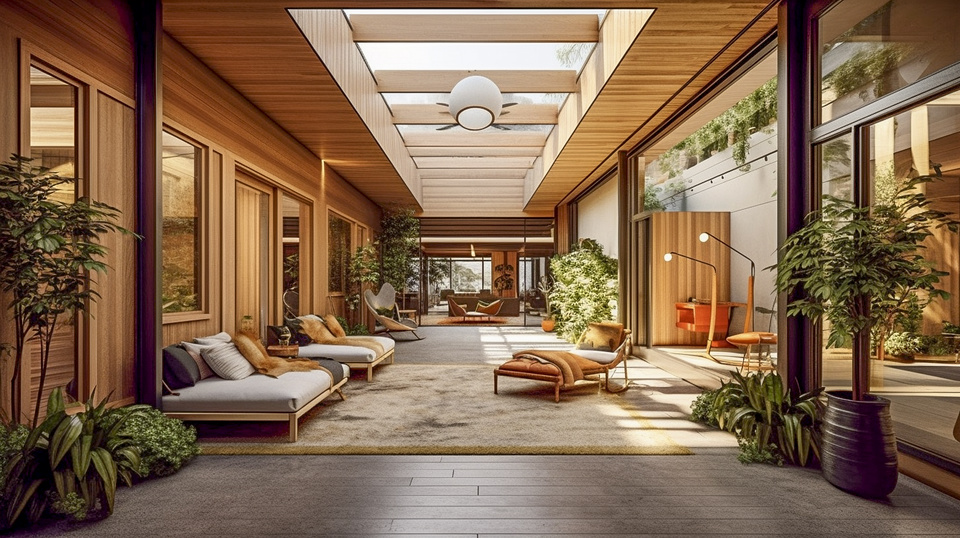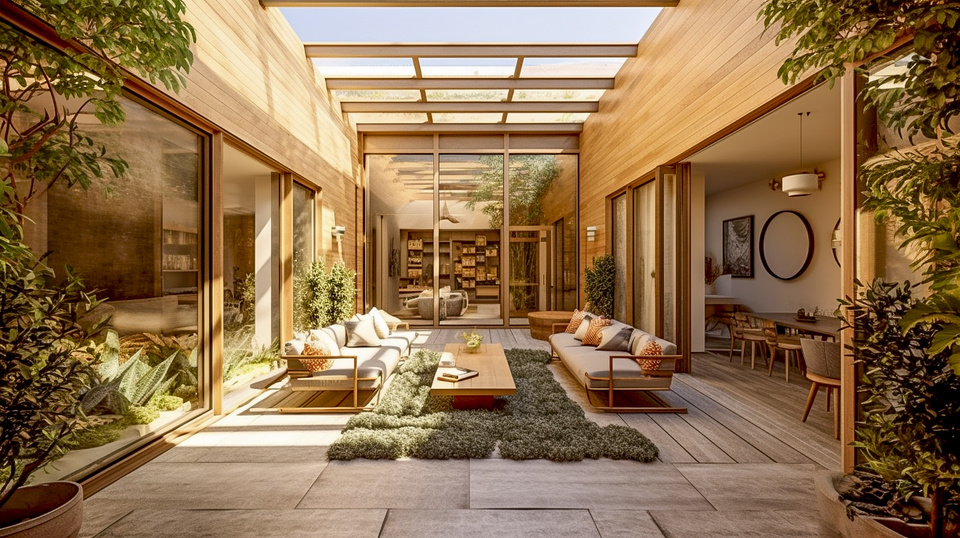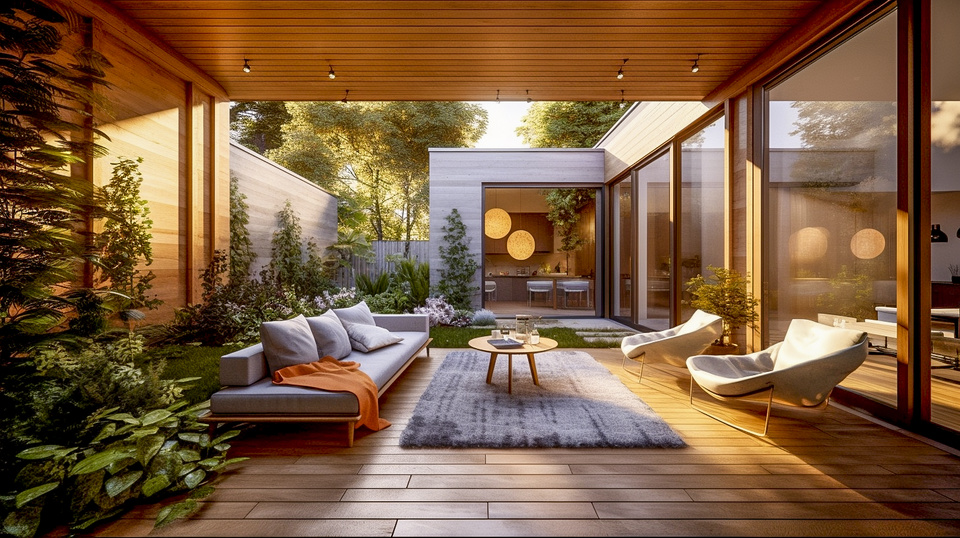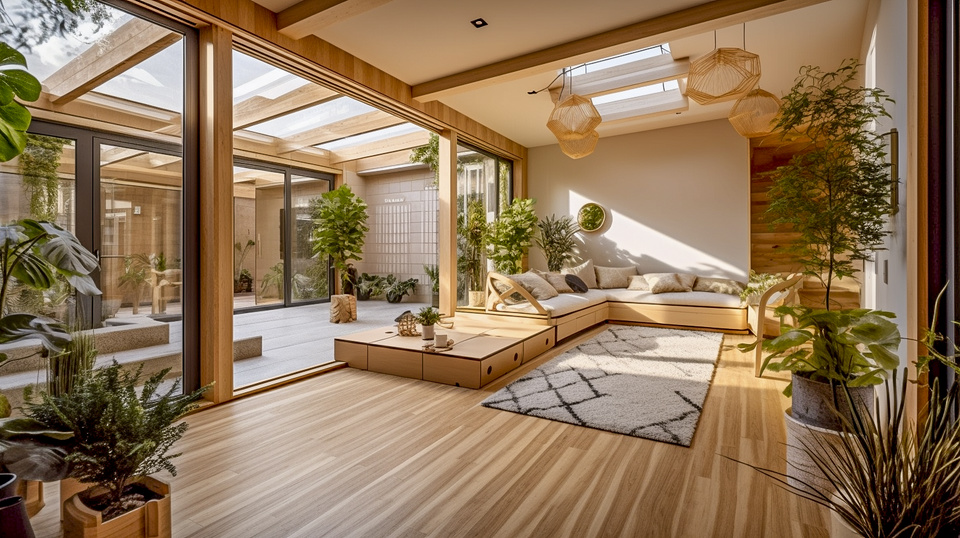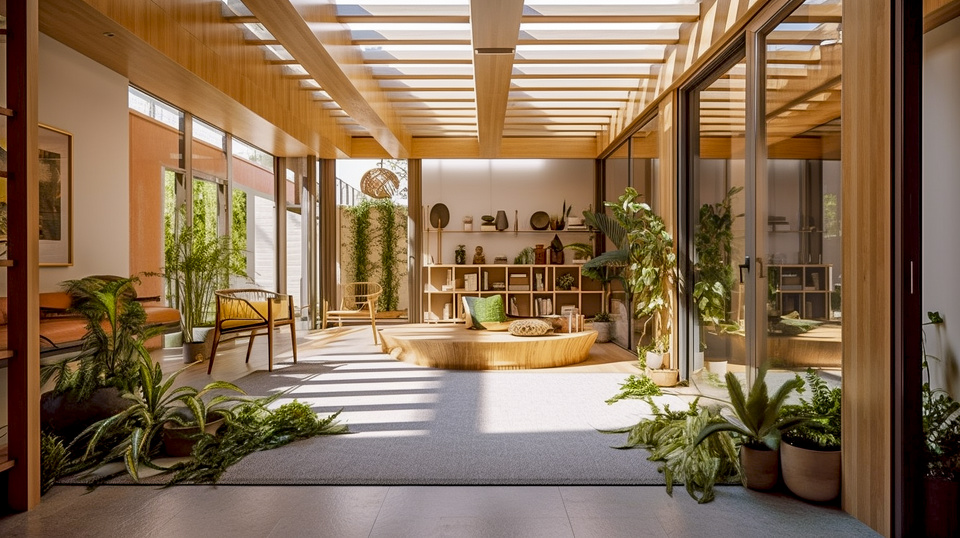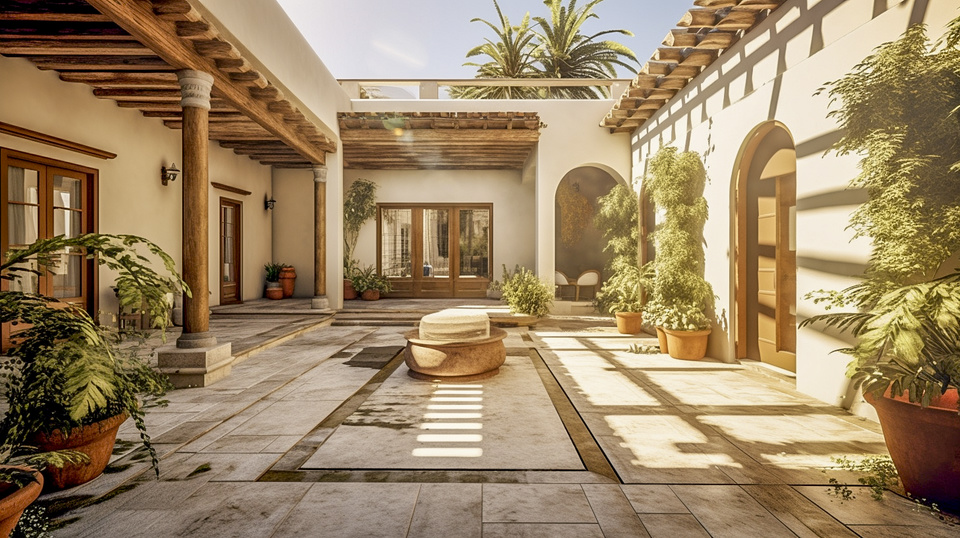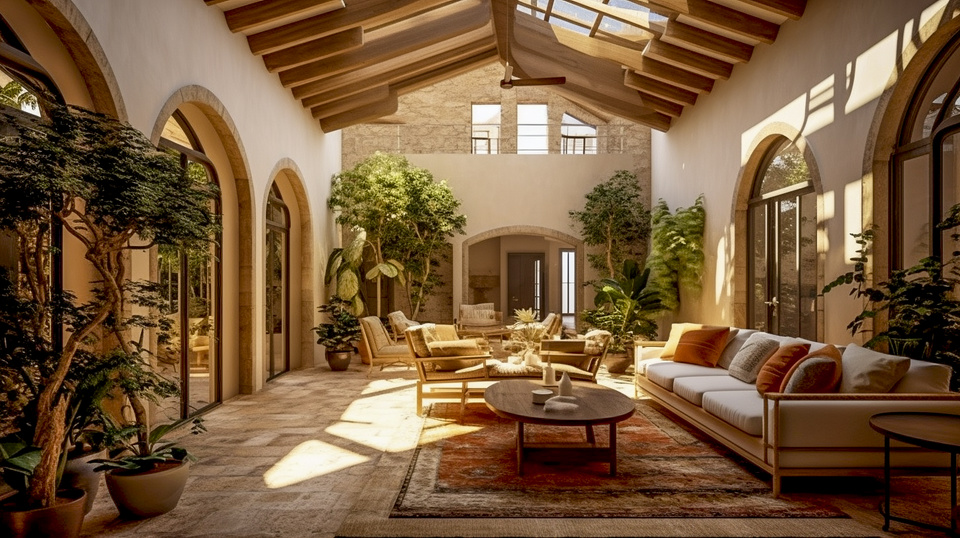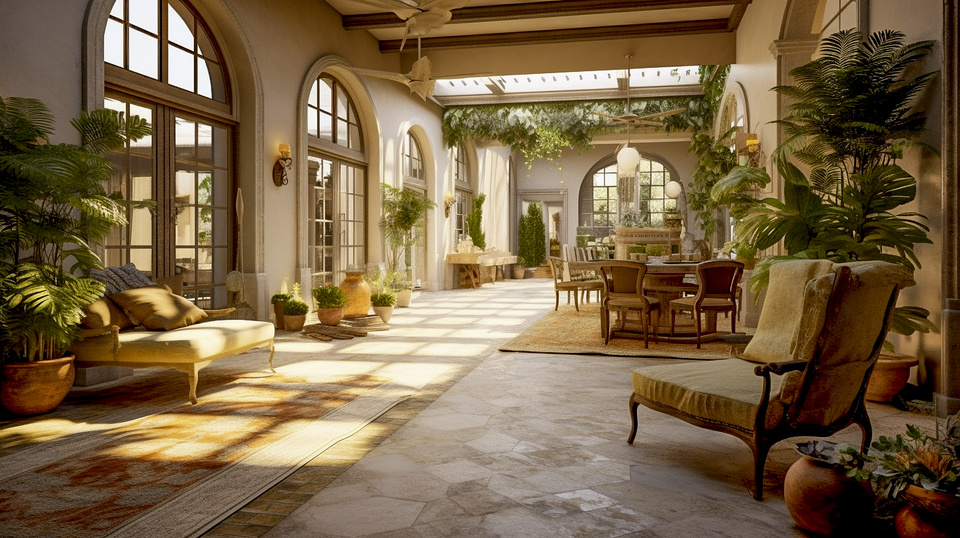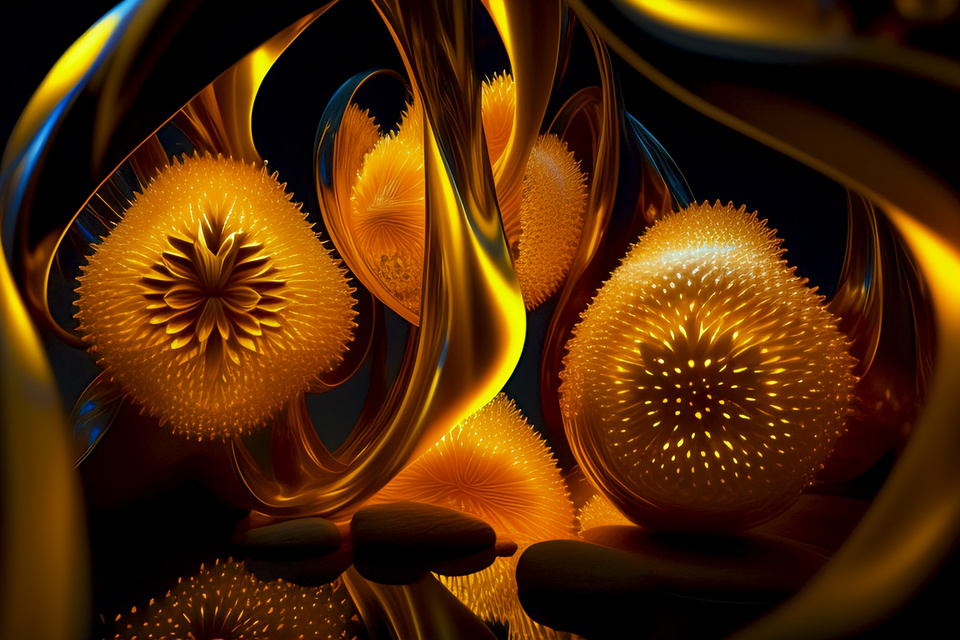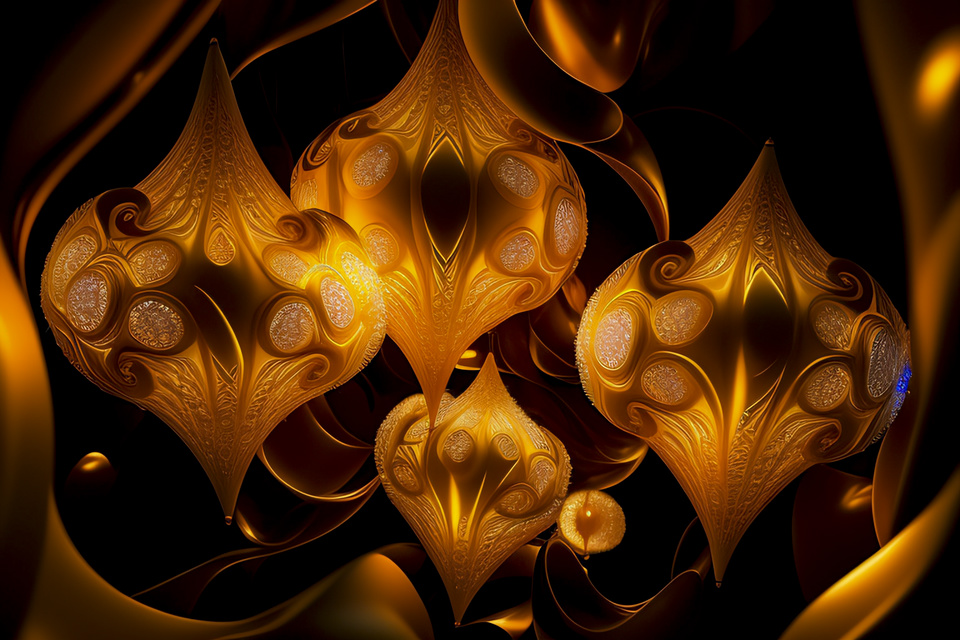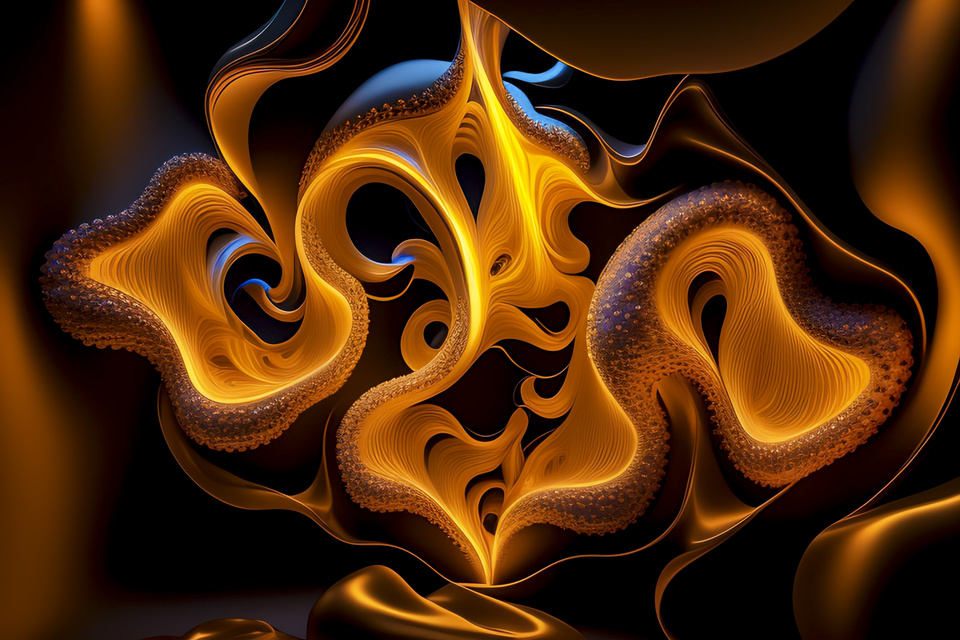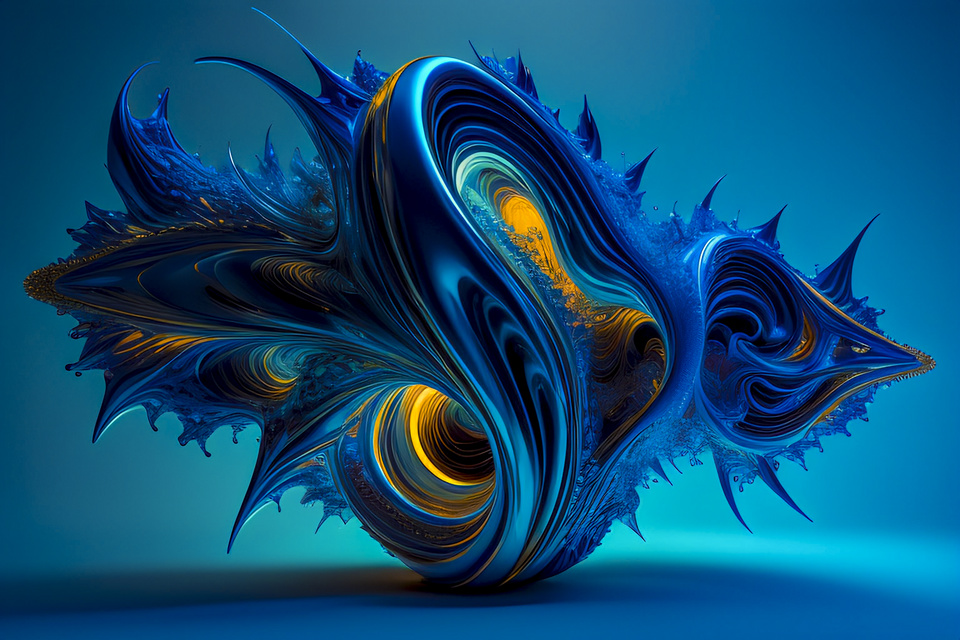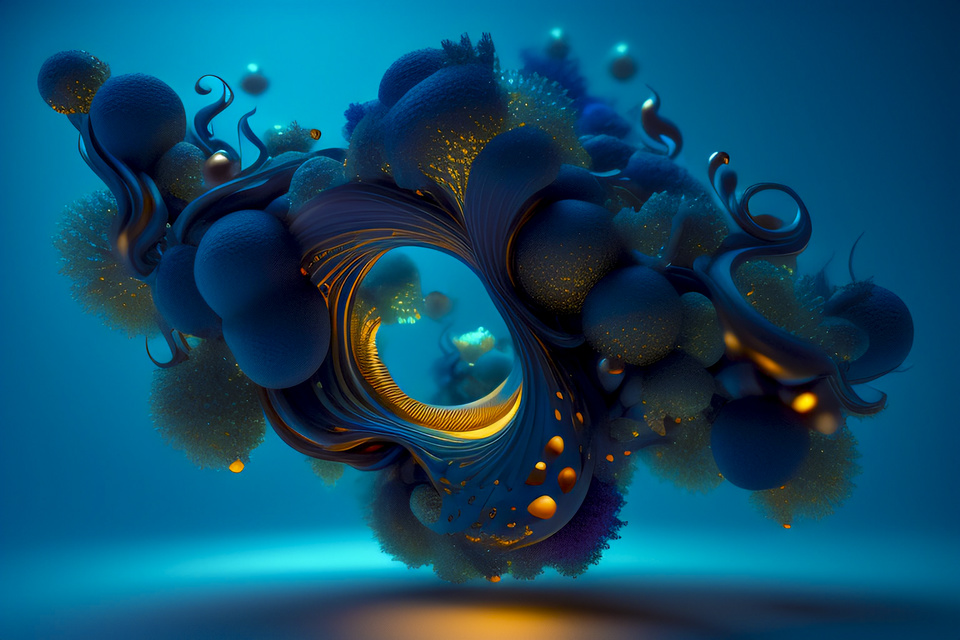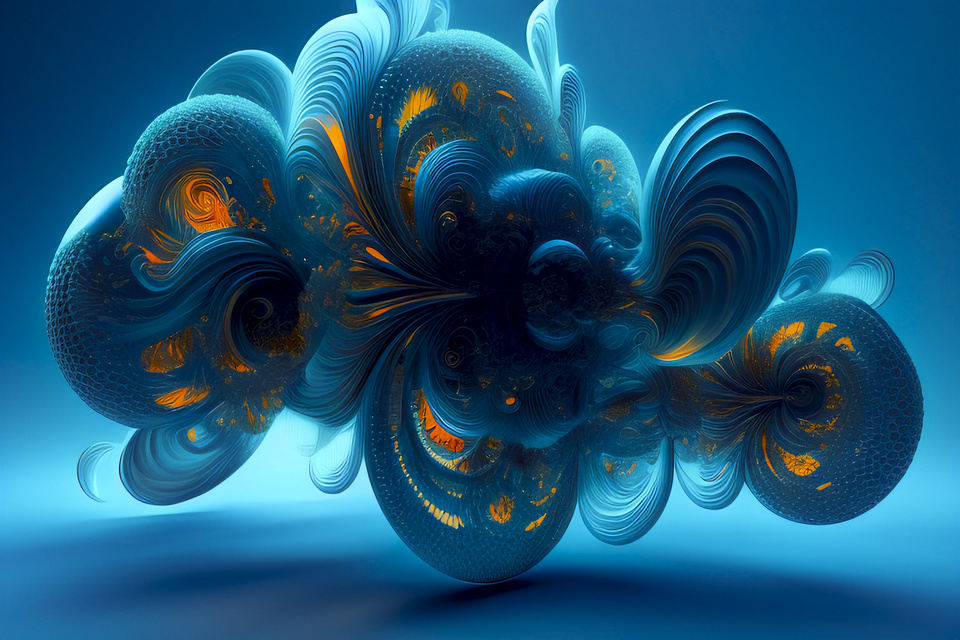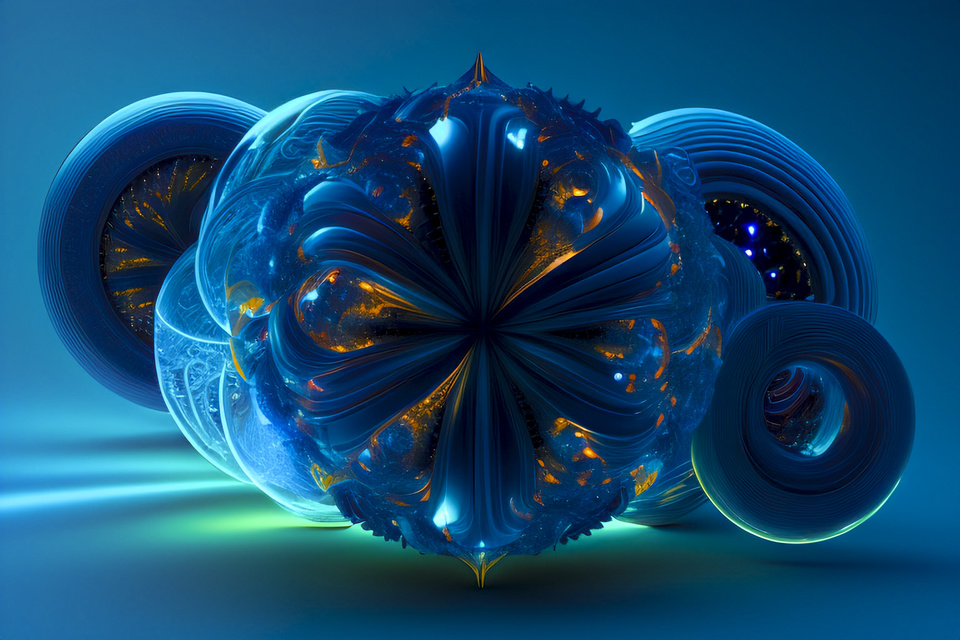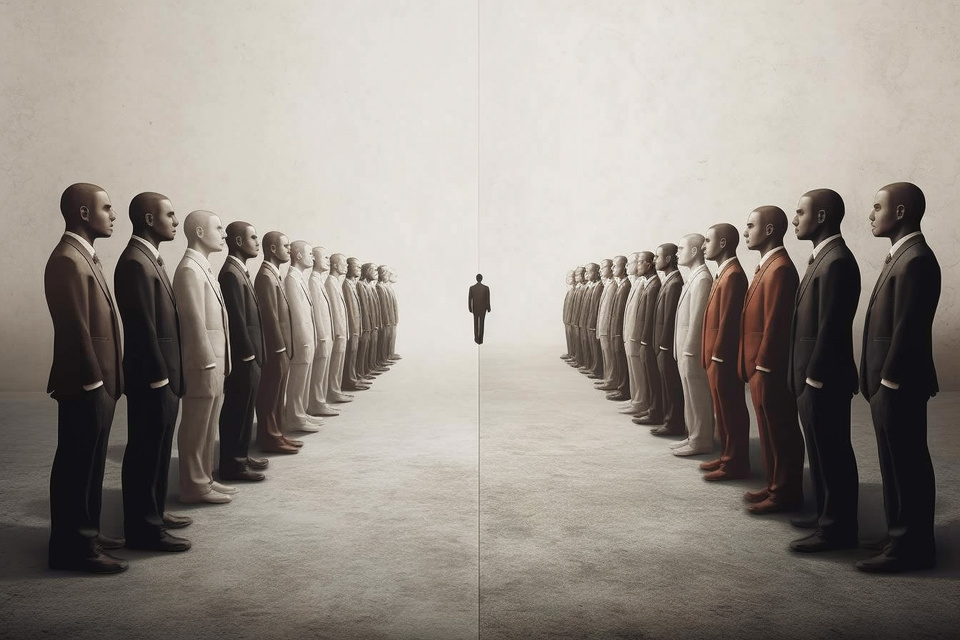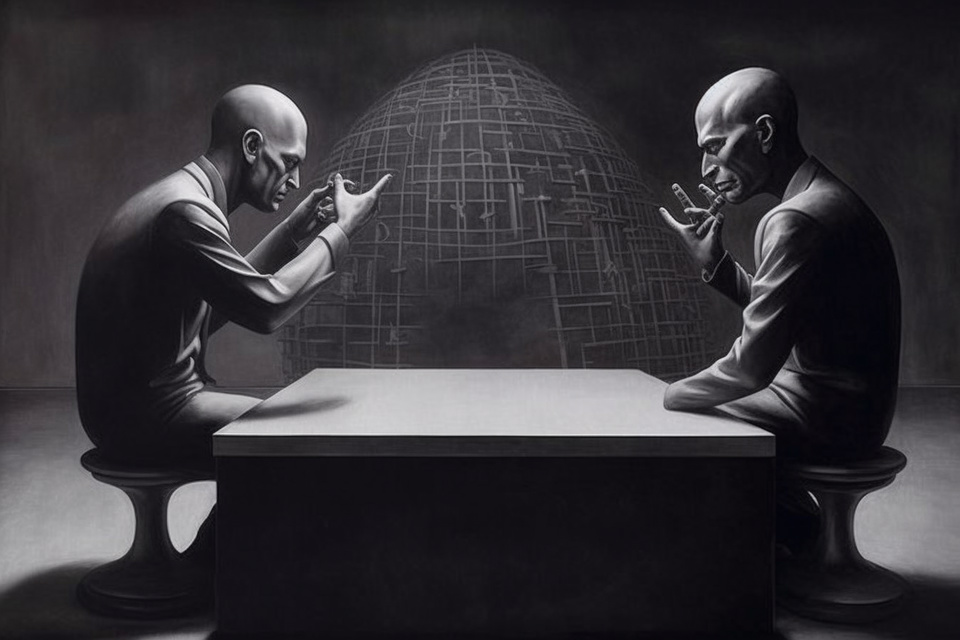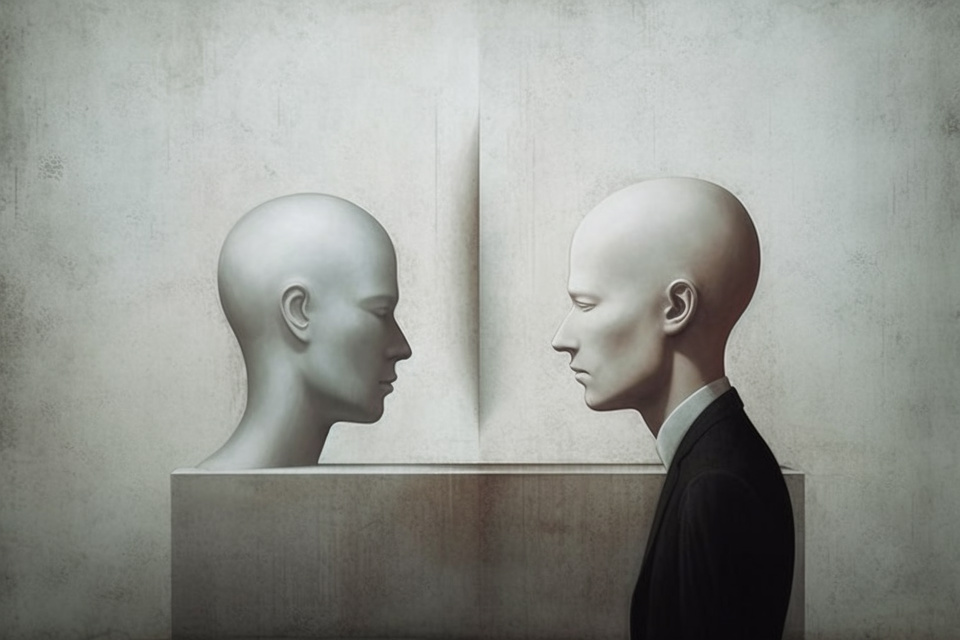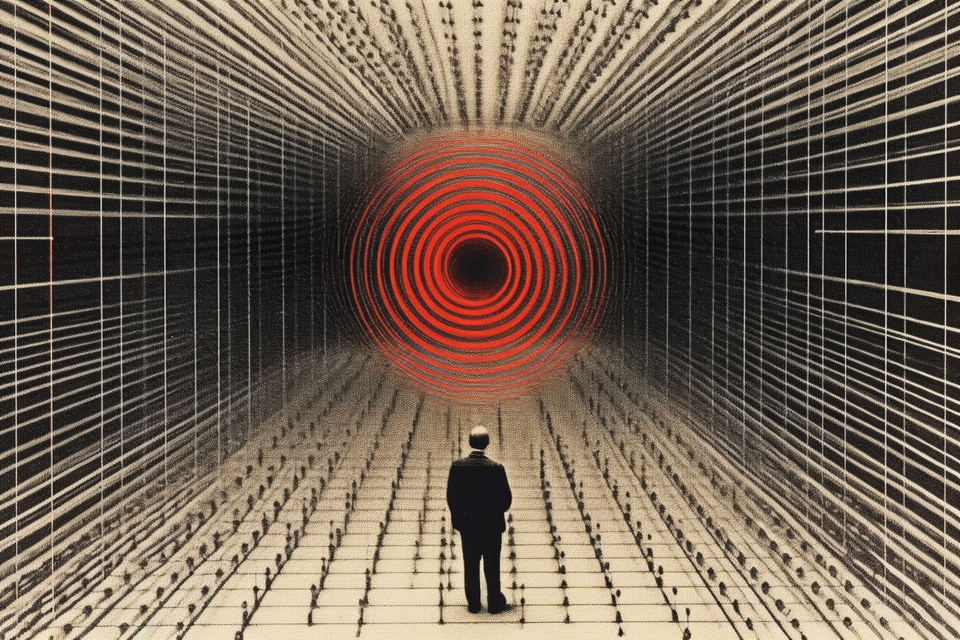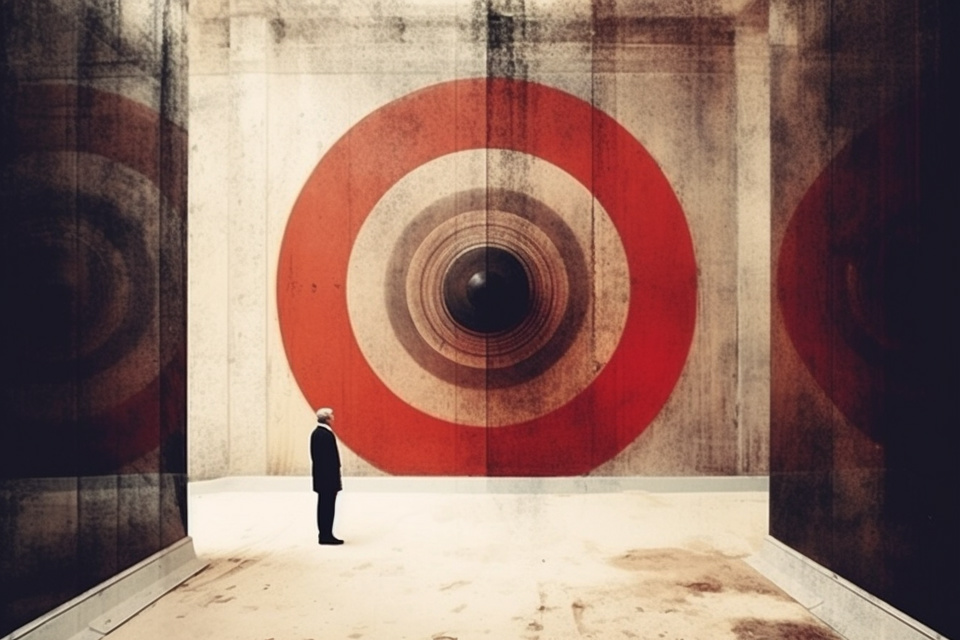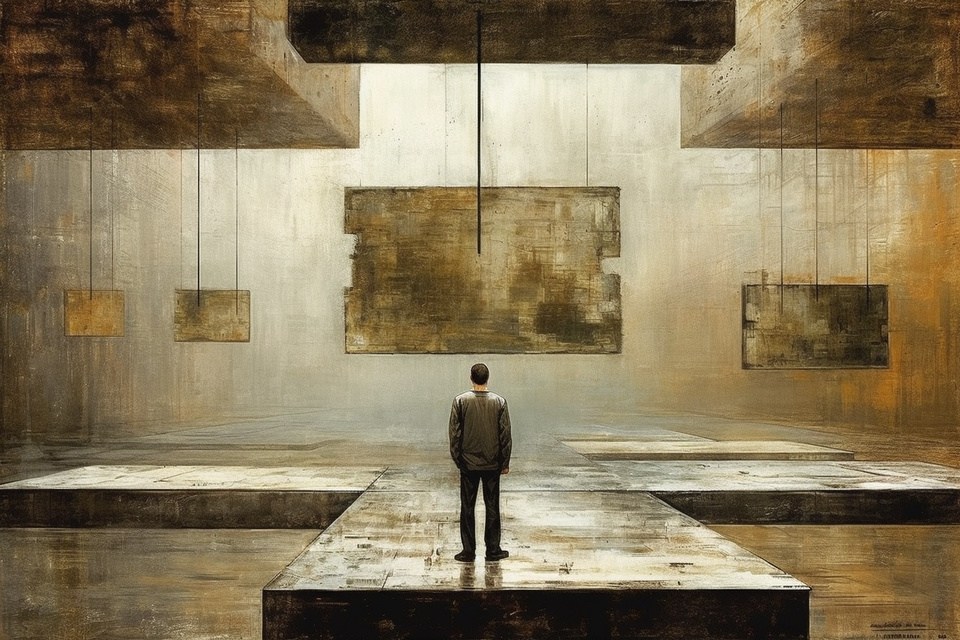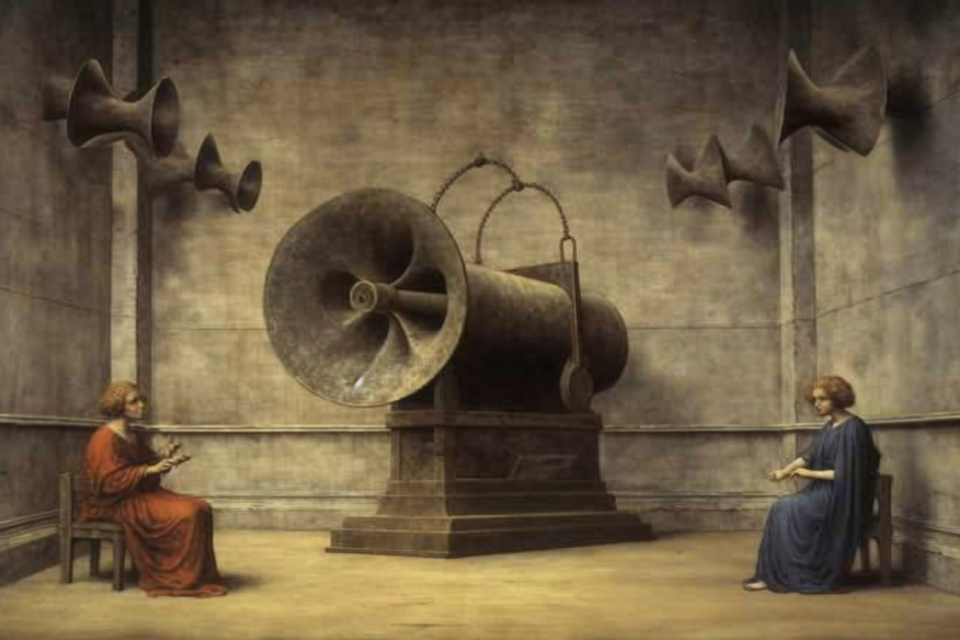All the images shown here can also be viewed in Prompt Gallery. Some prompts are available there. You can iterate over the images (using them as reference images) with those prompts.
The "Prompt Gallery" links below allow you to view the specific images filtered; you can clear the filter box in order to see all the images.
Best viewed on a wide gamut display.
AI images are post-processed with a photo editor.
Click an image to open its full size version (that you can save). The images with a red border are in 8K resolution; they're made to fit on an 8K TV without rescaling, either in landscape or portrait format.
If you want to use an image as wallpaper on a Windows computer with a wide gamut display, set it with a software which ignores the color profile (like IrfanView). The wallpaper feature from the desktop personalization app (and also from the contextual menu of "File Explorer") has an issue with embedded color profiles, issue which makes the images too saturated.
For tips on how to print the AI art, read this. You should use an image editor to first convert an image's embedded color profile to a printable one.
Reunited
During the first two weeks of playing with the AI, "Reunited" was my first attempt to blend a text prompt and my own generative art "Elemental Skin - Golden Dragon" (as a reference image).
I wasn't trying to be creative with the text prompt, I was doing quick tests to understand what the AI can do with my art. The result was jaw dropping. It felt like the ancient humans and the futuristic AI were always meant to converge and fuse together.
Compared to the plain portraits I was getting without a reference image, the AI then switched to epic fantasy in which I could see the patterns from both the text and from my generative art. There is a bit of decorative clothing and jewelry in the plain portrait because of the text prompt, but the image itself is just a plain portrait.
See in Prompt Gallery.
Let's take a look at the entire progression, to give you an idea of what the AI can do with and without (my) generative art.
Elemental Skin - Golden Dragon (my generative art):
An AI interpretation of my generative art, with a related text prompt:
A text prompt meant to generate a plain portrait before I used the reference image; only the portrait format is available. Lexica is great at generating stylized beauty:
The same text prompt used after I used the reference image in a previous generation, but here used without my reference image; landscape format is available. This is meant as a control to check if the AI had adapted to what I gave it; it seems in line with the image above, so no change:
The text prompt with the reference image, finally "Reunited":
Did the AI dream of a woman literally coming out of the generative art? It feels like it:
Some people may say that this result was pure luck. Below is the result of my second attempt to use as a reference image my generative art.
By the way, the result above and the one below are from the first and second generations. There was no endless stream of generations from which I selected the best.
Lady Of The Lake
"Lady Of The Lake" was my second attempt to blend a text prompt and a reference image, my own generative art "Lanterns". The text prompt was the same as the one used in "Reunited". The AI really caught on the visual theme I made in my own generative art: lantern festival on a moonlit water.
See in Prompt Gallery.
Lanterns (my generative art):
An AI interpretation of my generative art, with a related text prompt:
Lady Of The Lake:
A bit more fashion than fantasy. Interesting how the AI put the small orange splotches from the reference image in those fluffy brown balls:
The underwater western - The Hair, The Water Bubbles And The Weeds:
Dreams Are Made Of Stars
For the prompts of these images, I've used my own lore. The visual style specified in the prompt may modify the composition fundamentally. For example, using "cartoon" or "painting" looks fundamentally different than "render" or "unreal engine".
See in Prompt Gallery.
Taking you where dreams are made of stars:
Phase 2 (Midjourney v5.1):
Childhood
Lonely night on the dock (see in Prompt Gallery):
Jules Verne (see in Prompt Gallery):
Steampunk (see in Prompt Gallery):
Fantasy
Painterly Autumn Vibe
This set uses a style mix of at least four artists (recognized by Midjourney), so a style that none of those artists ever made. With this base mix, Midjourney tends to generate multiple portraits per image, but adding unrecognized (or somewhat recognized, yet known) artists tends to generate a single portrait per image.
The artists that make the base mixed style are:
Alphonse Mucha. Style: floral and idyllic iconographic portraits of women. His style is clearly dominant in the generated images, but is modernized by the other artist names. Since he used to mostly draw portraits of women, the generated images tend to be the same.
James Jean. Style: wavy, abstract, floral, alegorical.
Julie Bell. Style: fantasy and fantastical scenes, usually portraits of women and animals, very detailed and smooth surfaces that have the texture specific to oil painting.
Artgerm. Style: modern and futuristic character portraits, smooth surfaces that have the satin texture specific to airbrush painting and color pencil drawing. Putting his name at the beginning of the list of artists (rather than at the end) appears to give his style a bit more weight, making the images a bit more modern.
Other artist names are added to the prompts, but they seem to have no effect on the visual style or composition, since the prompts with and without their names produce the same stylistic result.
The unrecognized artists are an interesting thing because while they don't change the style of the generated images, it does appear that they have some sort of influence, like creating a wider compositional space (hence a single portrait per image), space which is present in the art of, for example, Yuumei and Wlop.
For this study, I haven't tried using random names instead of the unrecognized artists, because that would require a lot generations to prove consistency, something that appears to be true for the artists mentioned. I have however made other tests with random names that show that Midjourney either uses them as noise, or picks up on tiny connections (like the nationality of the names; try the made-up "sakurachan").
Painterly Autumn Vibe (see in Prompt Gallery):
Lady Maze
See in Prompt Gallery.
How much post-processing do I apply on the AI images? It depends on how clean they are and whether it makes sense to alter them dramatically. Also, some images can't handle a lot of post-processing because they start showing (hard to clean) artifacts. I generally clean the images of artifacts and enhance their colors to make them look stunning on wide gamut displays (like TVs). Here are the originals for two of the AI images above. You can see that they are nice images that are good candidates for post-processing, but don't have punch as they are:
Style - Children - Bike
See in Prompt Gallery.
Style - GTA
Historical
D'Artagnan fighting Comte de Rochefort (see in Prompt Gallery):
Diamonds Diva
When you finally obtain some gems after the AI mostly ignored what you described in your prompt, and eventually does half of what you said, you get into another frustrating issue: the AI can't be controlled enough to refine the images.
See in Prompt Gallery.
Queen Cleopatra - The Woman
I've just returned from a trip where I meet Queen Cleopatra, and barely had the time to shake the sand off my white coat, which is not so white after being exposed to all the grit of time traveling. But I've been through more than a trip through time, I've also been through multiple simulations of the Universe, each a slight variation where things are a bit different.
This is why Cleopatra looks different from photo to photo. I and the camera were the only constant things. I had my trusty DSLR with me and had the opportunity to meet the Queen in person. She was kind enough to pose for eternity.
Charming and witty, beautiful in some Universes, at different stages in her life, she allowed the woman in her to show through. I was interested more in the woman than in the Queen, so the images show candid moments of her life.
Sadly, some images have become a bit distorted due to the perilous travel, and some Universes had no color. I did my best to fix these issues.
This was a big study with many beautiful images. The study is a fictional portrayal of the era, but the explicitly specified facts are historically accurate.
The generation was difficult because while it's easy to get images that look like real photographs, with no deformations, it's difficult to do the same when you're trying to control the composition.
The post-processing was very tough (mostly due to the lack of simple but proper editing tools in the photo editor).
Compared to a real photoshoot on location, the disadvantage is the limited control, but that's fine if you don't need something very specific.
In total I've spent over 70 hours on researching, generating and fixing in post-processing the Midjourney-caused problems. The study was improvised but has developed as it progressed. I could have planned the study and I could have been more selective in order to reduce the time. I've processed more images than those that are public, to see what would work well.
Initially, I've pushed too much toward fashion photography and didn't capture the charm of the past.
"Egypt" was present in the prompt and Cleopatra was of Macedonian Greek descent, so the expected skin color was either brown (as Egyptians generally have, so it would fit the location) or pale olive (as most historians believe Cleopatra had), but was quite varied. The environmental light also changes colors dramatically. In the end I decided to make it beige to tan in post-processing, especially since this allows for better artistic immersion. These should, perhaps, be points of reinforcement in prompts, but that would likely limit the available data used by the AI.
The common clothing, for women, was a close-fitting white linen gown, translucent and long to the ankles; no translucent clothing was generated. Colored decorations and jewelry were used.
See in Prompt Gallery.
Phase 1 - Fashion
Fact: The ancient Egyptians who were near the Nile were bathing / showering often, had hot tubs and public bath houses. They even had some copper basins and pipes.
Phase 2 - Atmospheric
This study produced all sorts of images: fashion photographs, atmospheric photographs, unappealing photographs of some sort of behind-the-scene photoshoots (as if they were images used for training the AI), good 3D renders, bad 3D renders, bad quality (especially in shadows), post-processing artifacts, and deformations galore (fingers, hands, eyes, faces). It had everything Midjourney could throw at it. It made me grind my teeth in disappointment, questioning why I am wasting so much time to generate and process images of a symbol so distant to me, especially one that everybody else in the world is trying to replicate.
But if I was ever asked "Was it worth it?" I would answer "Yes" because if I ever had to truly imagine Queen Cleopatra as a human being, this is what it would be like.
Teenager:
"A Young Queen Alone" thinking about the future, confronting an empire:
Seductress:
"Sun God":
"Lineage":
Queen and Mother:
Phase 2 - Aged Photos
Phase 3 - Reference Images
After having to fix in post-processing a lot of Midjourney-caused problems, and still having imperfections and artifacts in the final images, I decided to use some of the post-processed images as reference images for new generations. In terms of technical quality, the result was good, as if the images were fully reimagined, with fewer issues caused by Midjourney. Unfortunately, the charm of the original poses and facial expressions was lost.
Unexpectedly, this phase produced the most photomodel-looking faces.
Different era, same problems:
Phase 4 - Ancient Charm
Focusing more on the ancient Egyptian architecture:
Phase 5 - Luxury
This phase started really badly, as I was getting only images with text on them (like in stock images). It sort of turned out to be due to small things in the prompt, like "[whatever pharaonic detail] in the background" which apparently was too specific (compared to before, when I didn't encounter this issue).
In the end, it turned out very good, with exceptional quality and a very luxurious feel to it. Still, I could barely get the huge room I wanted in the background. The AI was mostly generating either closeup portraits or huge empty rooms (with a tiny person inside), but not combined (no matter what weights I used). For easy generation, might need a lot of rerolls or reference images.
Not good news:
Shower room:
Left - fact: the waistbag and handbag were used in antiquity, in Egypt and Greece. Right - blend of Egyptian and mythological motifs:
Phase 6 - Cleopatra As Goddess Isis
Fact: Toward the end of her life, Queen Cleopatra was proclaimed (probably by herself) to be the New Goddess Isis.
In this phase, I've tried to create a merge between the two, in the form of head portraits, but it appears that the name of the goddess has no effect. This phase also started really badly because, by default, half of the generated images were (photographs of) statues, while others had some sort of olive-bronze artificial looking skin.
Another problem is that when using reference images (that I generated previously), the eyes were mostly iridescent blue. Any attempt to correct that (with weights) resulted in getting images with iridescent brown eyes, or garbage images. I've mostly kept the blue eyes because they look exceptionally detailed due to their brightness (compared to dark brown eyes).
For some of these portraits, I've used a previously generated reference image. One such reference image was a portrait where I replaced the face from another portrait, and Midjourney had no problems with the difference in colors and the visible edge around the pasted face.
Rooms
Renders - Heavy Decor
Beauty - Women
It's excruciating to generate a stunning face in Midjourney, no matter what text prompt you use. You have to come with signal / images from the outside of the system, to force the AI to go in a specific direction, because there is no way to use words to achieve the same effect.
If you're thinking that beauty is in the eye of the beholder, then think about this: if all faces are equal in terms of beauty, it means that all types of faces should be equally present in the generations. So, why, then, certain types of faces, like the ones below, aren't present in any generation (without a reference image)?
Any resemblance with real people is coincidental. The faces below don't resemble the reference images in the slightest, just like they don't resemble each other, at least not in the sense of a recognizable facial structure; they just have the same skin color, slim face and translucent eyes.
Just look at those eyes! It's incredible what quality Midjourney can generate. I've used low quality reference images on purpose, to see if it can reimagine them completely and create high quality results. It blew way past my expectations.
Is it possible to get (realistic) skin pores when using a reference image that has smooth skin? Yes, but Midjourney v5 can do it only if the head takes up almost all of the height of the image (with an aspect ratio of 2:3), and the prompt contains "hyperrealistic skin pores" as a multiprompt part with a significant weight from the total. This multiprompt part forces the AI to get closer to the face, so there are more pixels with which to construct the pores. If no reference image is used, the head can take just half of the height.
The first image is the best Midjourney was able to do without a reference image, after many generations, albeit post-processed.
See in Prompt Gallery.
Later note: It appears that things have changed and Midjourney can now generate beautiful faces without using reference images. Using "hasselblad" in the prompt appears to make the images a bit more artsy.
Warhammer - Henry Cavill
The purpose of this cinematic study was to see how Henry Cavill would look in the announced Warhammer TV series.
It will be interesting to see how they are going to handle acting in the huge Warhammer armors. It seems like they will have to use smaller armors for most of the time.
In turned our that we can get either the resemblance with Henry, or the armor that feels like it's from the Warhammer universe, but not both at the same time. Most armors are inspired more from fantasy and ancient roman attire than from Warhammer. The ones that are inspired from dragon scales look interesting. In some prompts, I've included a reference to Superman's cape.
To get the resemblance with Henry Cavill, the images have to be relatively close portraits.
There are so many good images that I couldn't resist posting them.
The general prompt was: cinematic photography, style of warhammer 40k, cinematic atmosphere, cinematic light, accent light, background lights, tone mapping, blurred background, ultra detailed, cinematic color grading, scifi, portrait of henry cavill looking fierce, wearing a massive adeptus custodes armor, [wearing a superman cape,] [leading a battle,] brimstone falling from the sky --ar 3:2 --s 1000 --v 5.1
See in Prompt Gallery.
Style - Cinema - Henry Cavill
A small study about the cinematic style. Most images look like stills from actual movies, a few images look more like fashion ads. The resemblance with Henry Cavill is good.
One thing to note is that there is no need to specify cinema gear in the prompt, photo gear is perfectly fine. There appears to be a small difference in perspective since a full frame photo camera has a larger sensor than a cinema camera, but as far as stills go, I prefer the full frame perspective. However, it is needed to specify other cinema specific characteristics, like color grading (which was in the prompt, not in post-processing).
See in Prompt Gallery.
Apparently the AI sees a bit of resemblance between Henry Cavill and Michael Fassbender, as the image on the right, in particular, is closer to Michael:
Card Game
With the revolution of AI art, I've been able to think about making art for my science fiction card game.
I'm still working on finding a visual style. What you can see below are some experiments.
One option is colored pencils drawing. This style reminds me of the drawings I was seeing in my childhood, a style that I very much liked. The look and feel of the achieved style, below, is given by all the elements involved.
See in Prompt Gallery.
Midjourney generation (v4 and v5) using reference image generated by Lexica. The v4 image, at the top, respects the visual style from the prompt and from the reference image, but the v5 image, at the bottom, is a complete wackadoodle:
Sakkara, We Are Eternal
See in Prompt Gallery.
Scifi - Women
See in Prompt Gallery.
Lexica is exceptionally good at generating stylized beauty (not so good with the eyes).
Scifi - Men
Lexica appears to generate less variation for men, compared to women, or I haven't generated enough images.
See in Prompt Gallery.
Interior Design
Warm, cozy and sharp interior design (see in Prompt Gallery):
Courtyard House
My preferred house design is with all the windows and doors toward an inner courtyard. This design reduces the noise, the pollution and the burglary risks. However, the design requires much care so as to not feel like living in a confined space.
It turns out that in order to have a courtyard house in Midjourney, "interior design" must be part of the prompt, whereas "house design" isn't working (it shows only house exteriors).
See in Prompt Gallery.
Generative Art
This art was generated by using a prompt together with a reference image from my generative art images. The first image (in each section) is my original work.
Elemental Skin - Golden Dragon (see in Prompt Gallery):
Lanterns (see in Prompt Gallery):
Philosophy
Signal And Noise
It's very interesting how the AI interpreted this prompt through two symmetric elements.
See in Prompt Gallery.
Lack of bias makes signal and noise indistinguishable:
Void Sculptor
See in Prompt Gallery.

